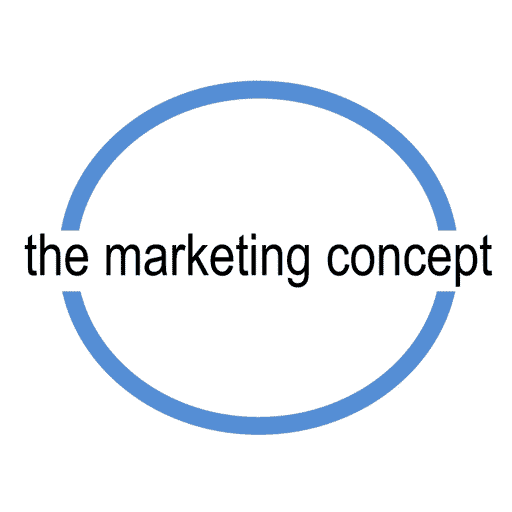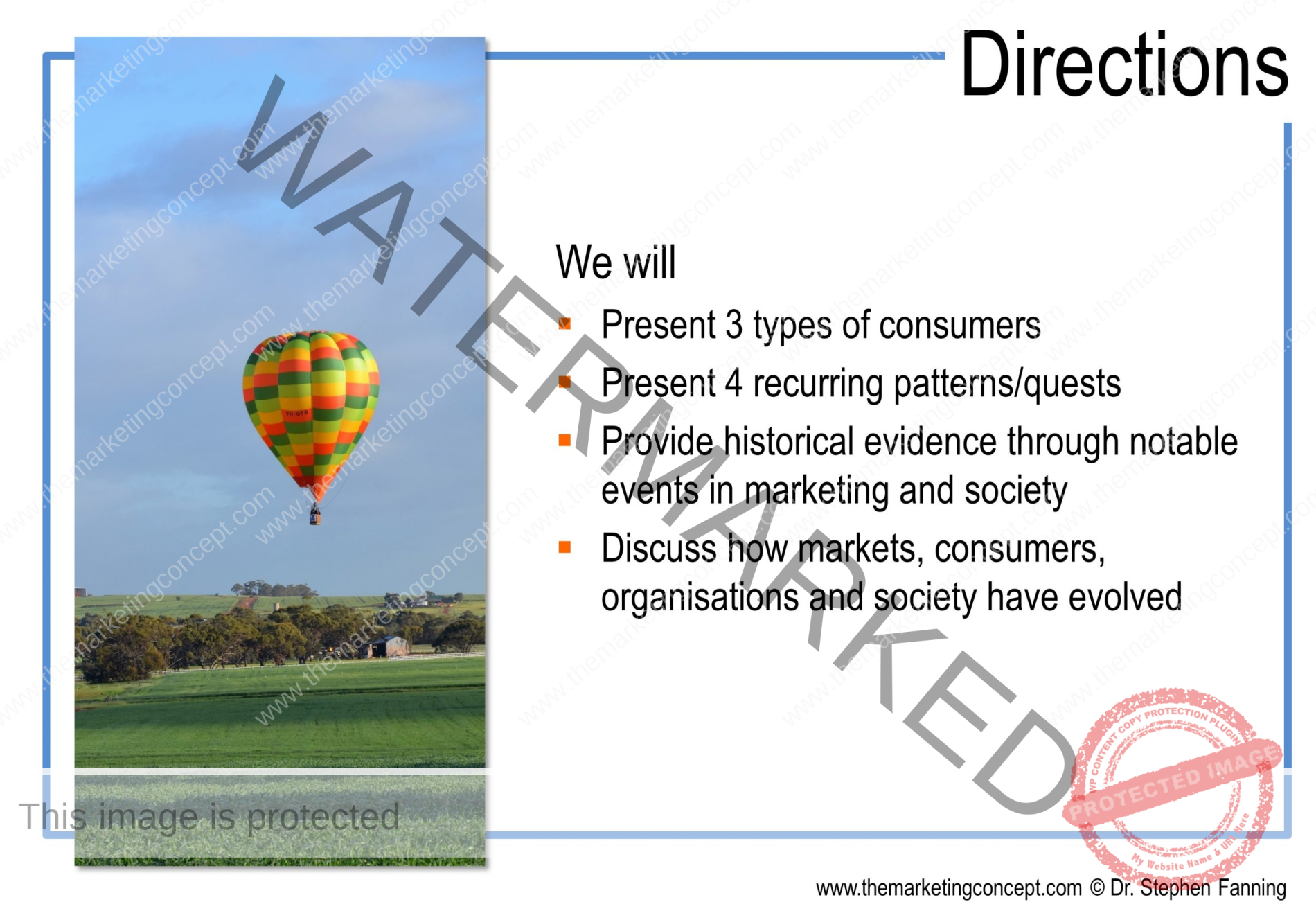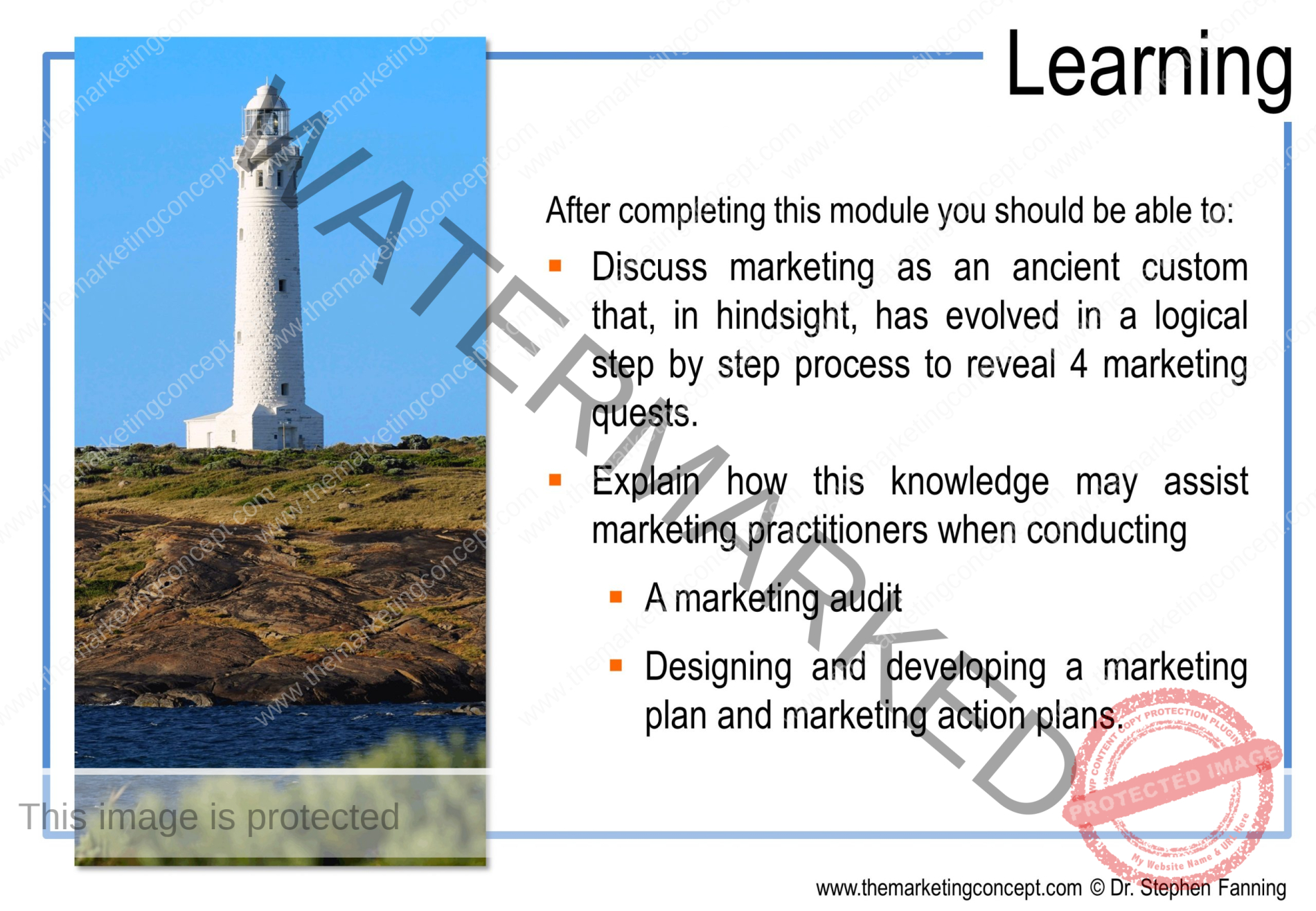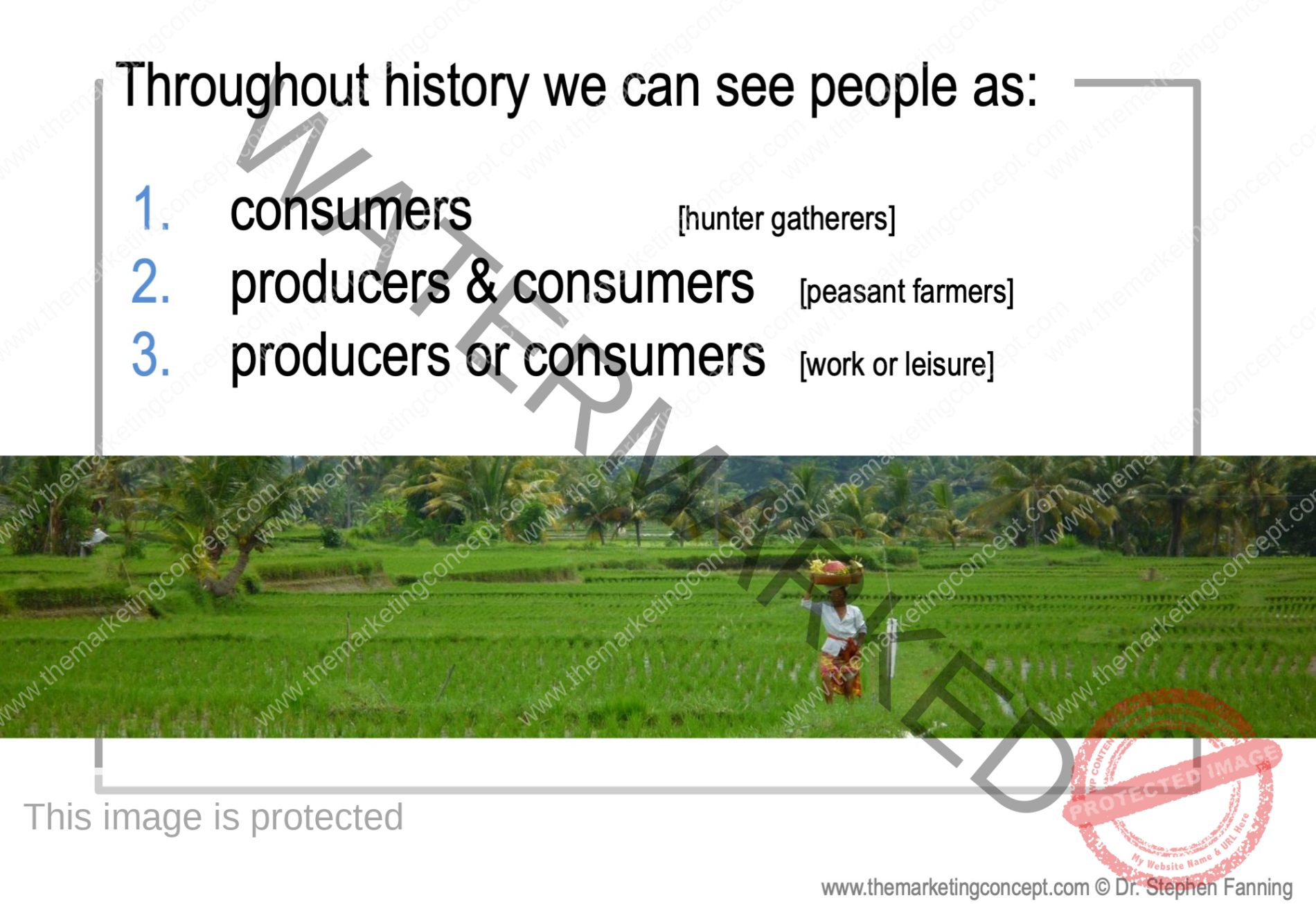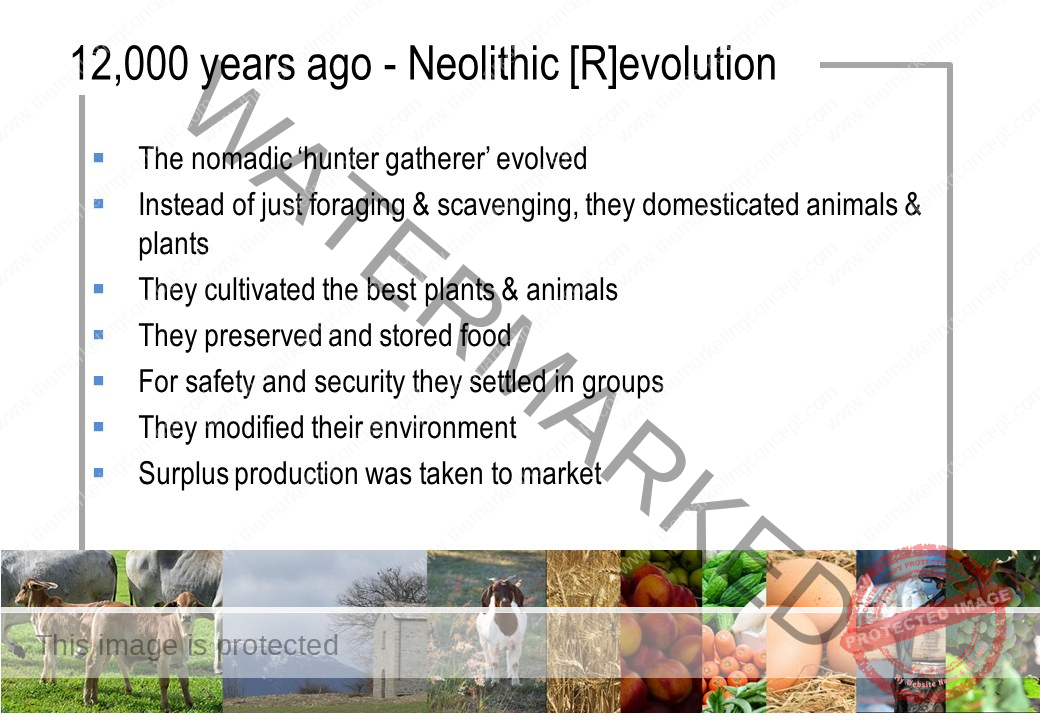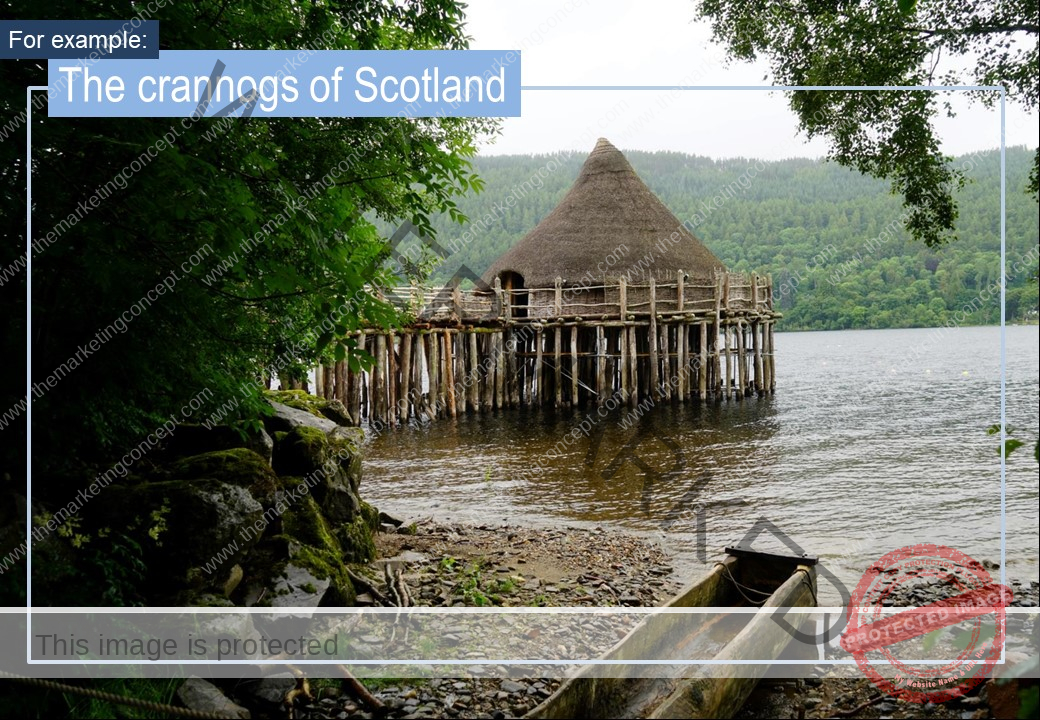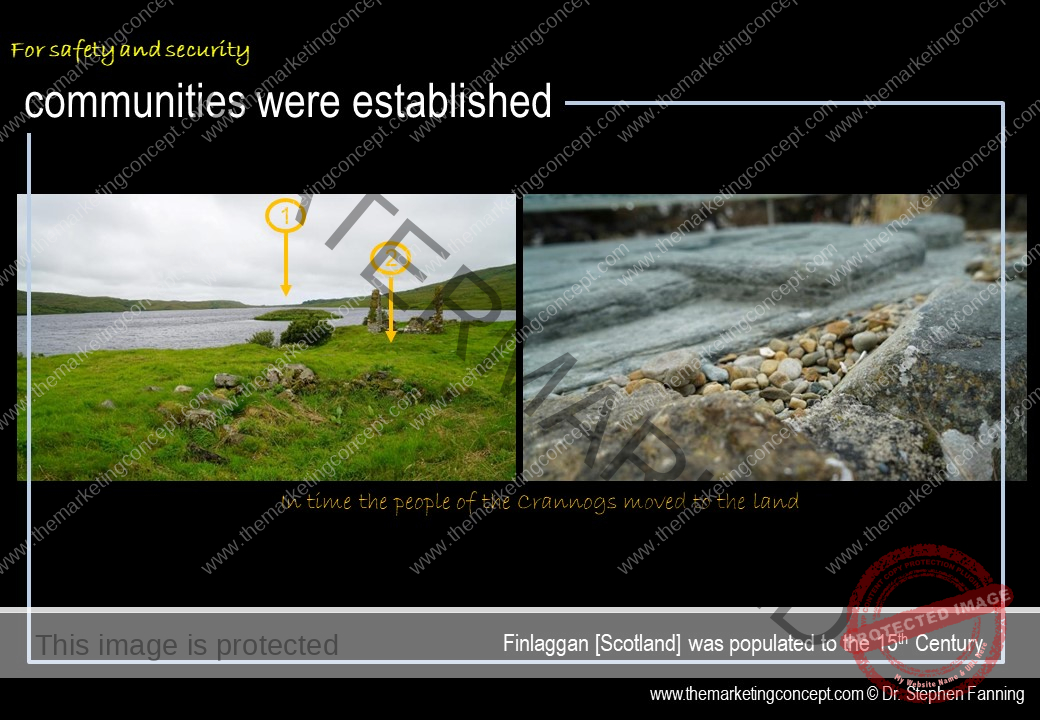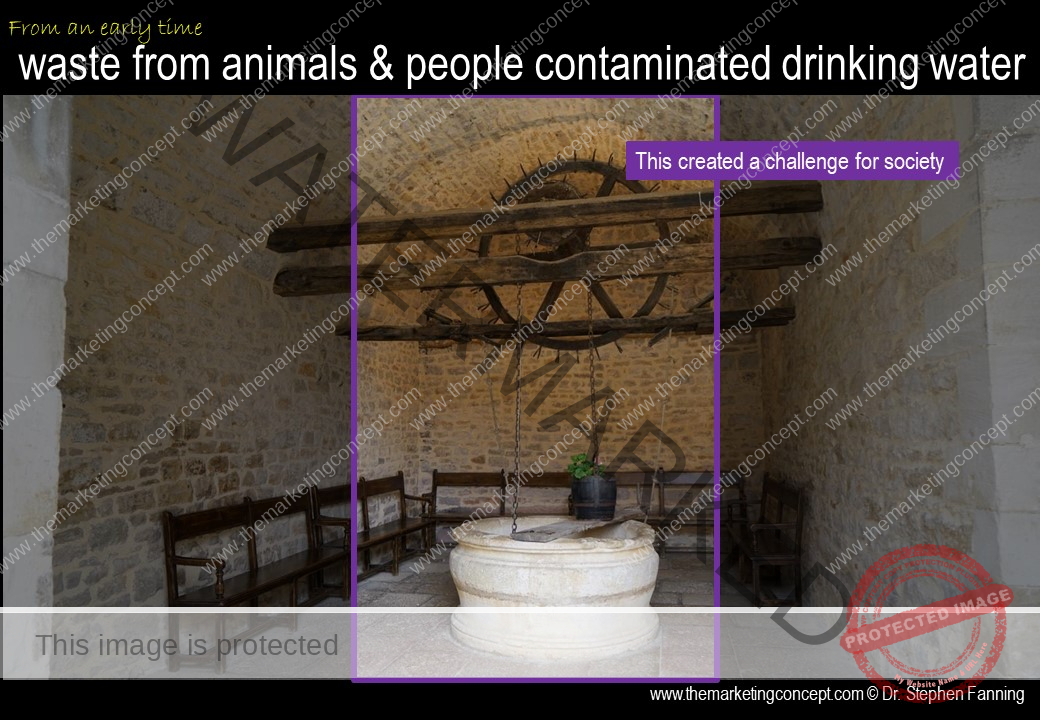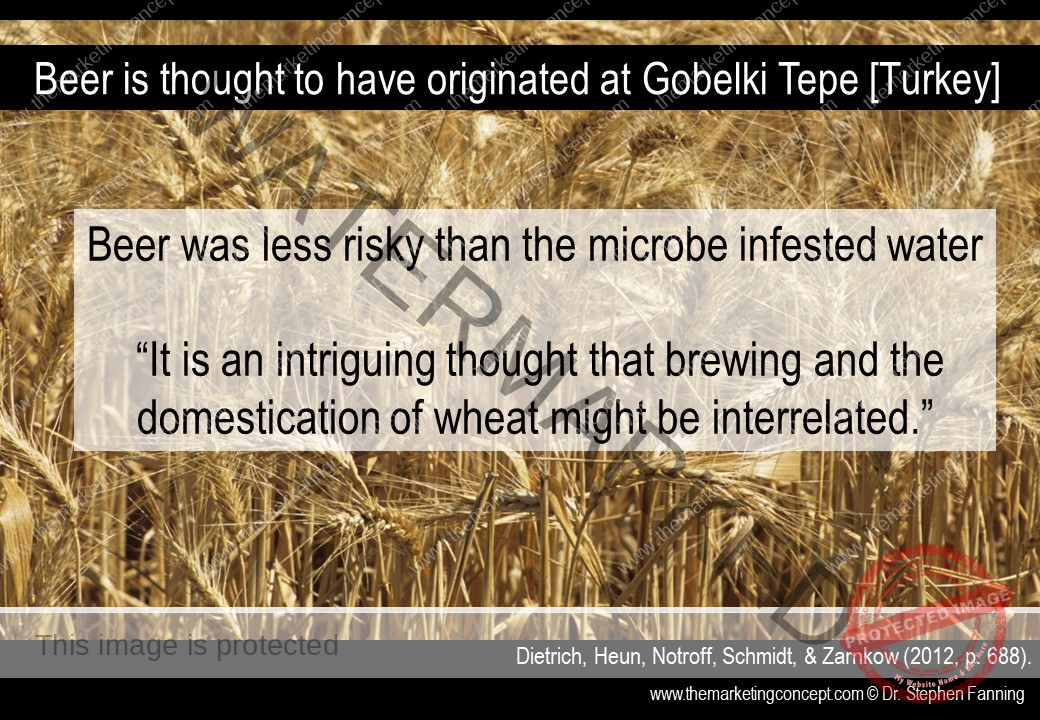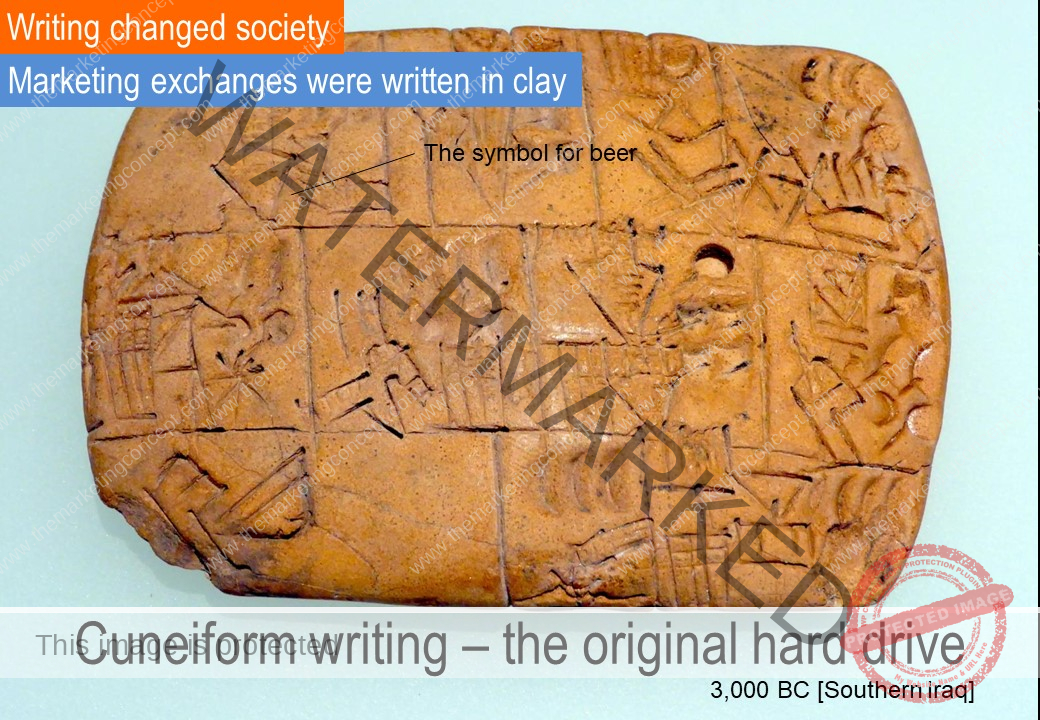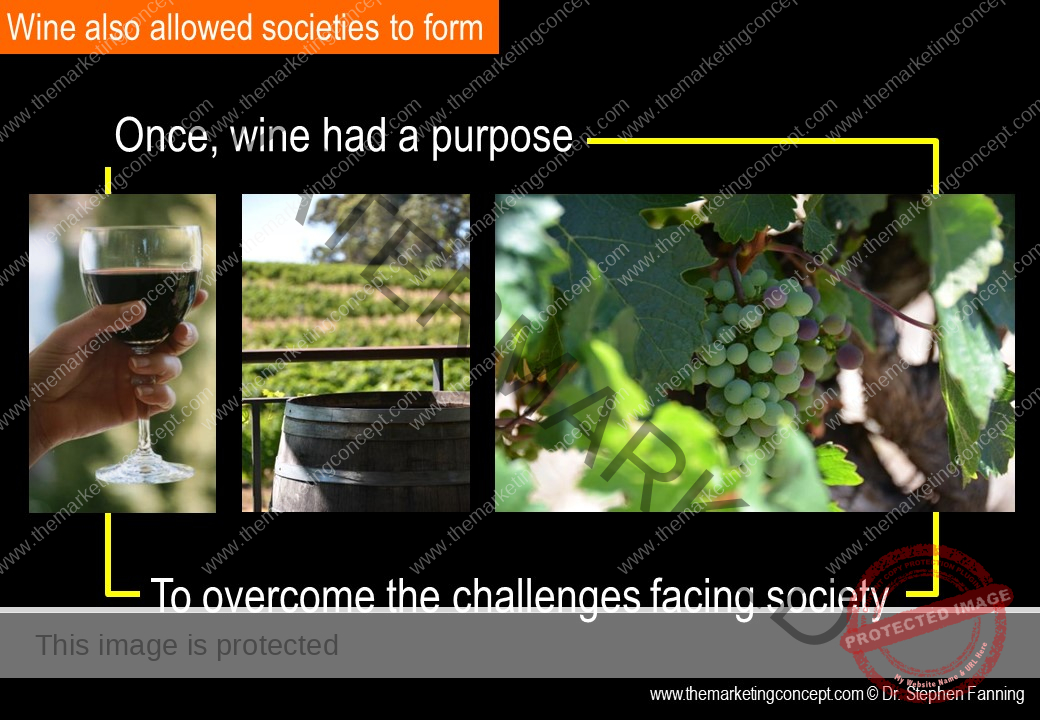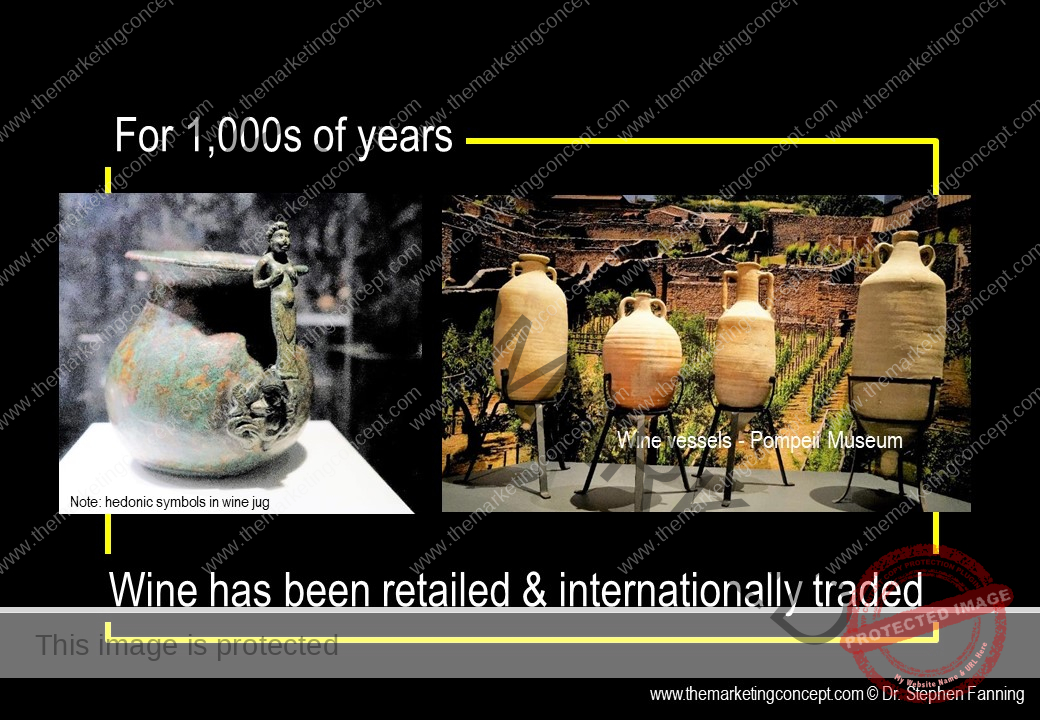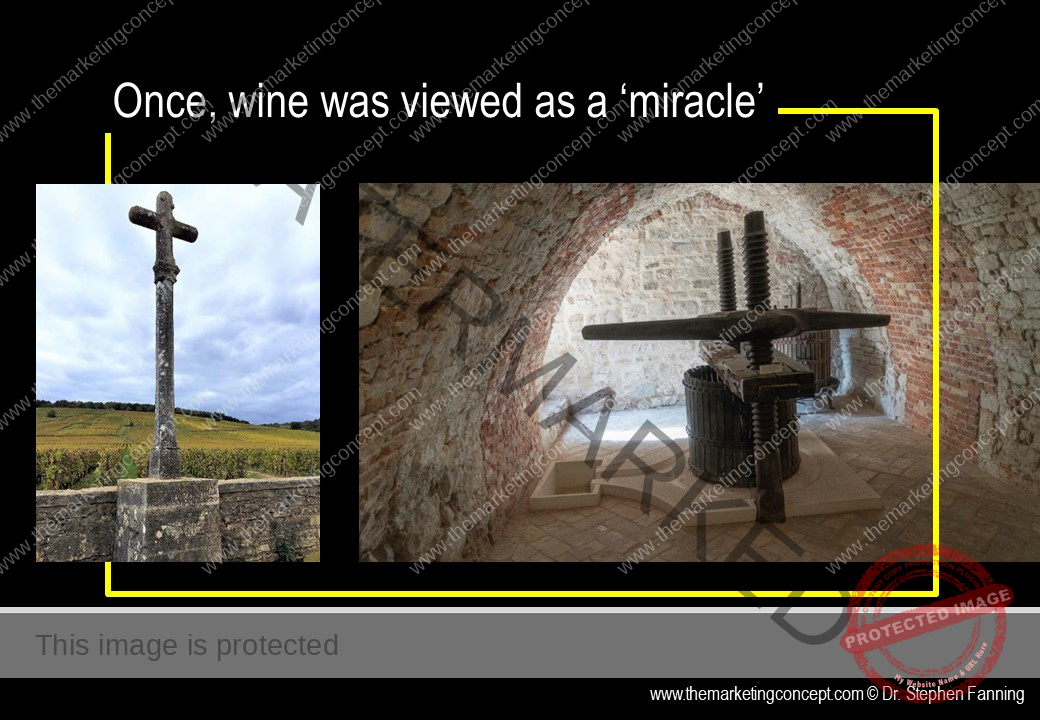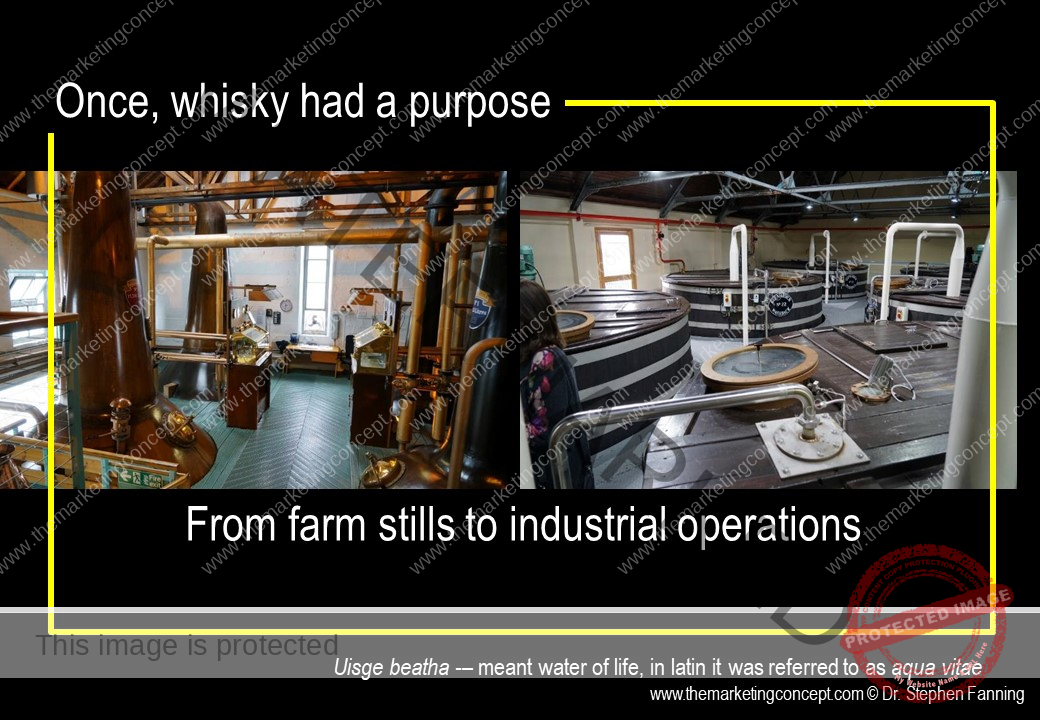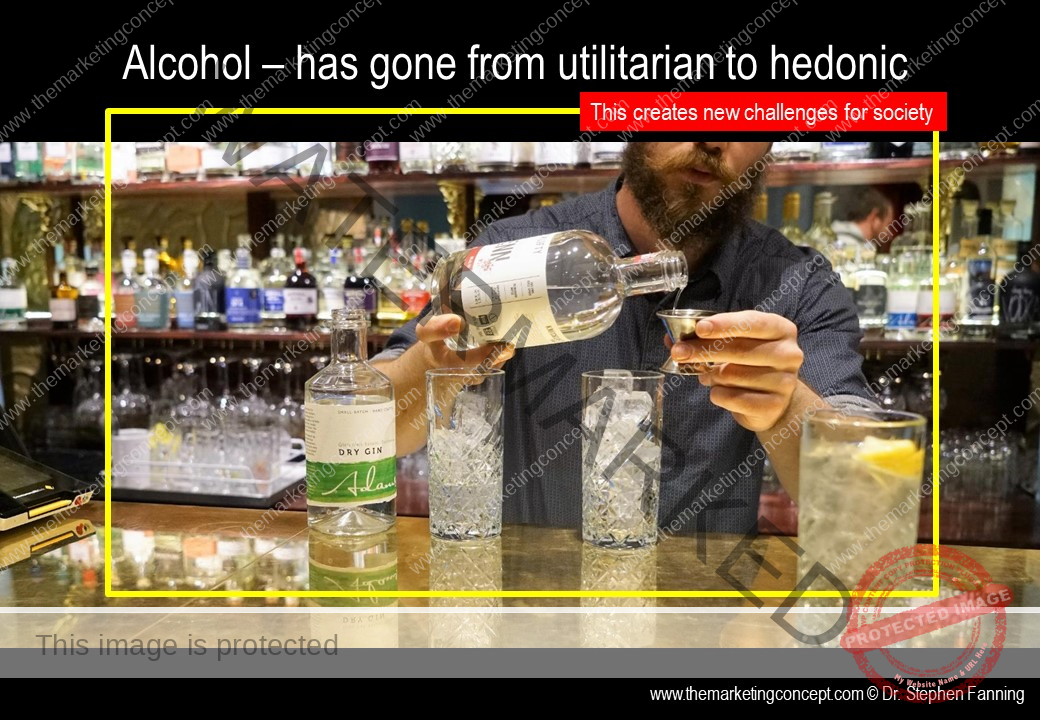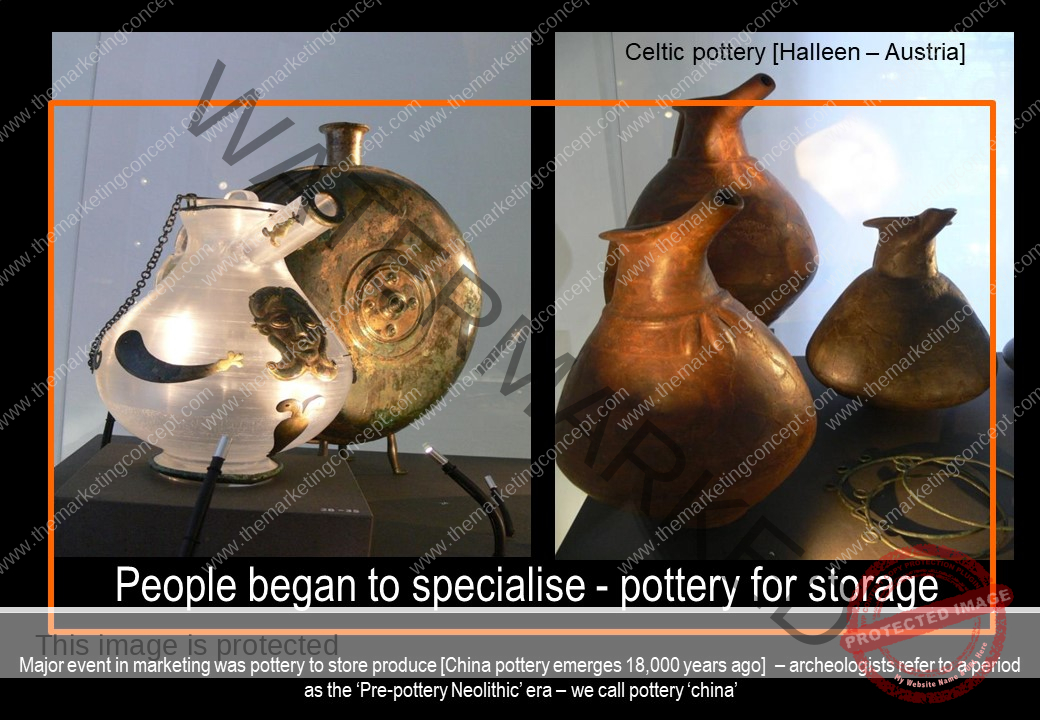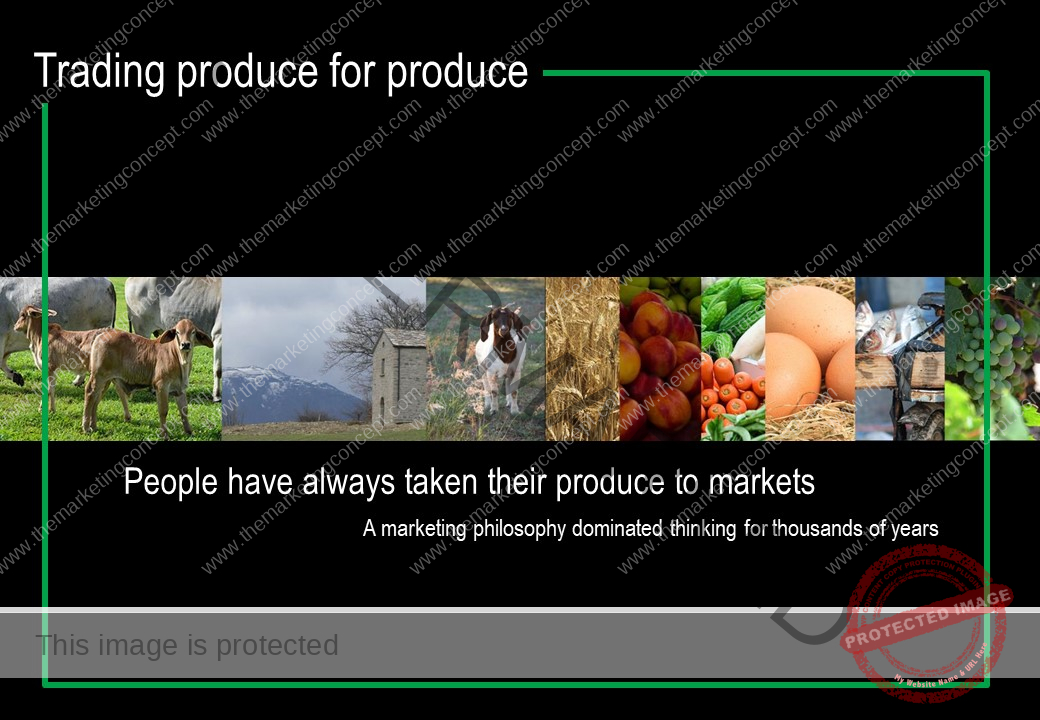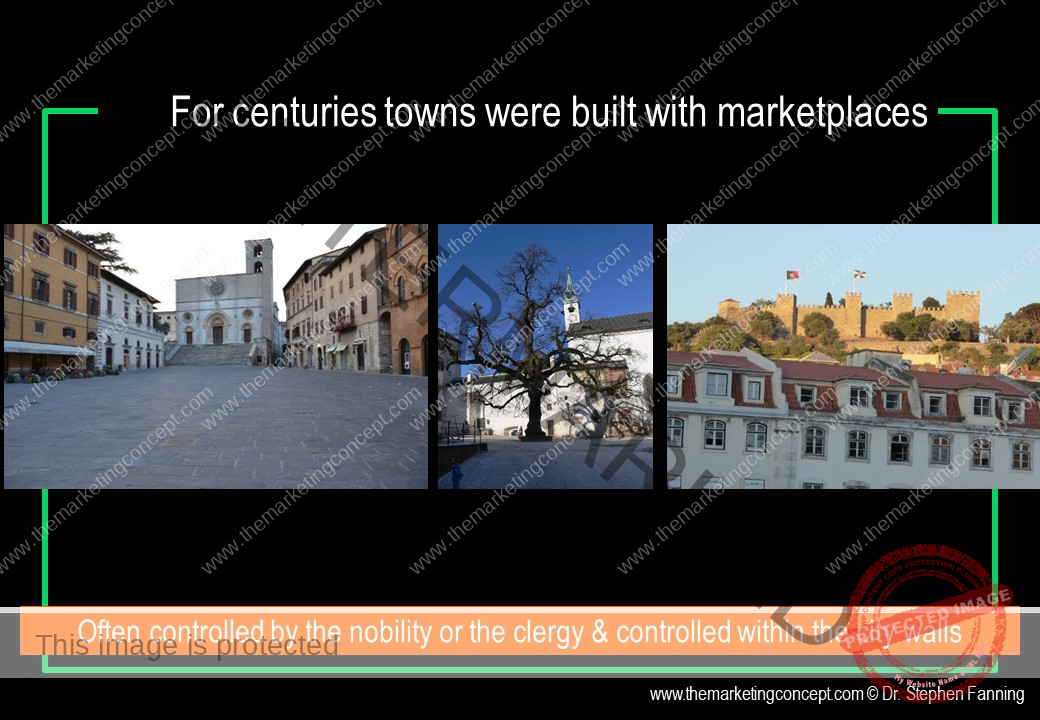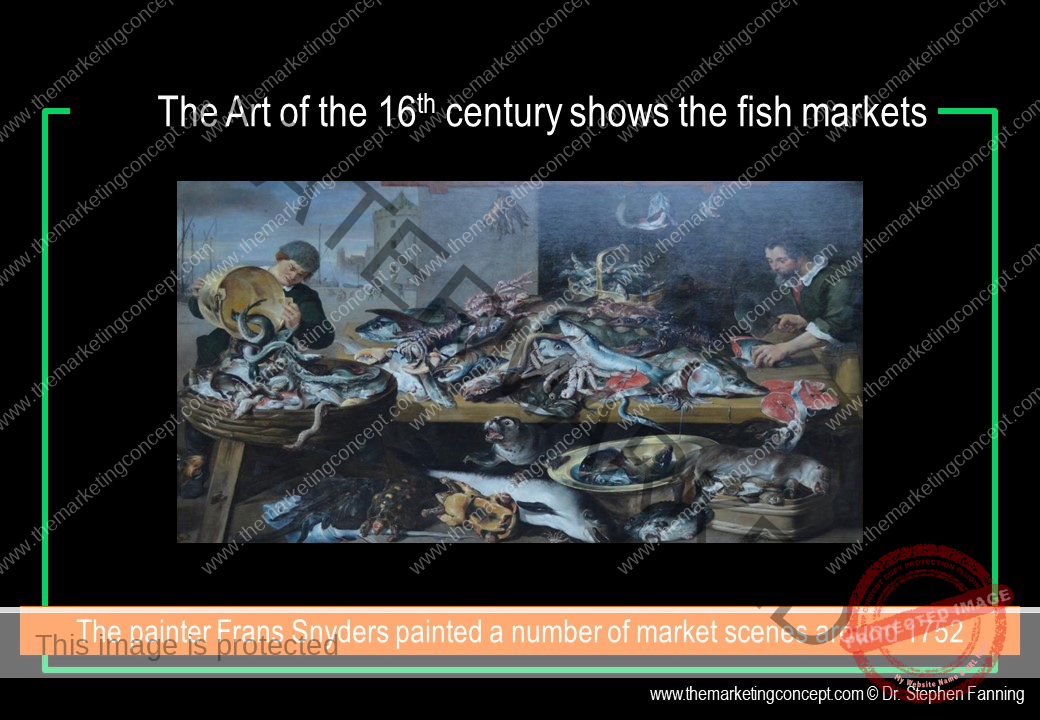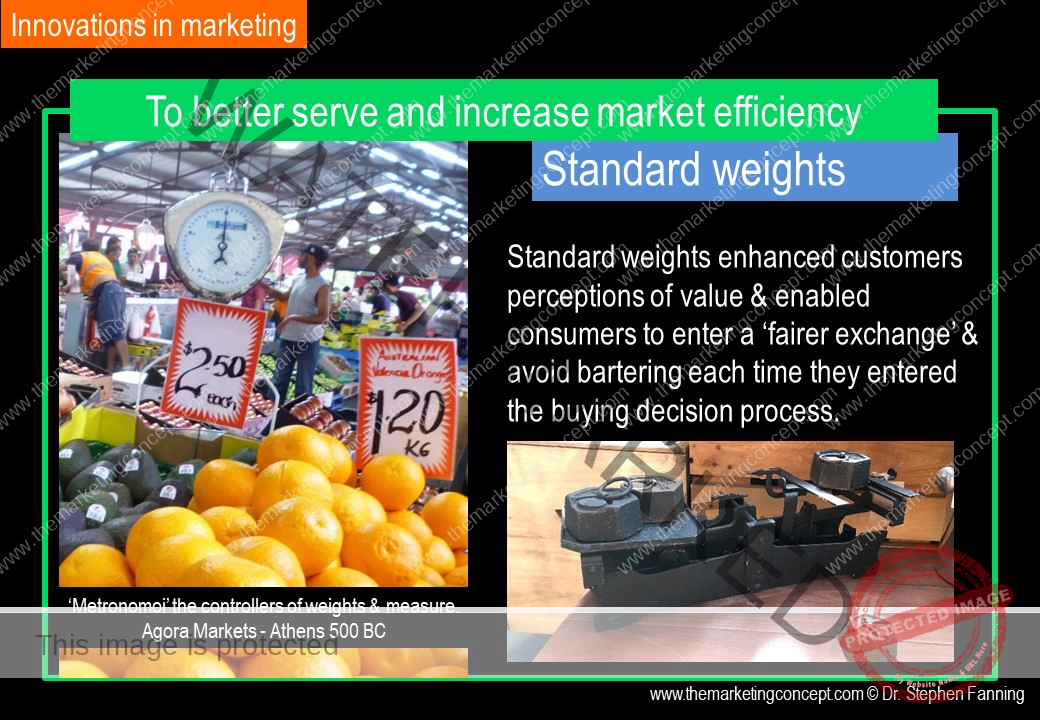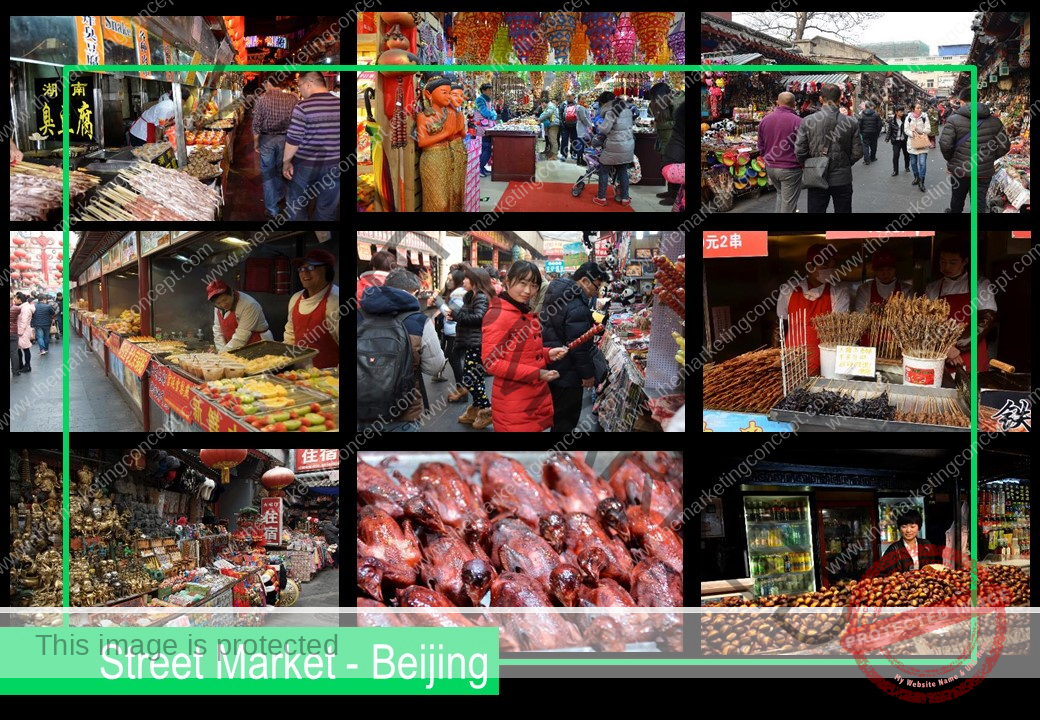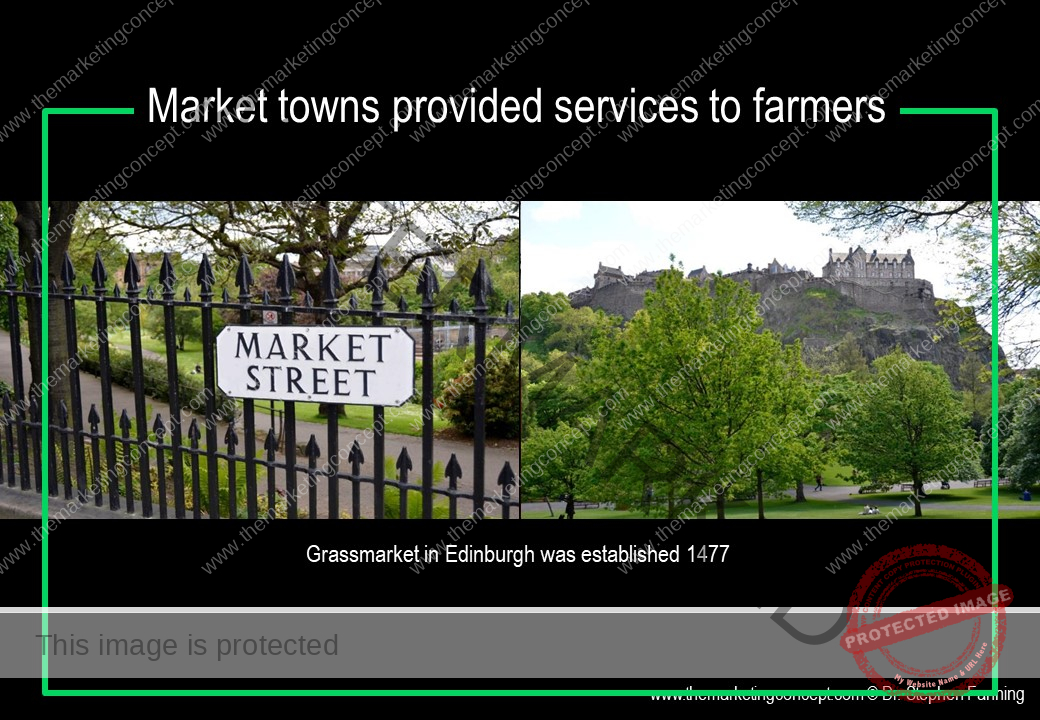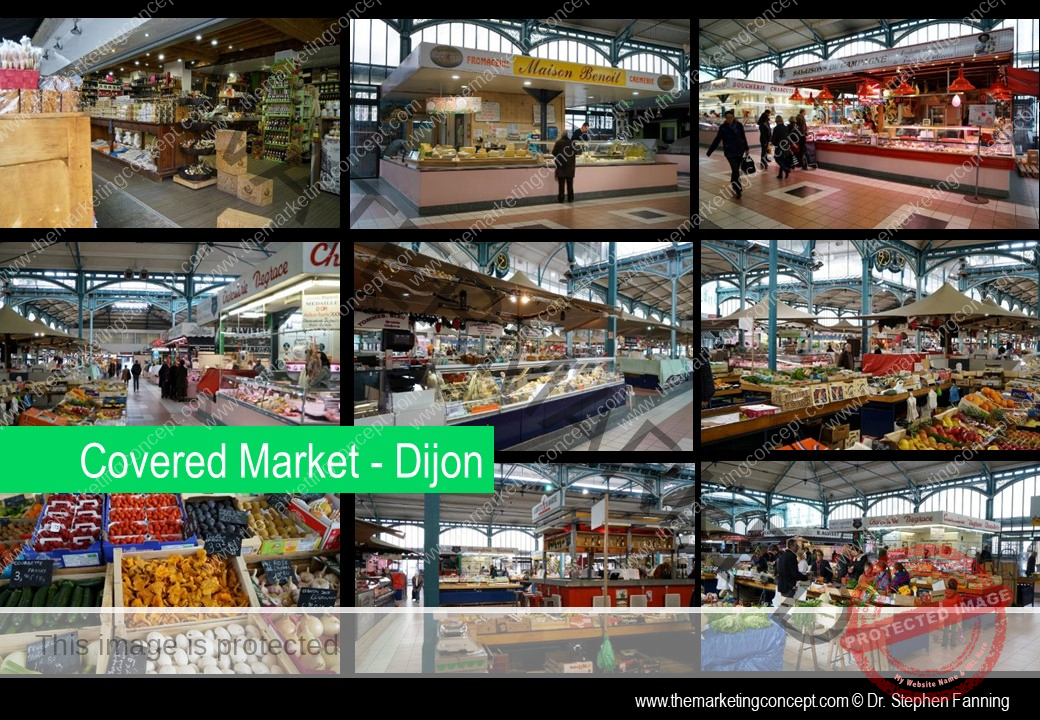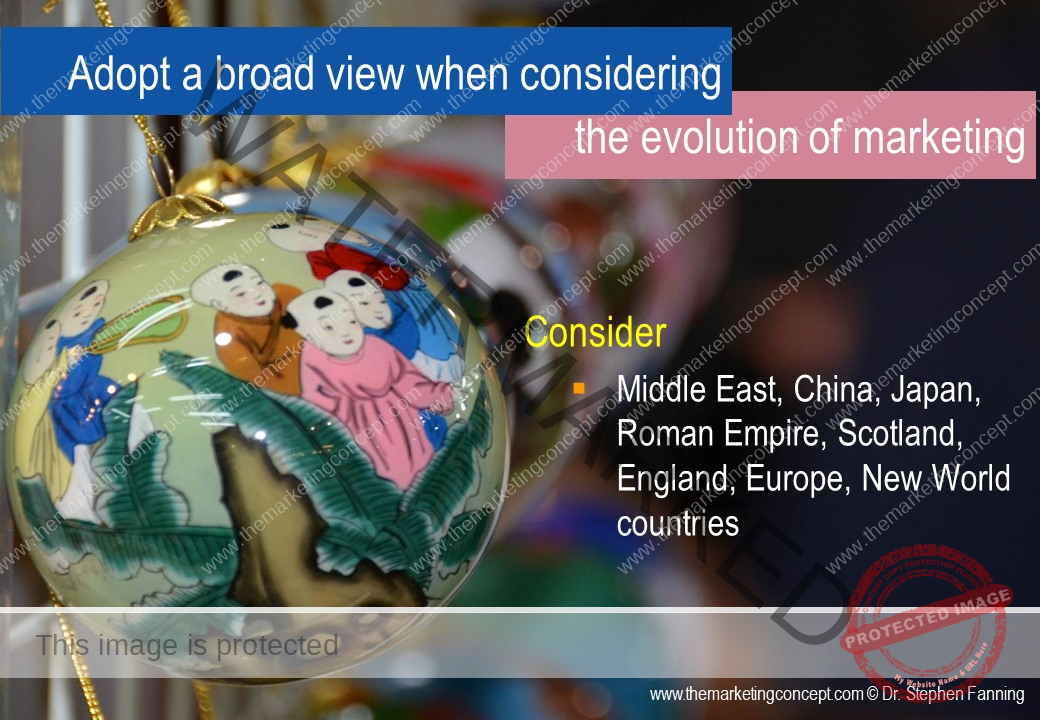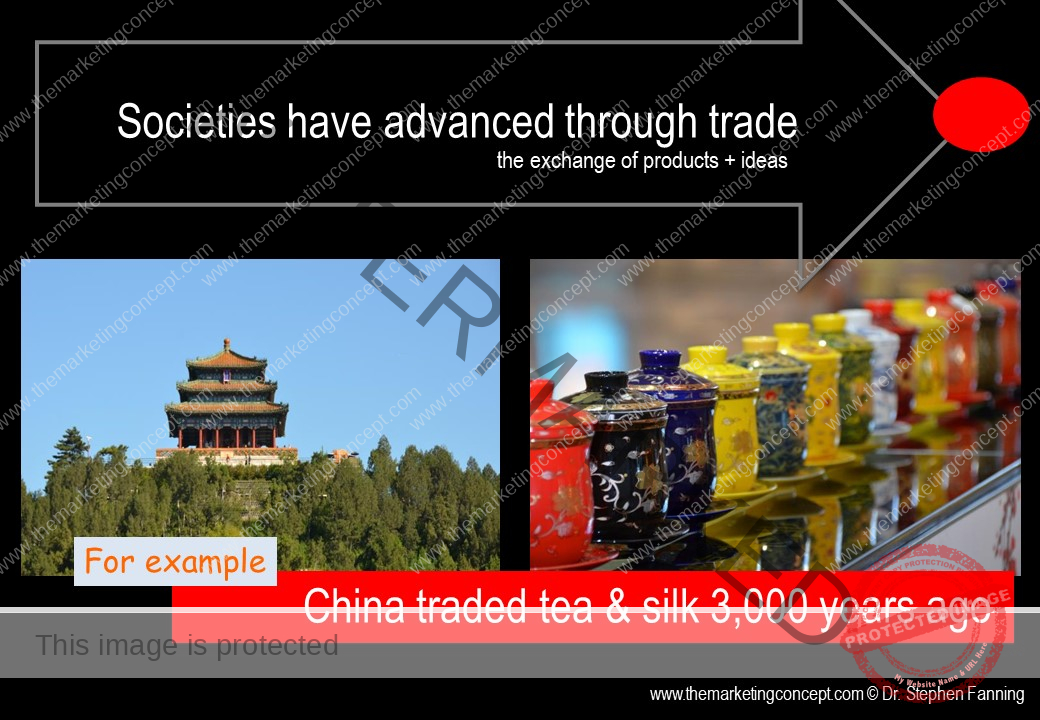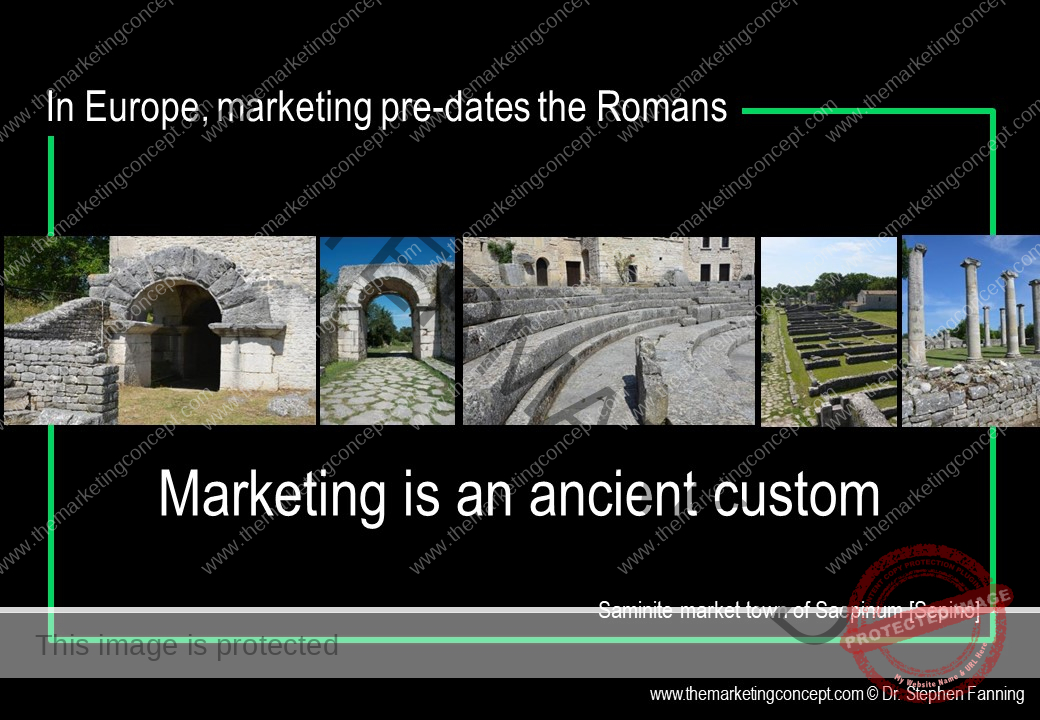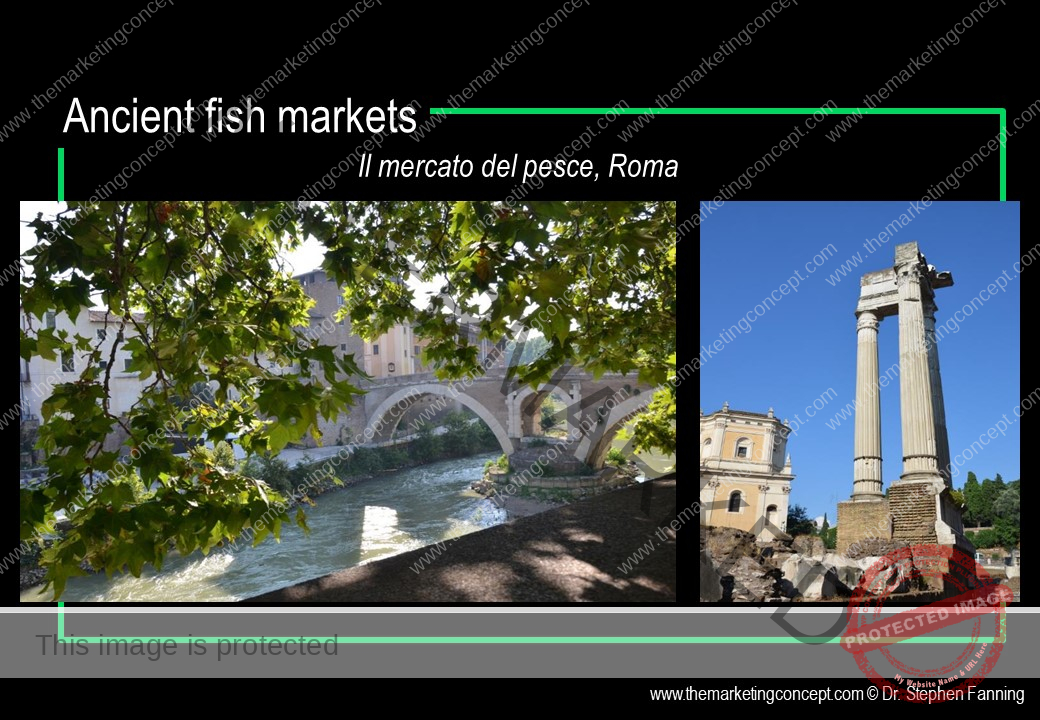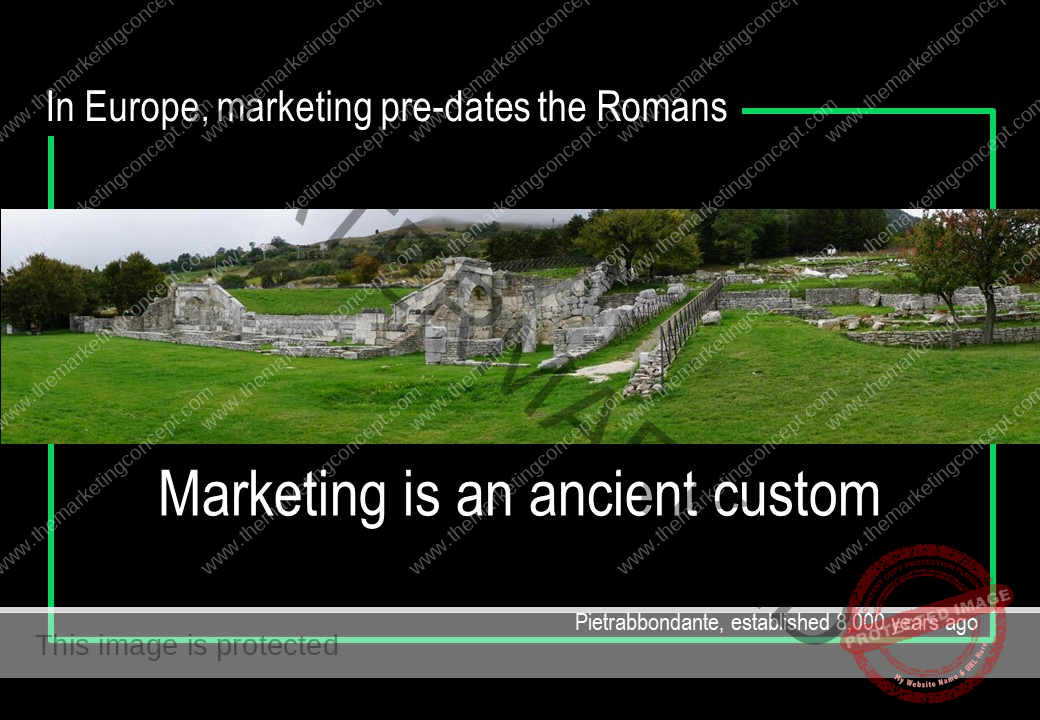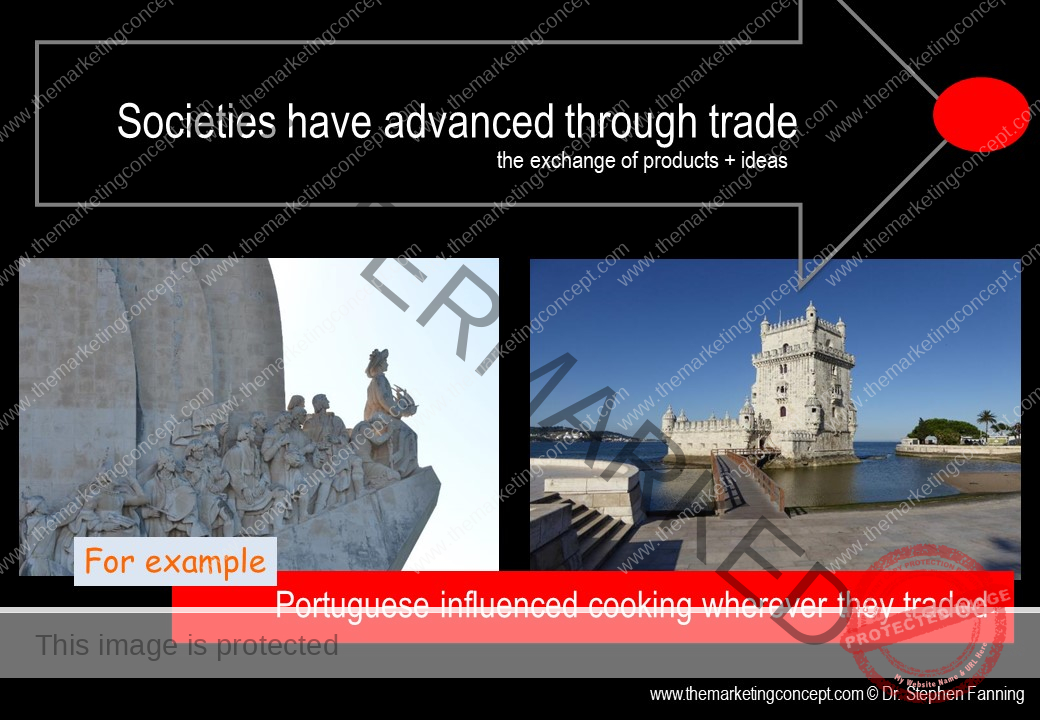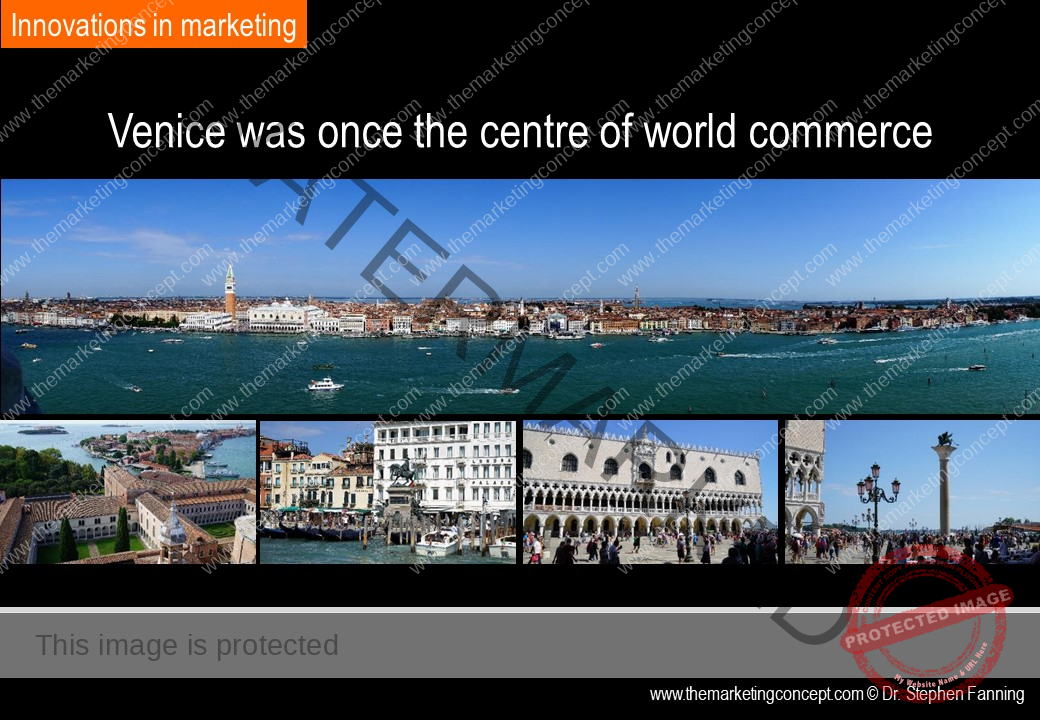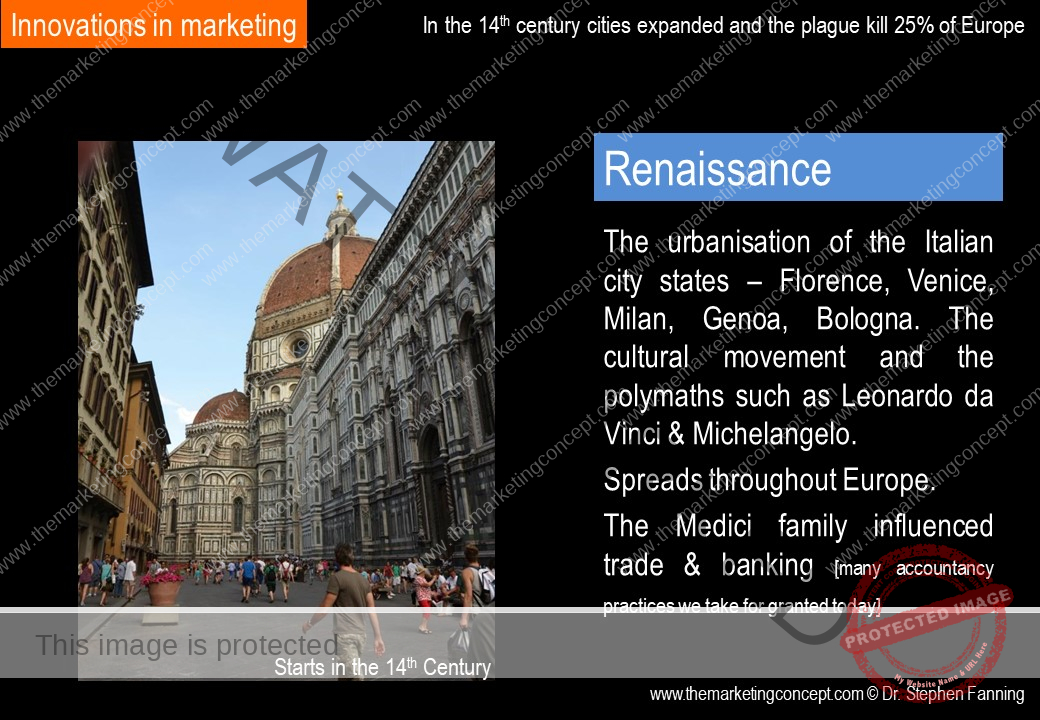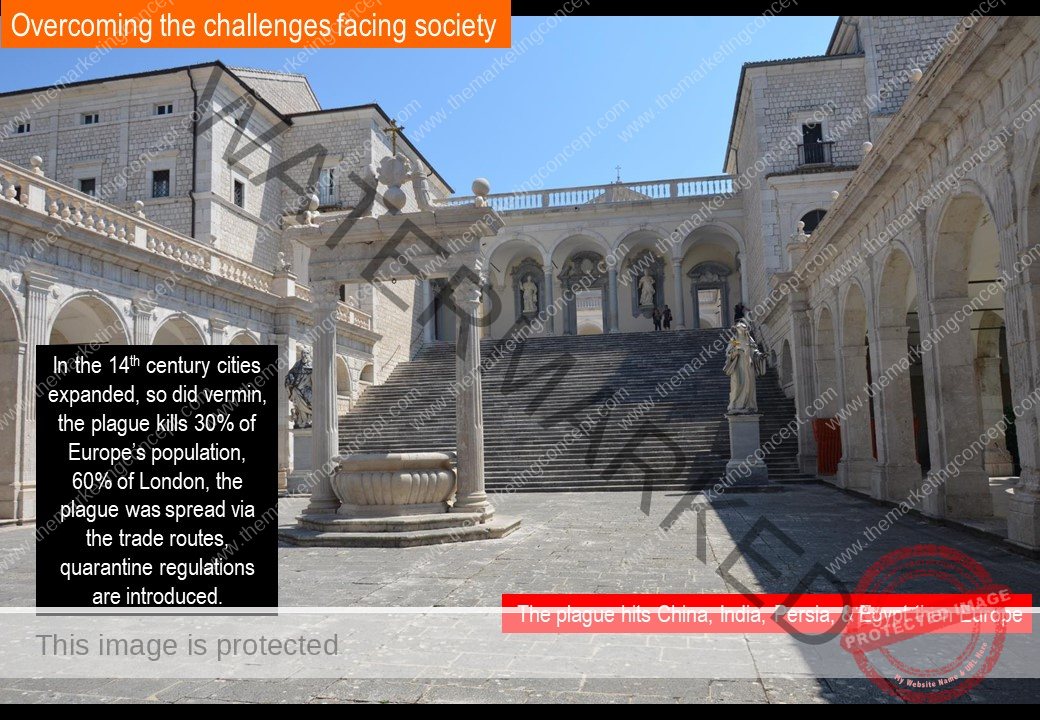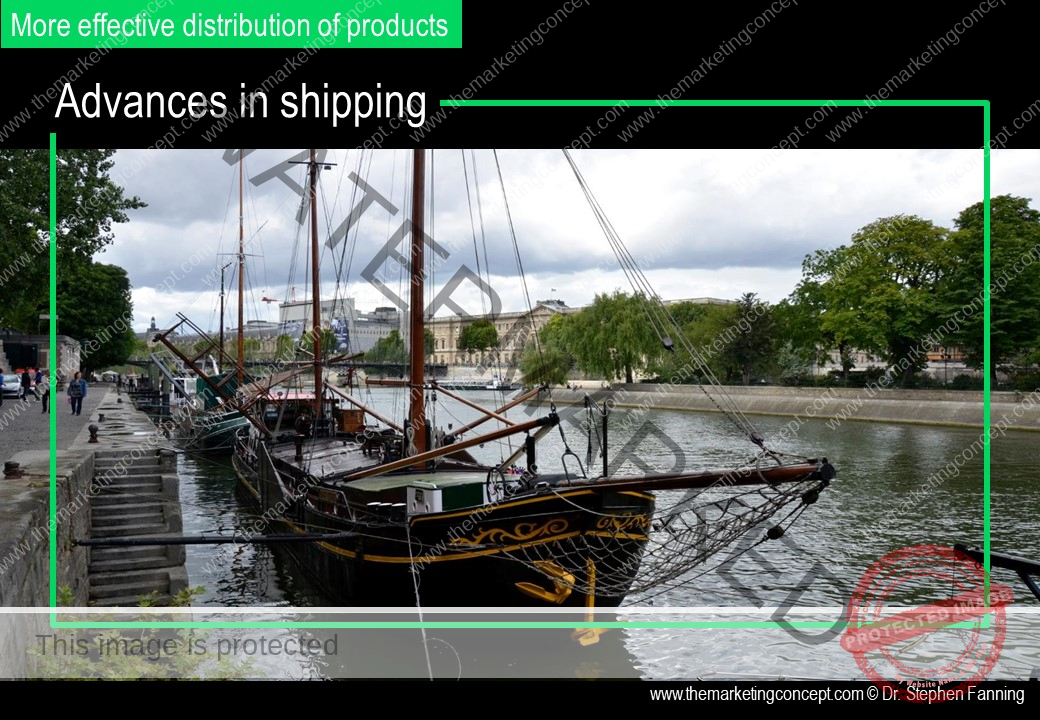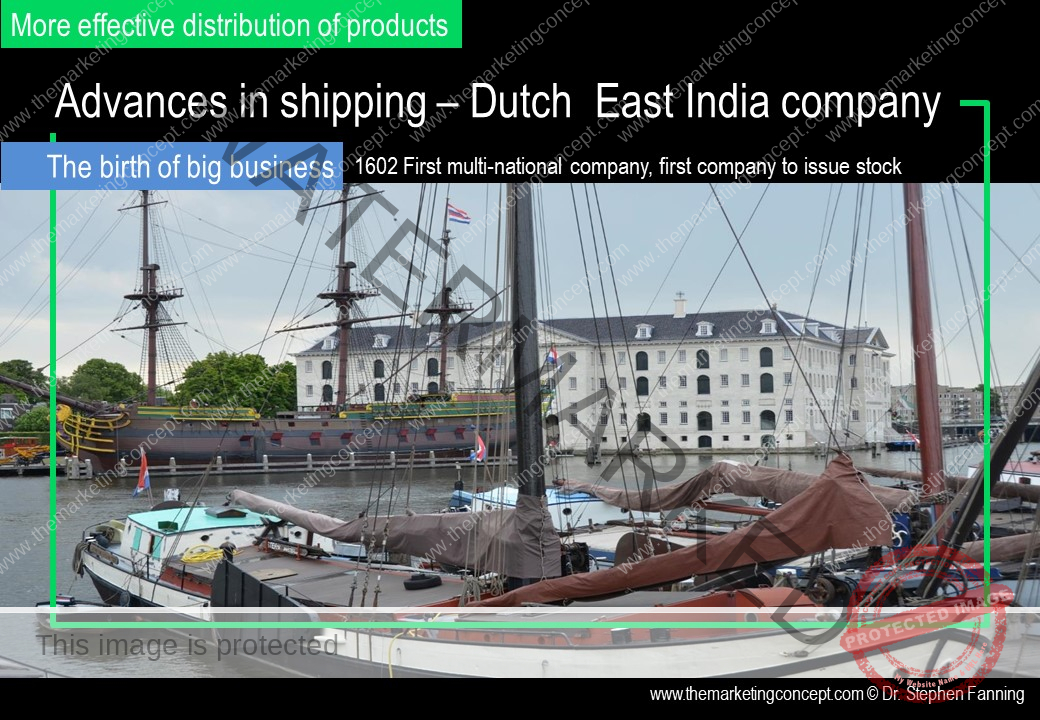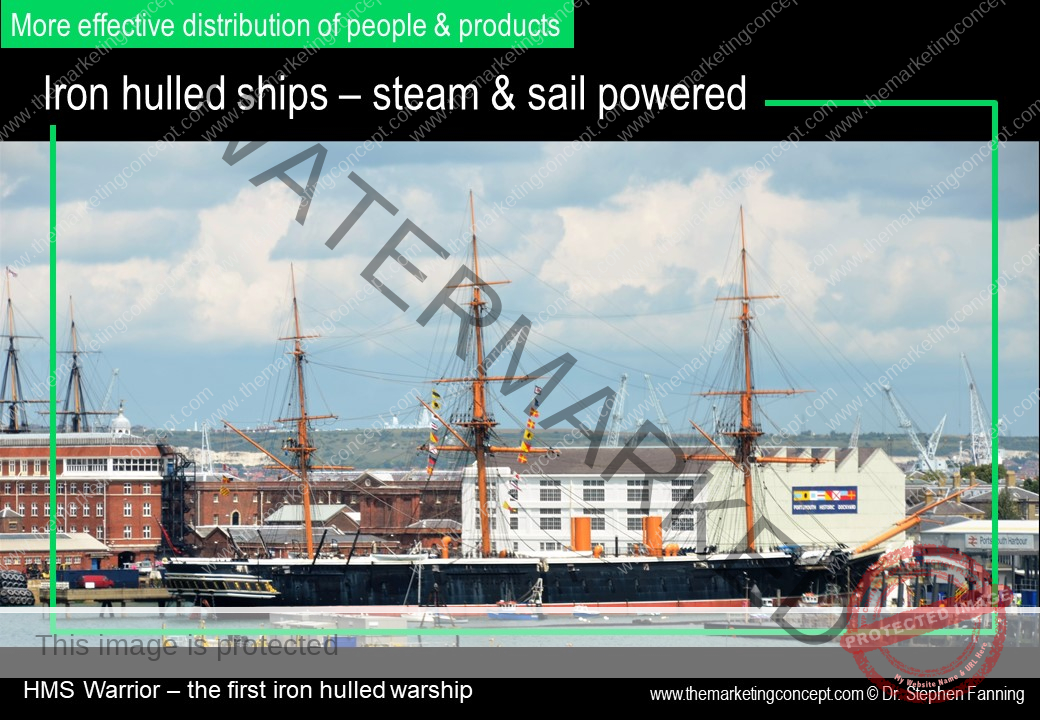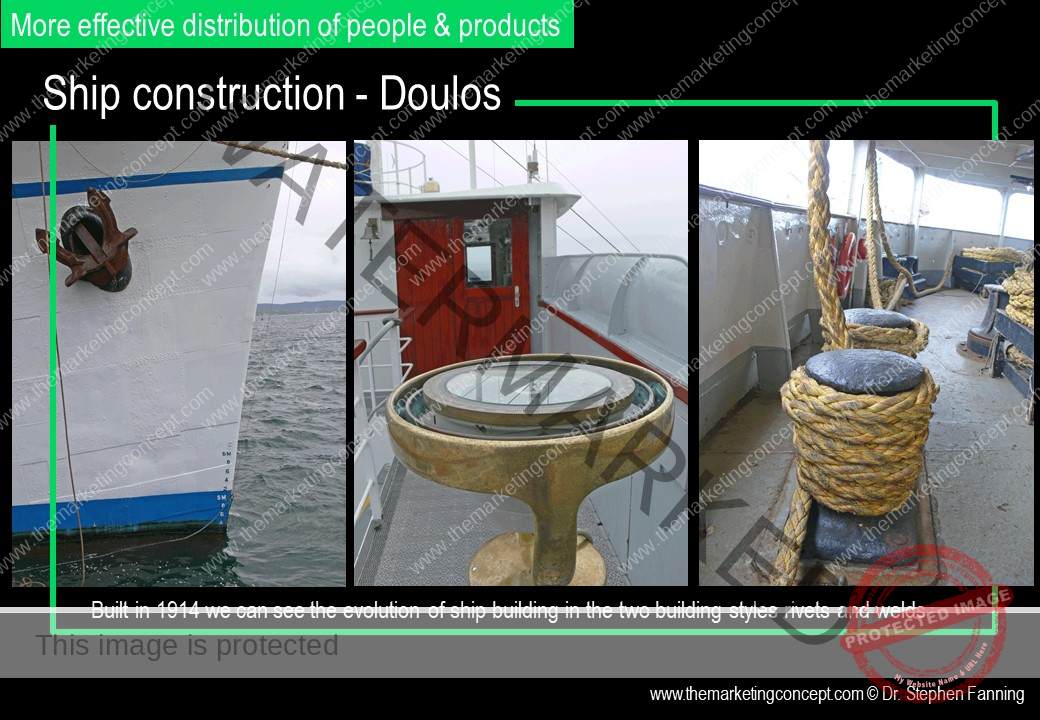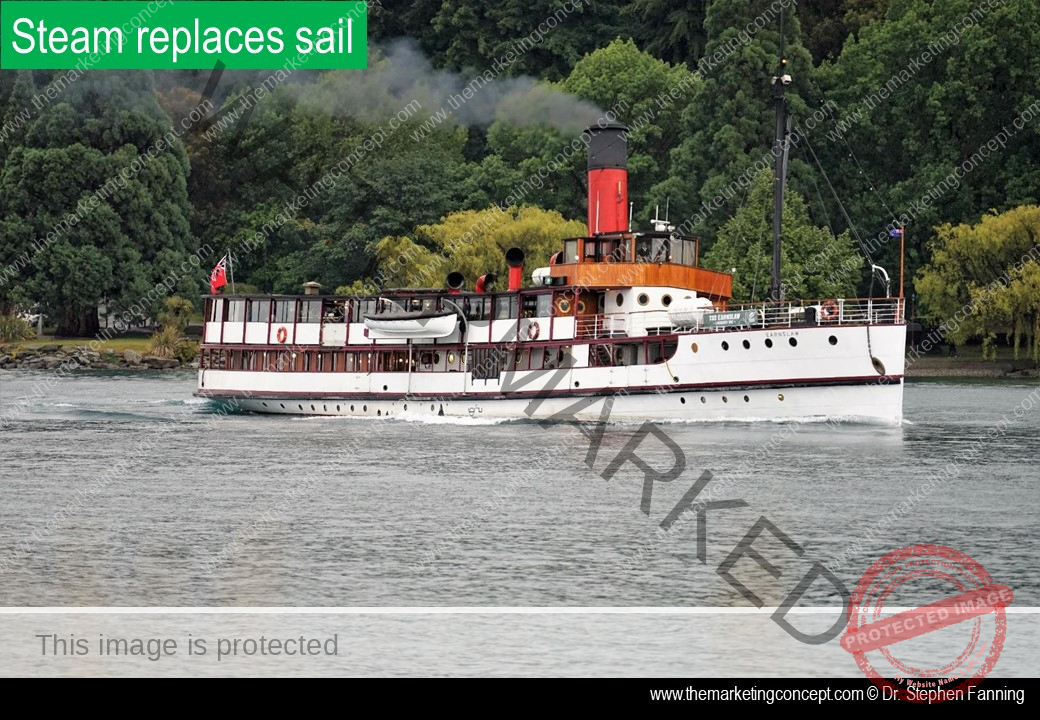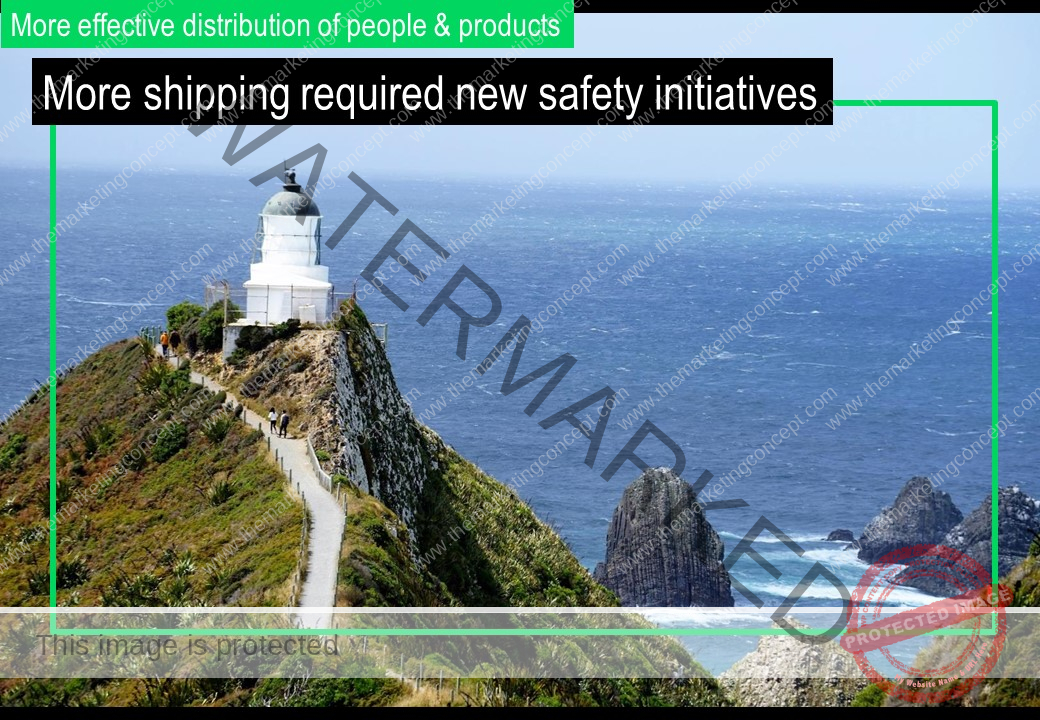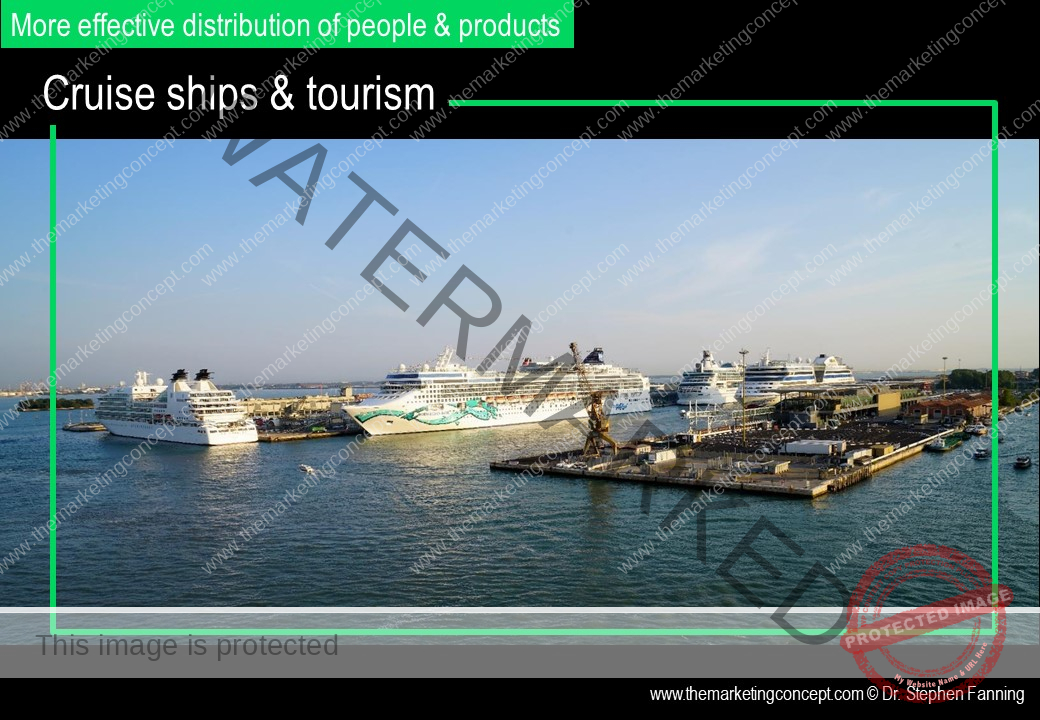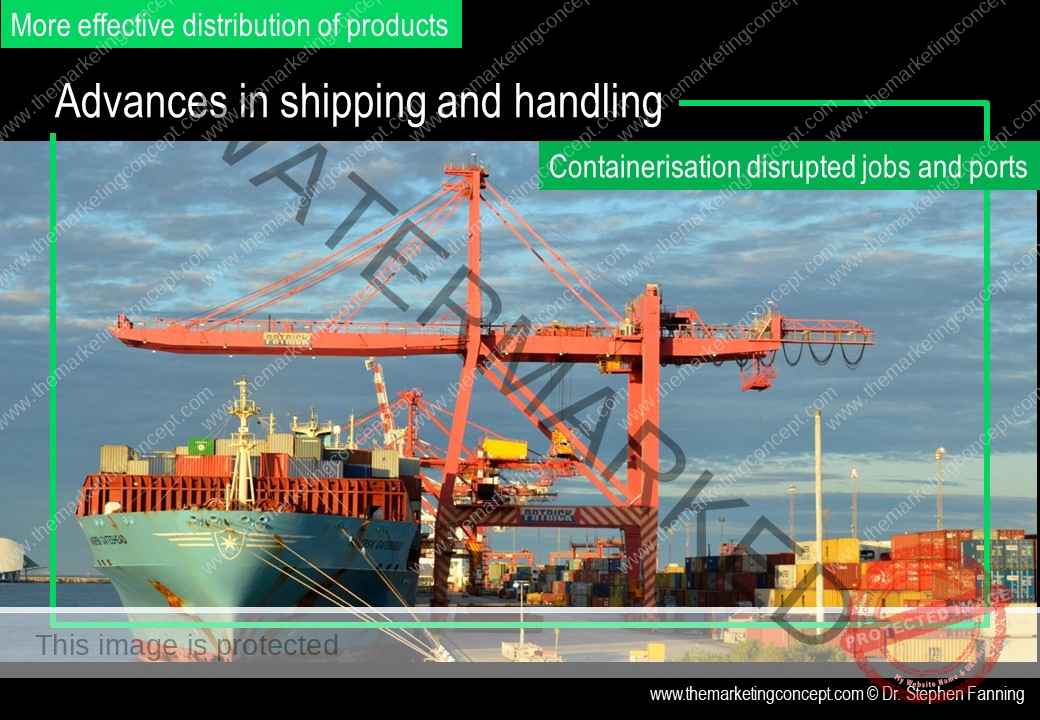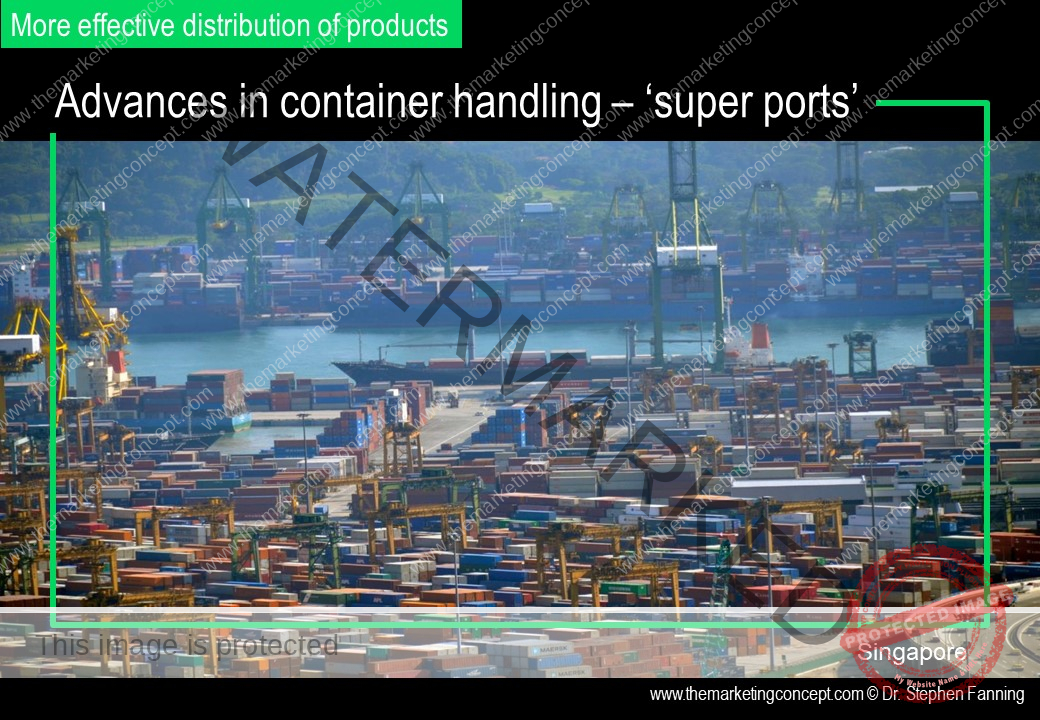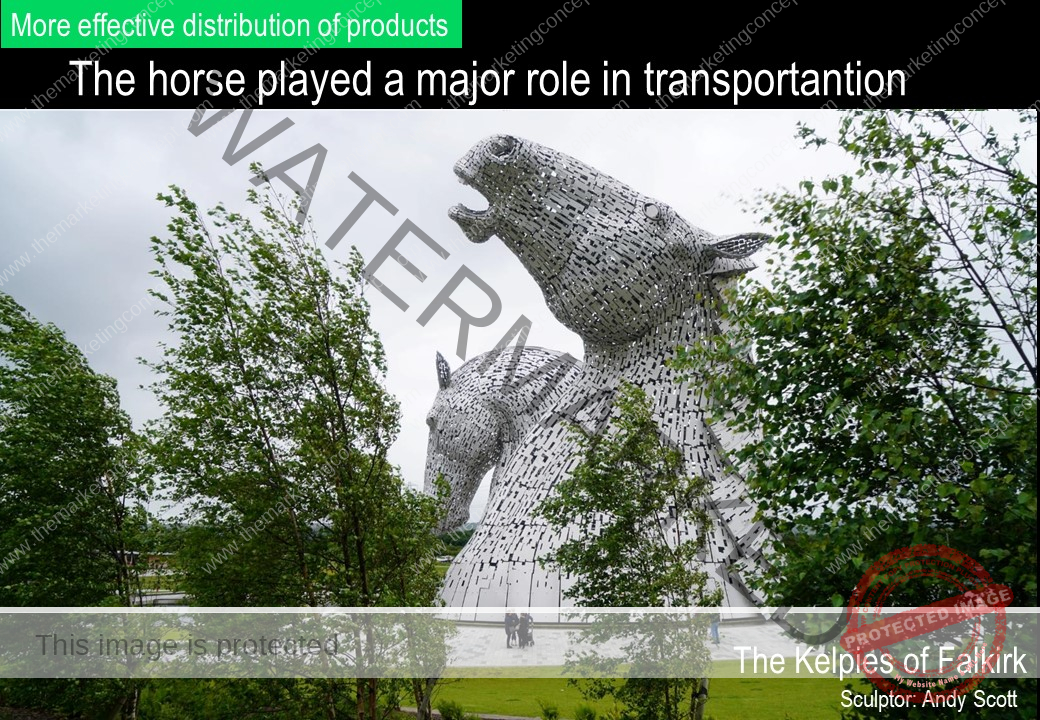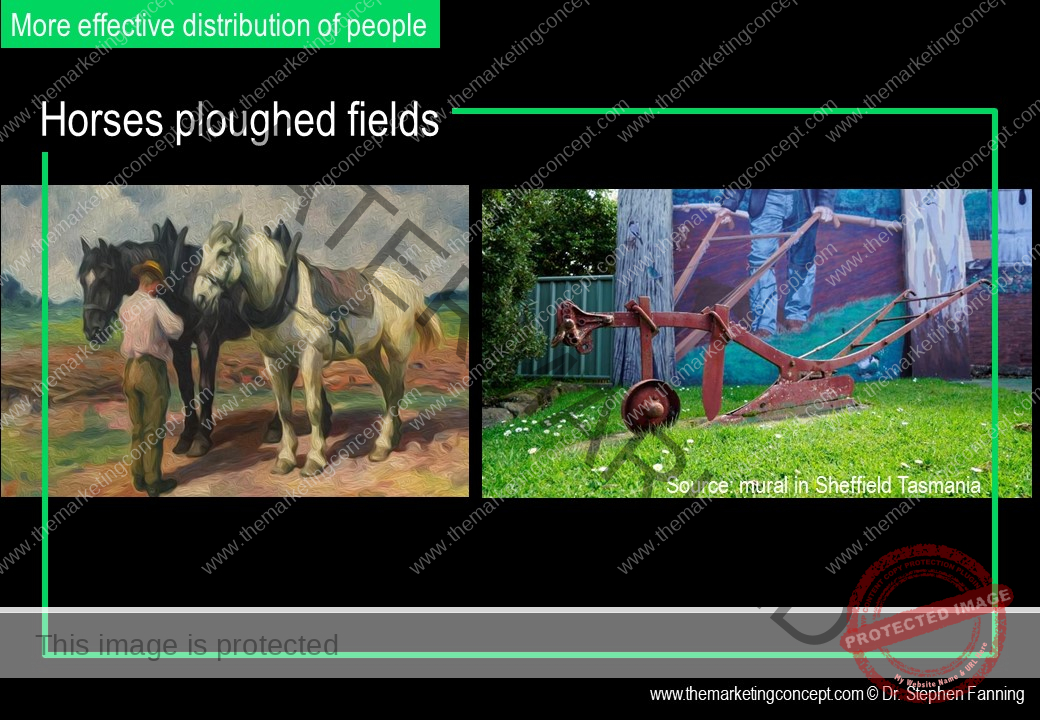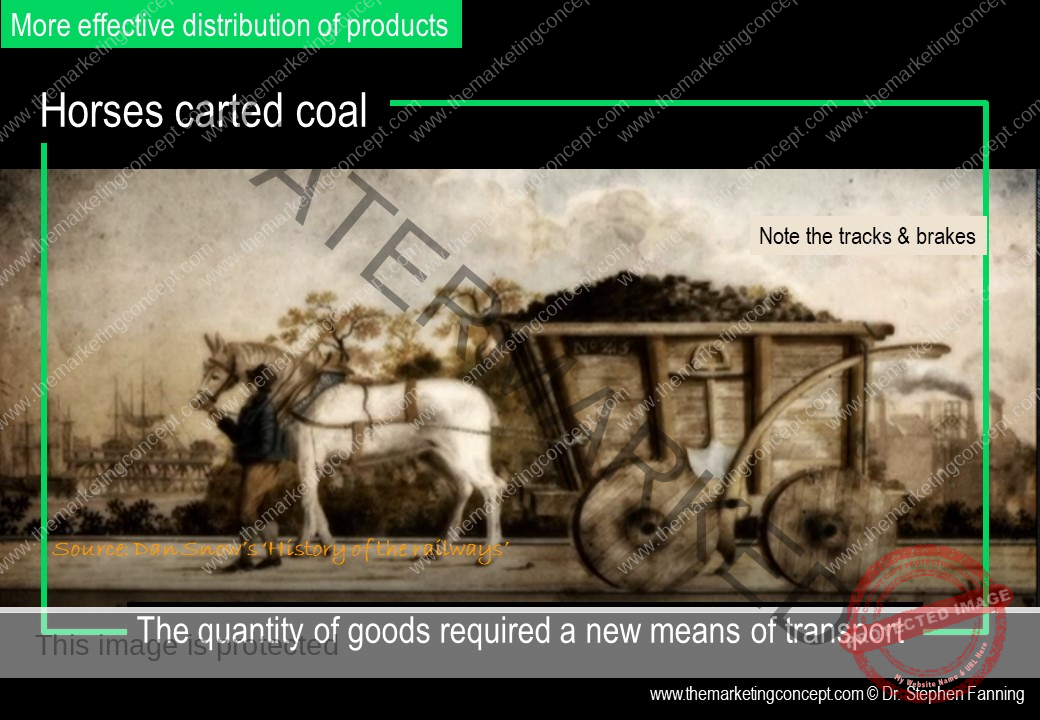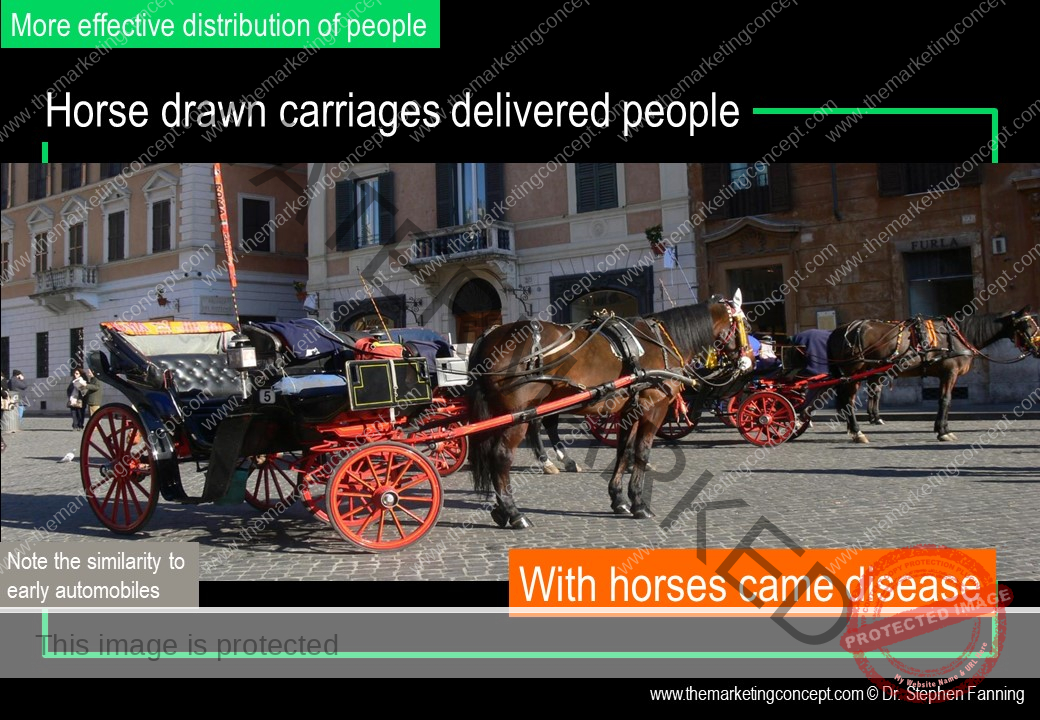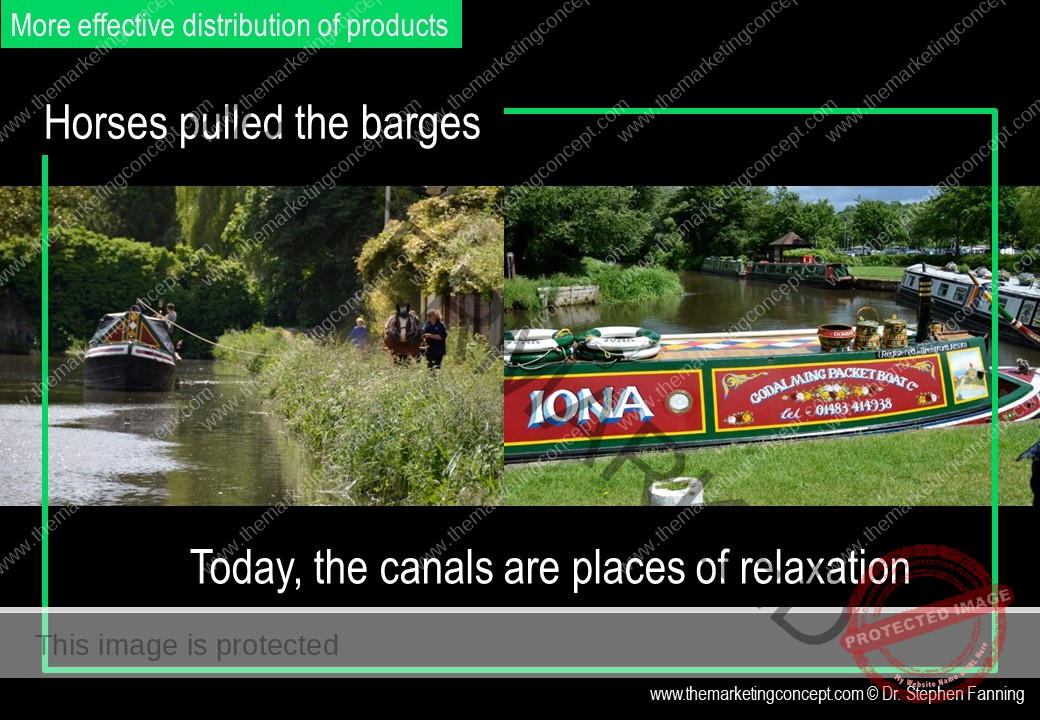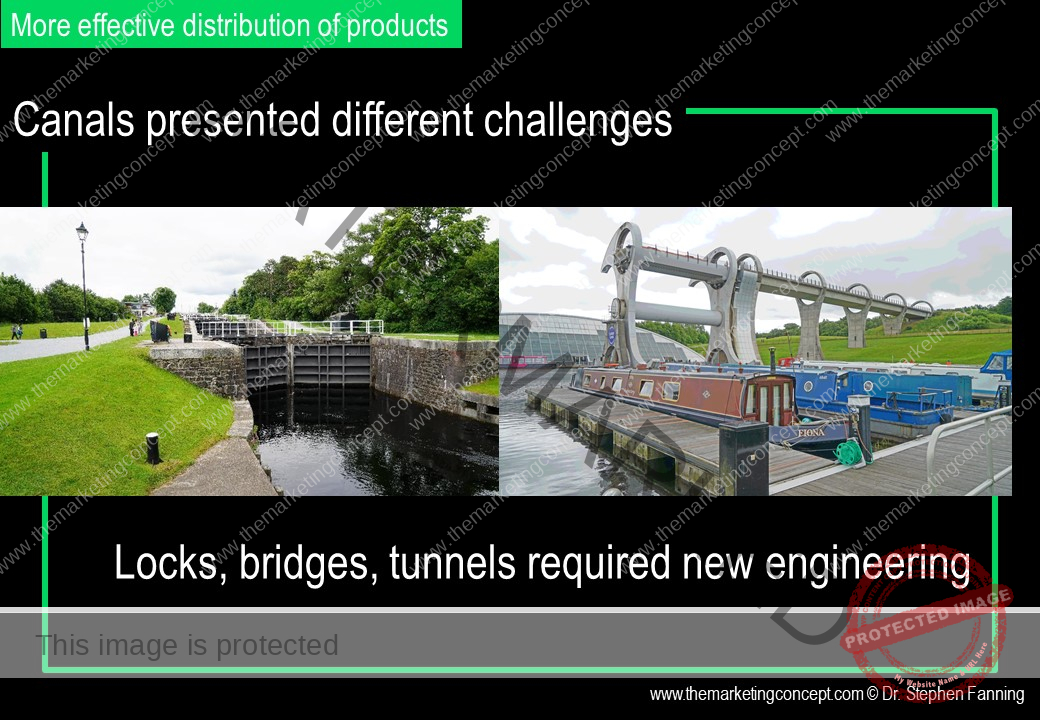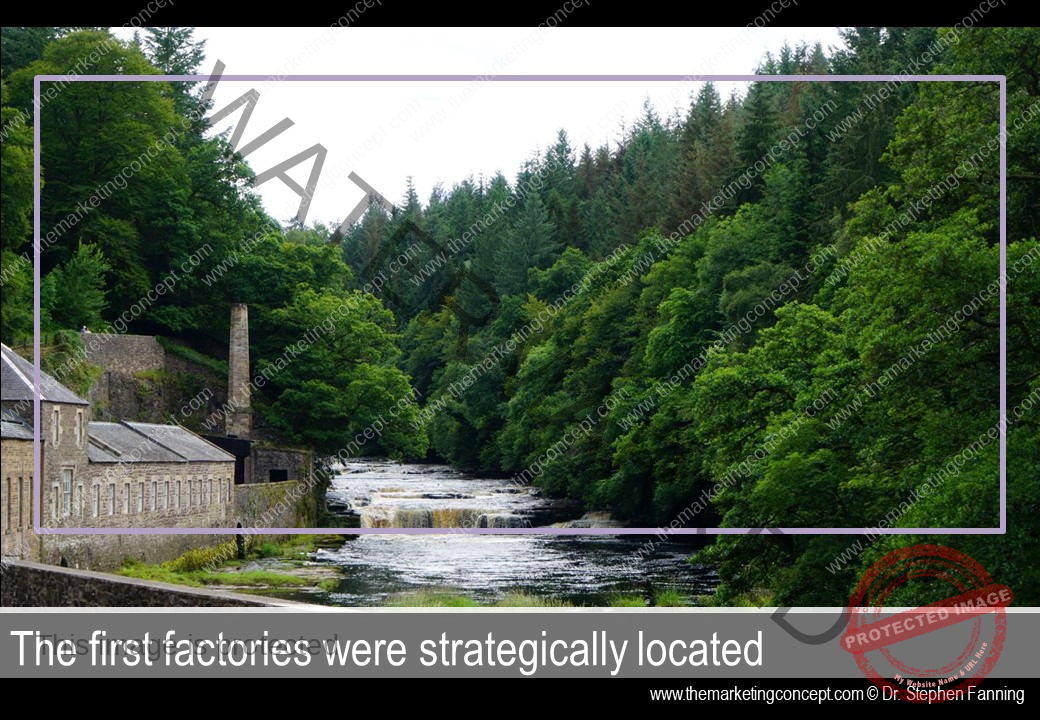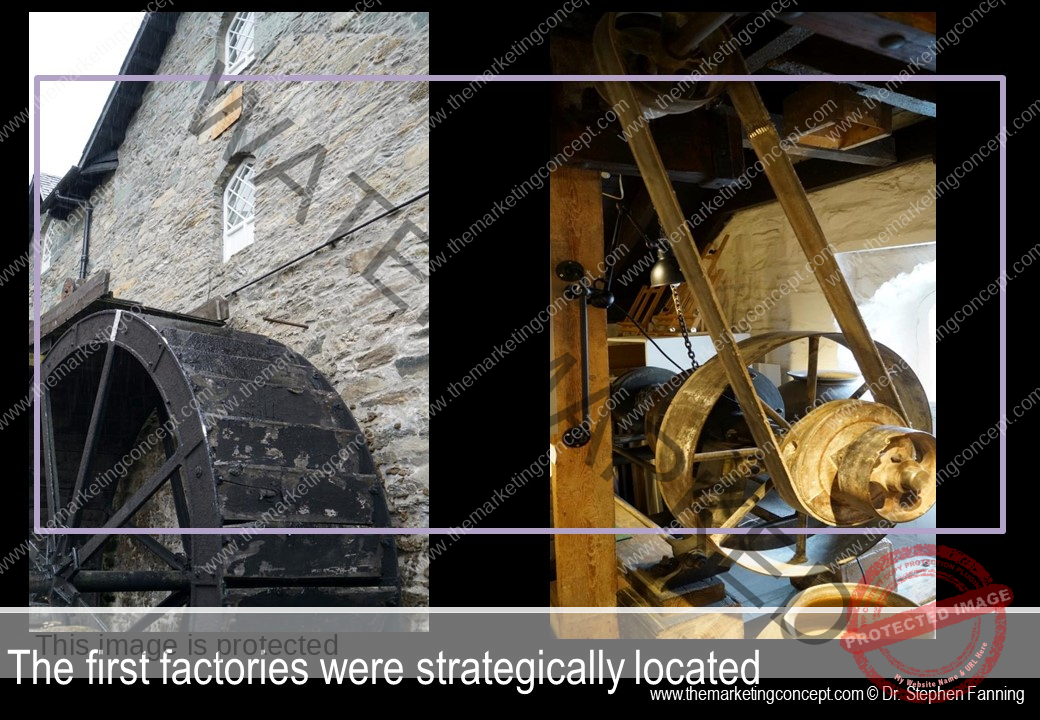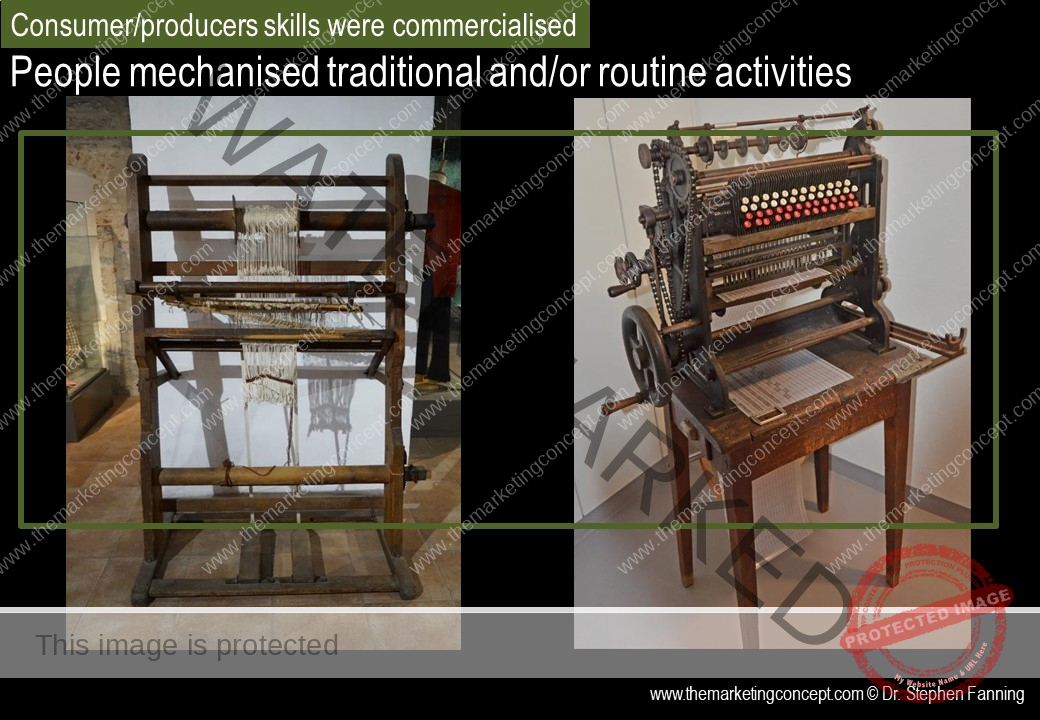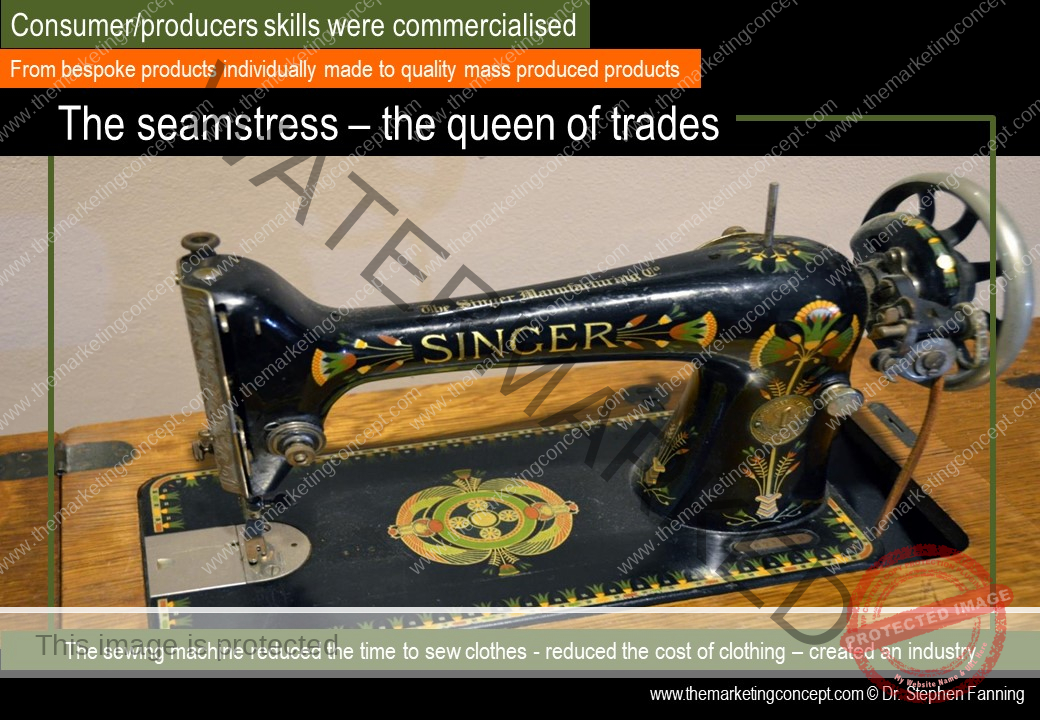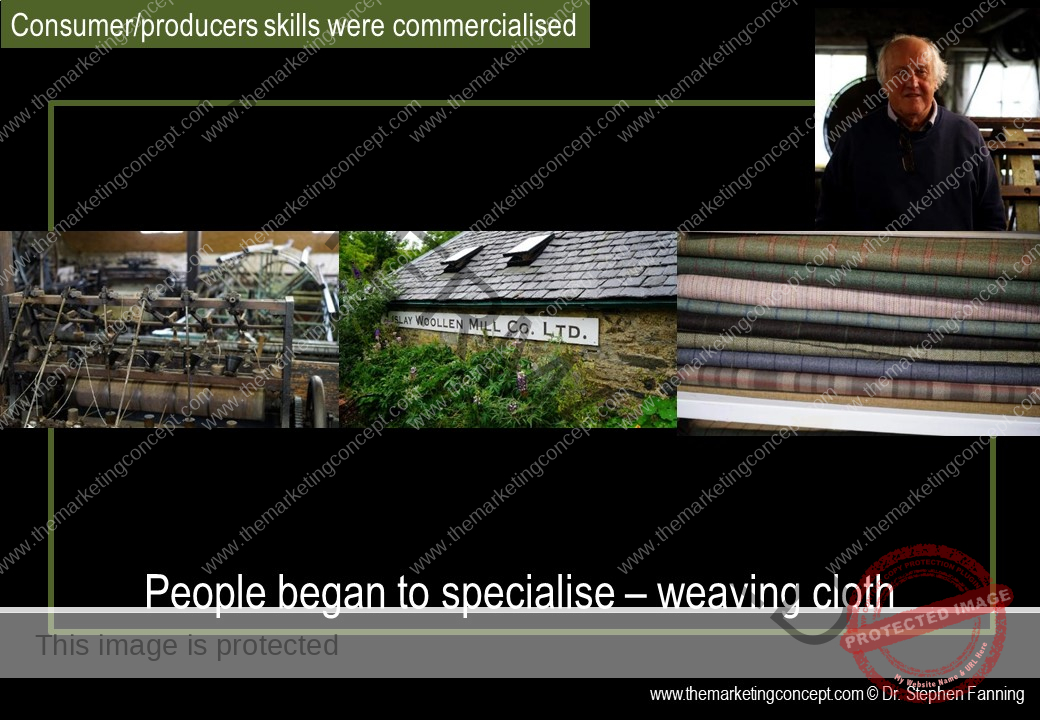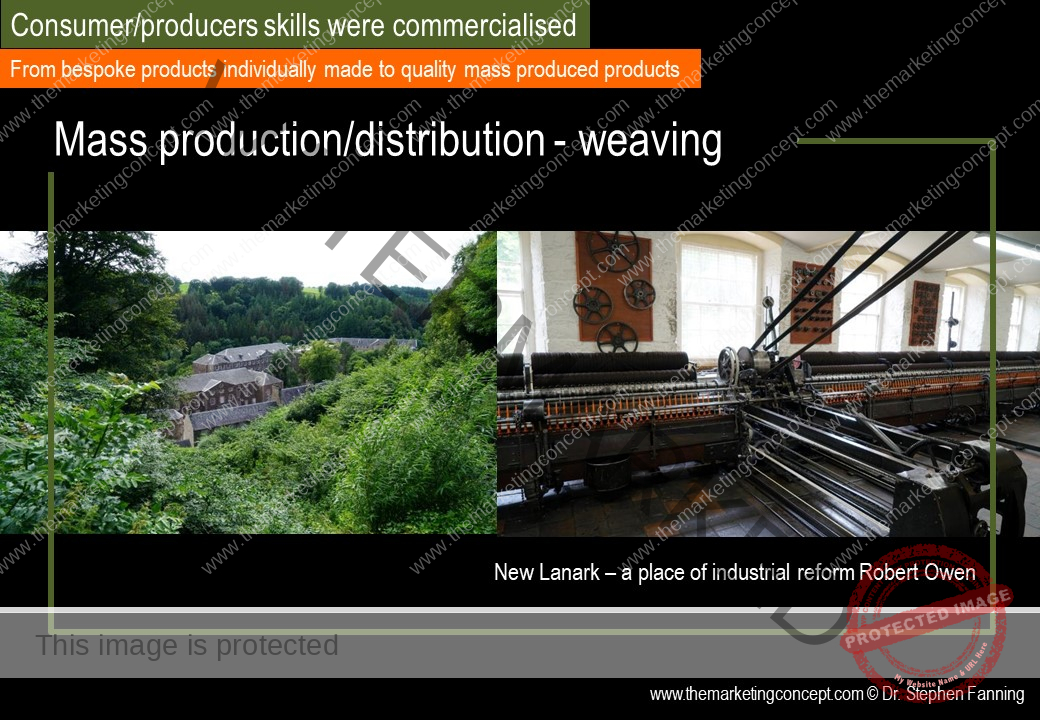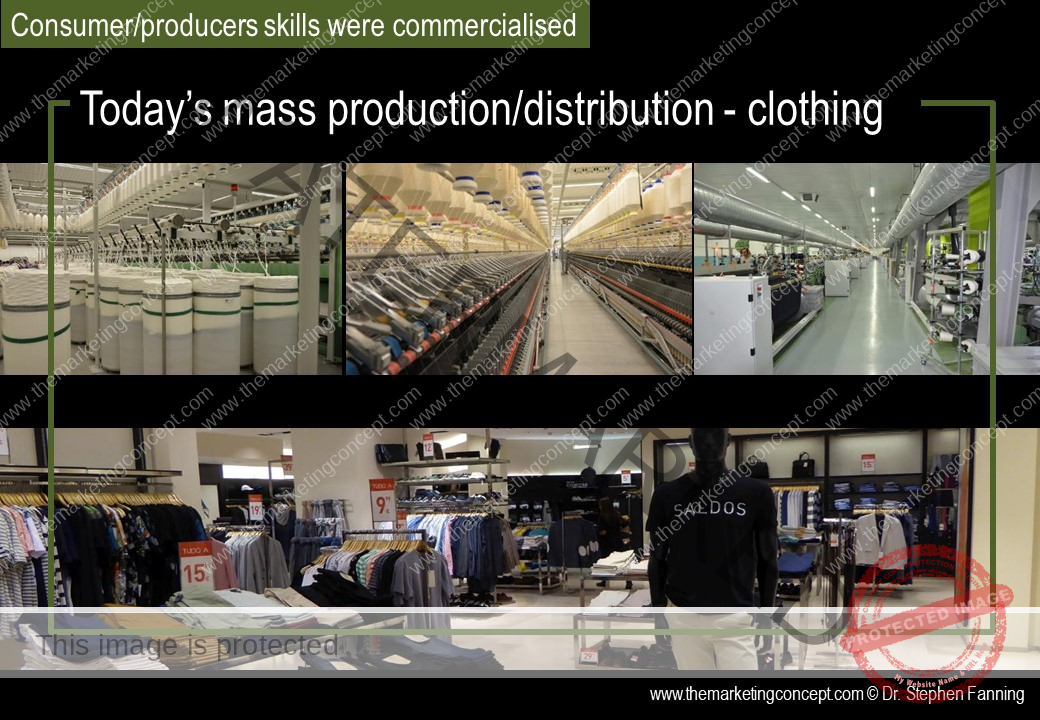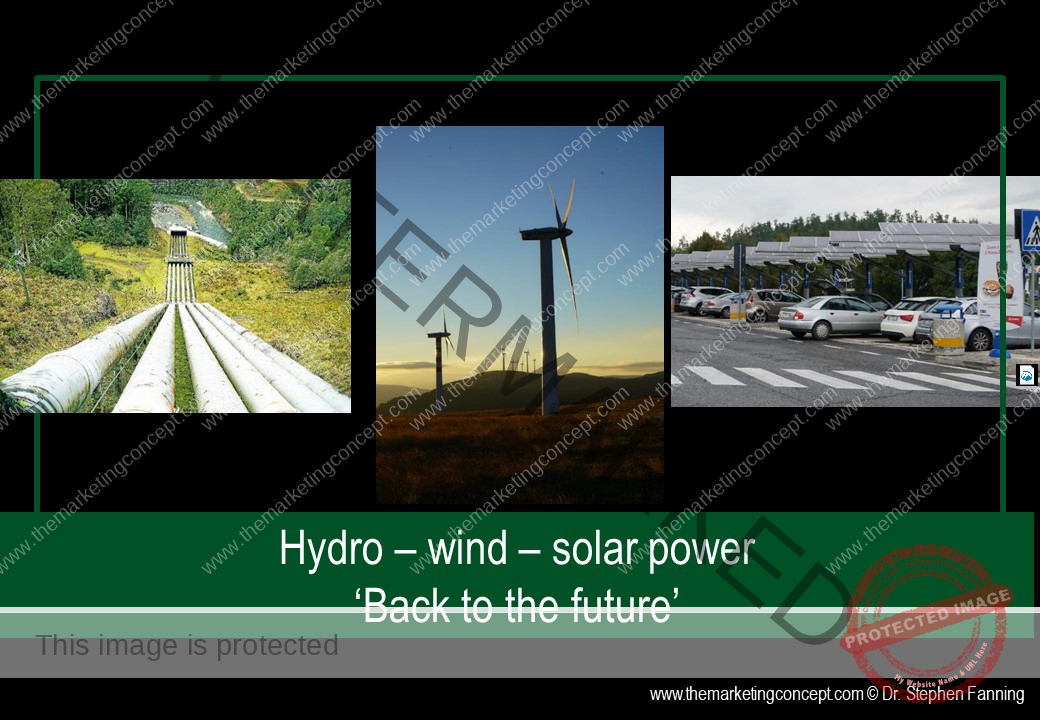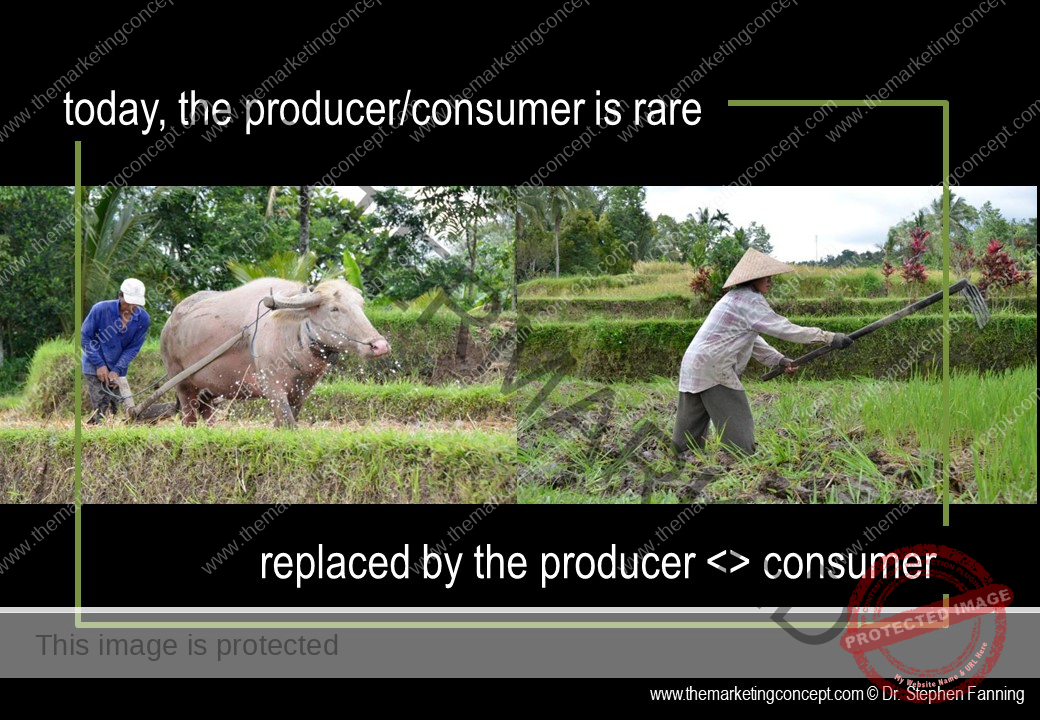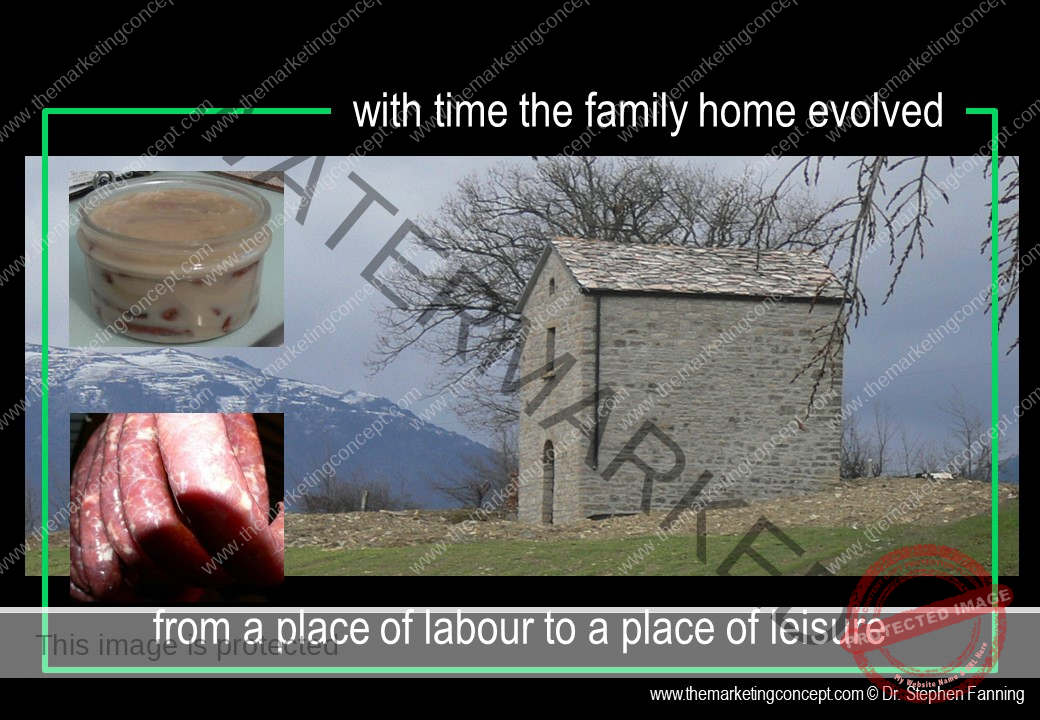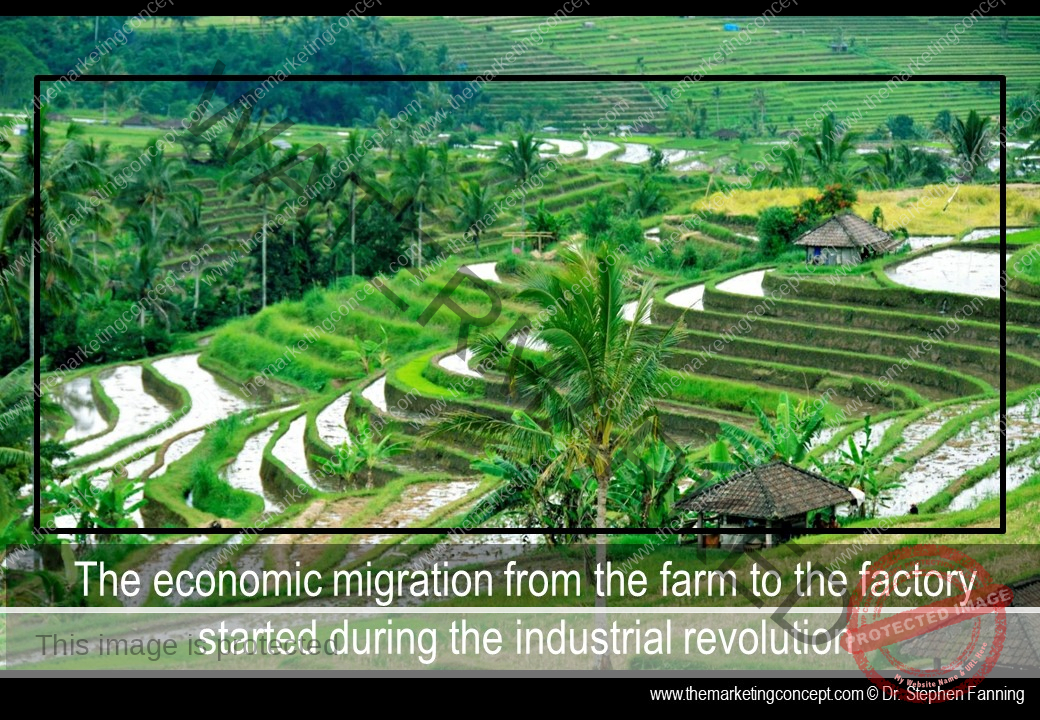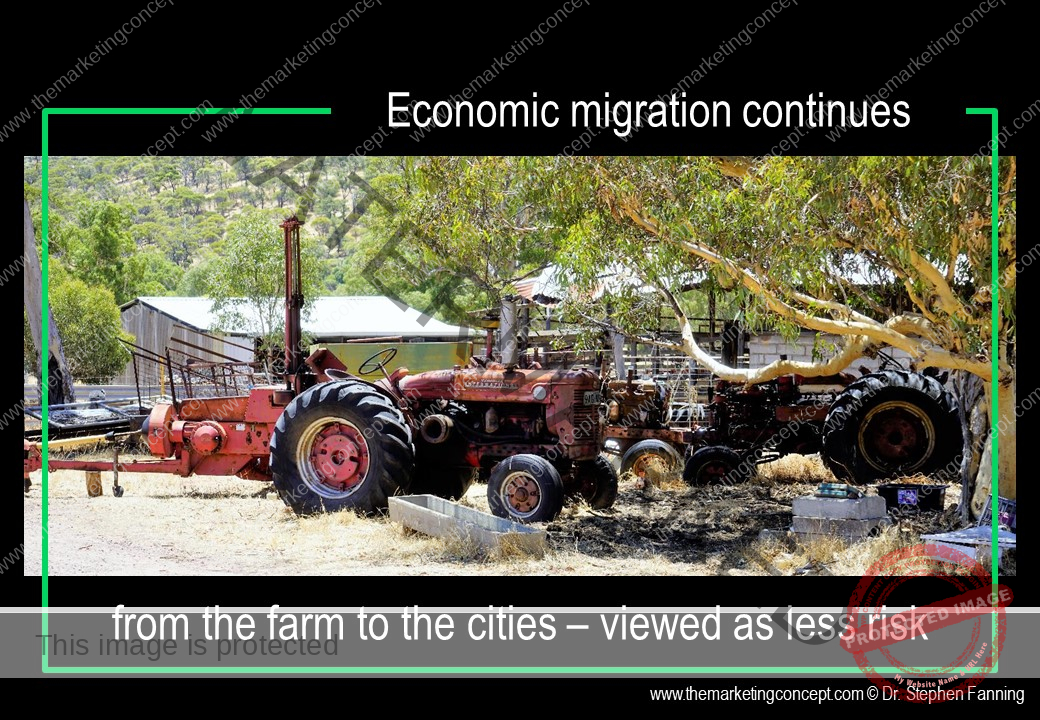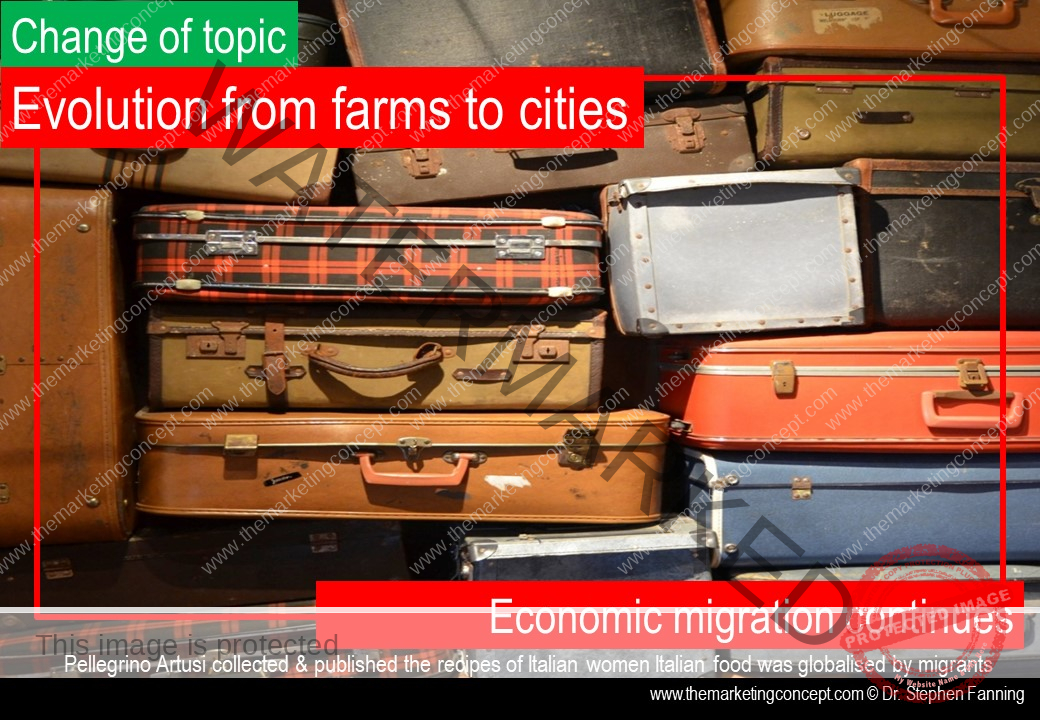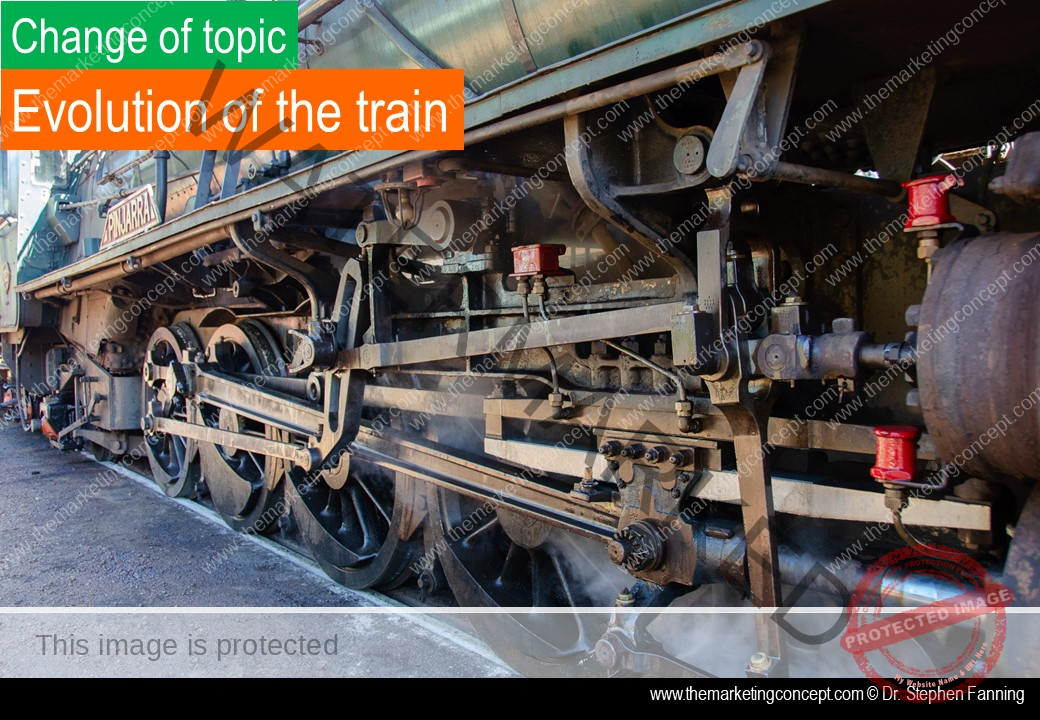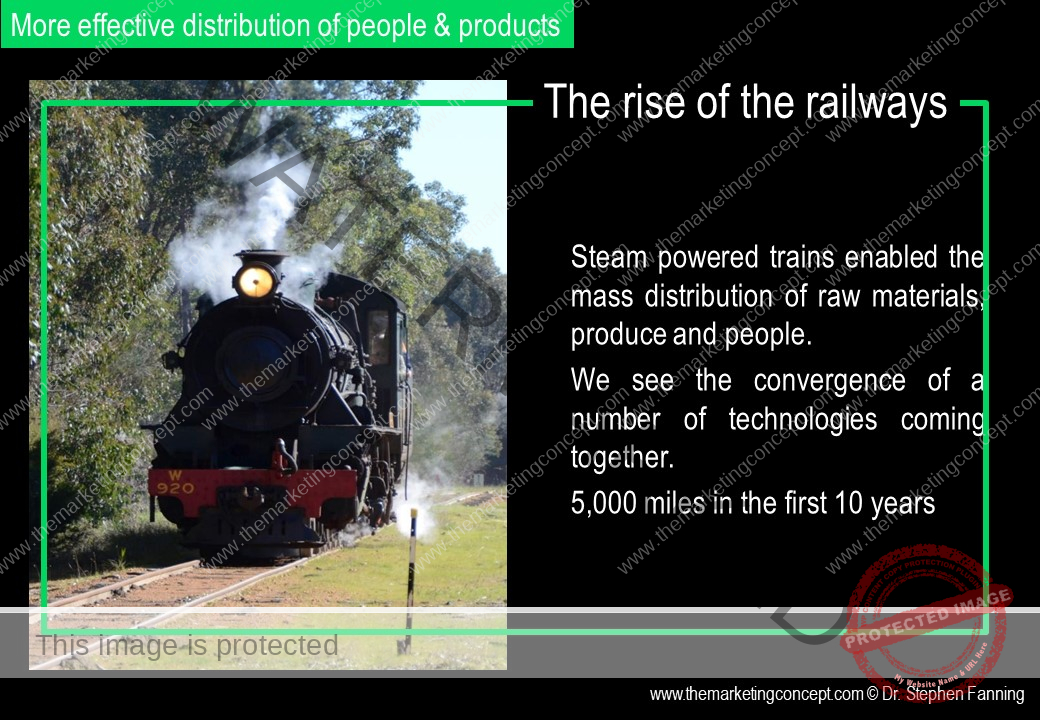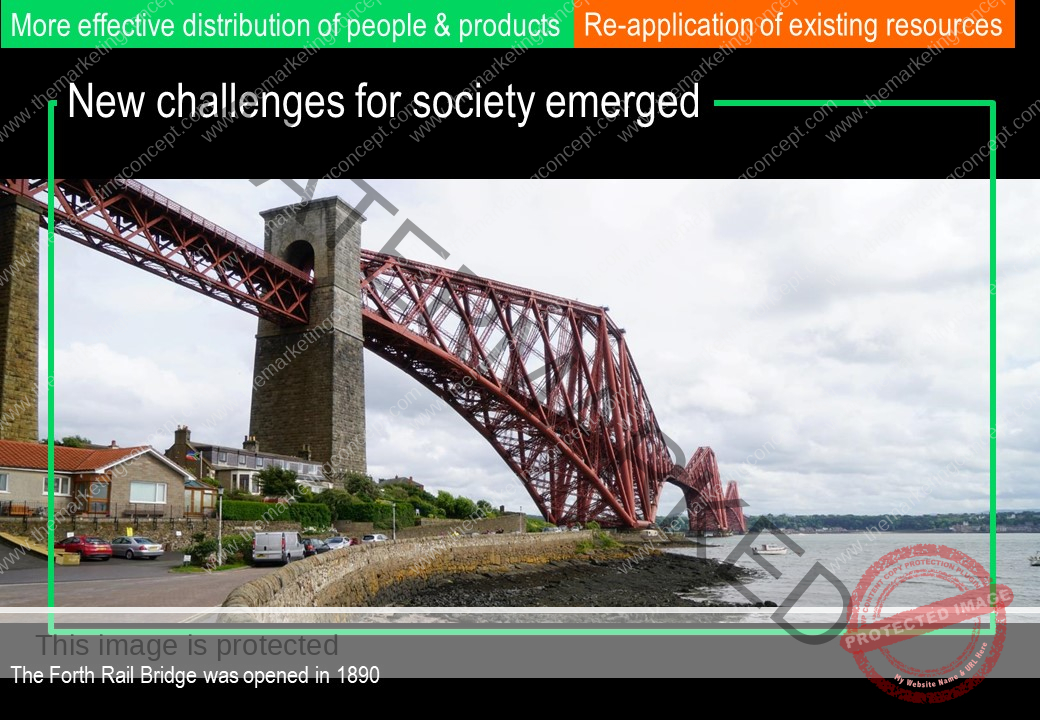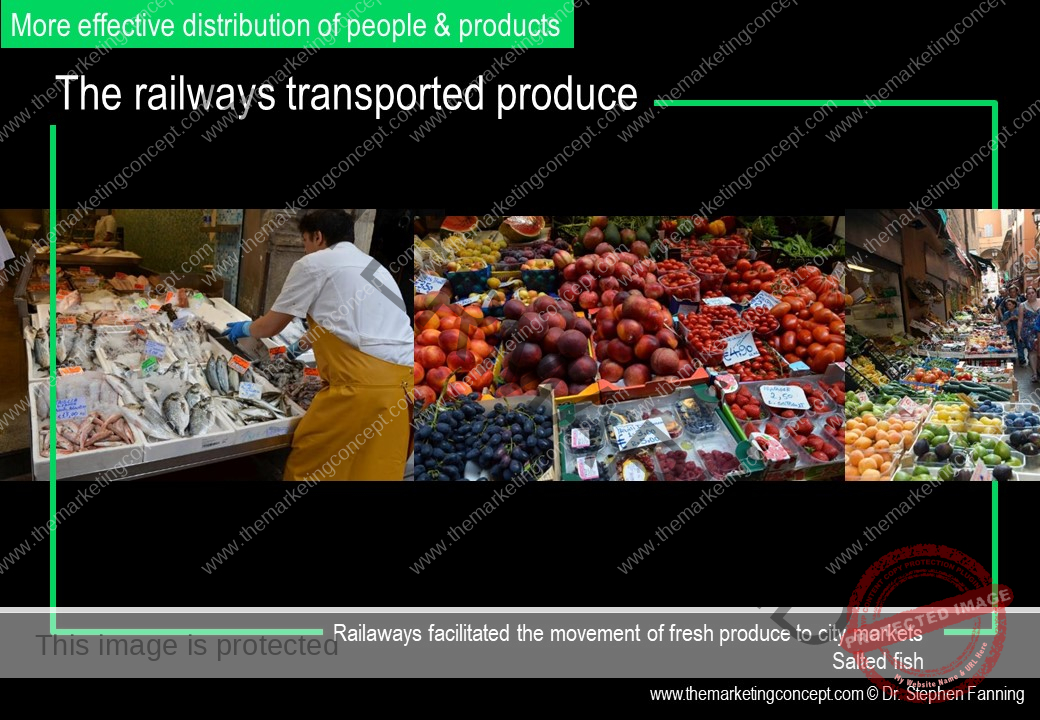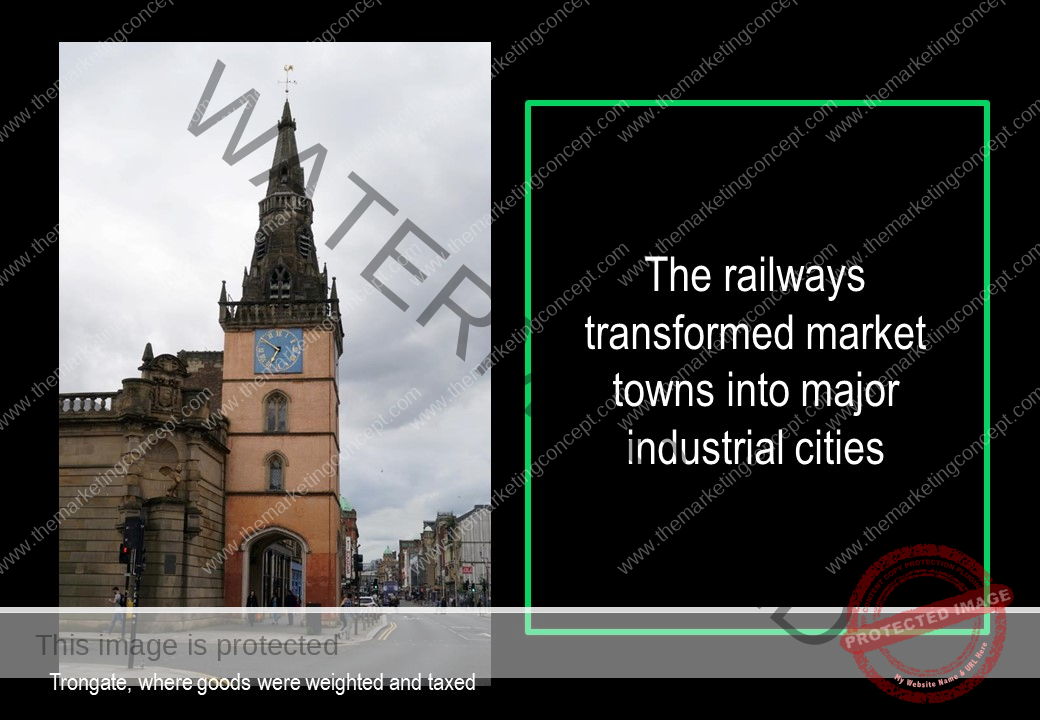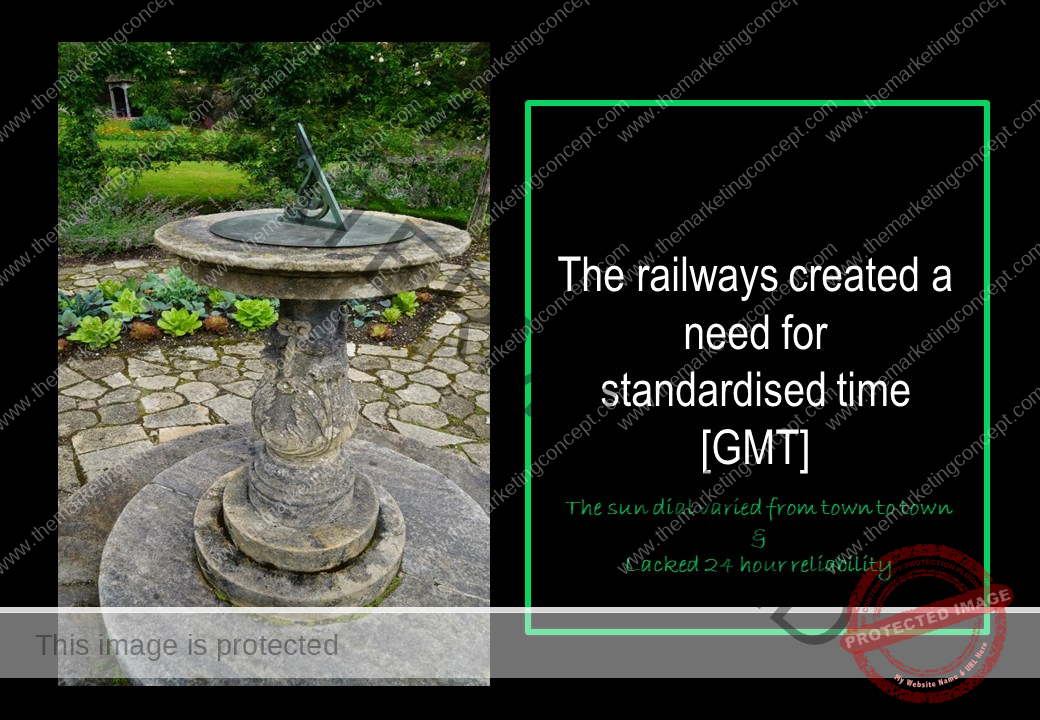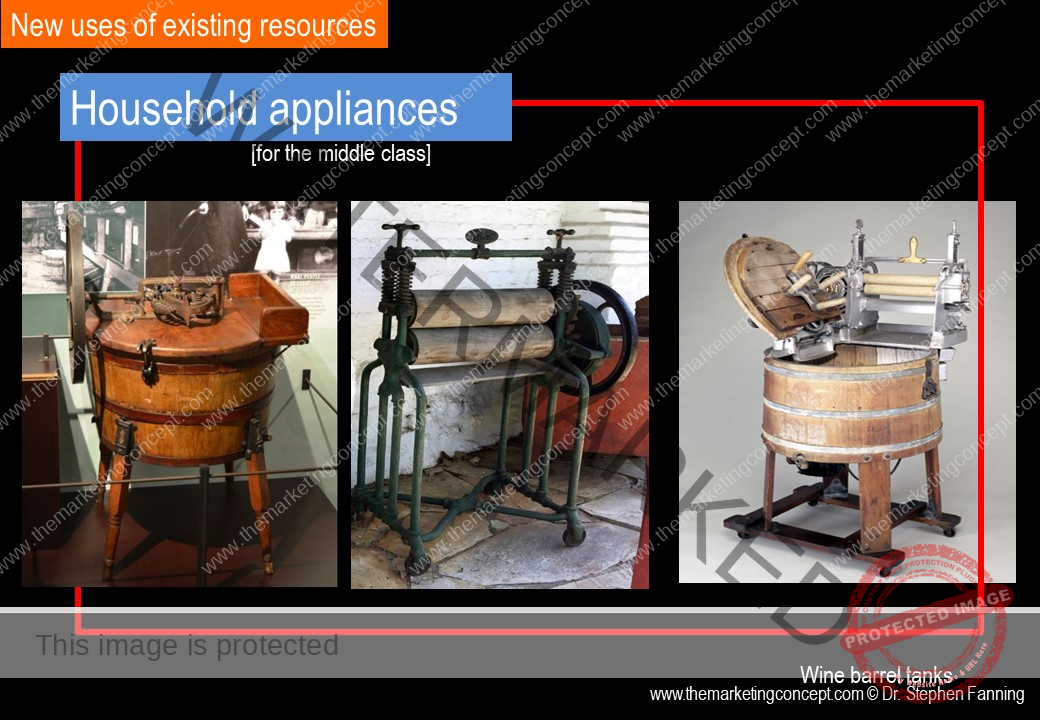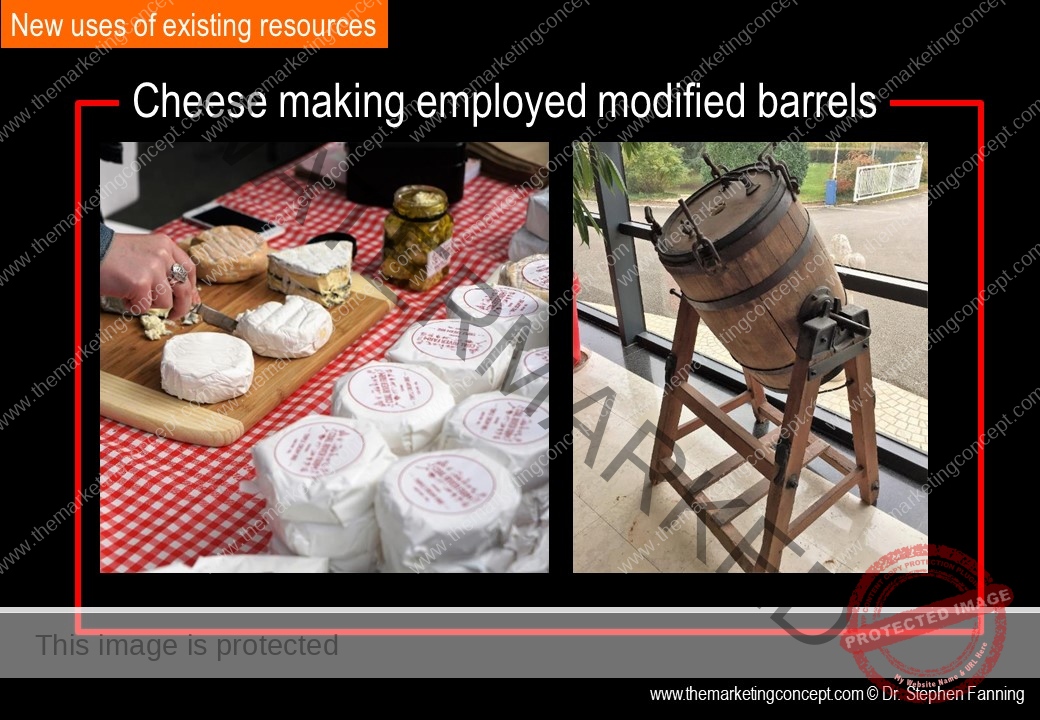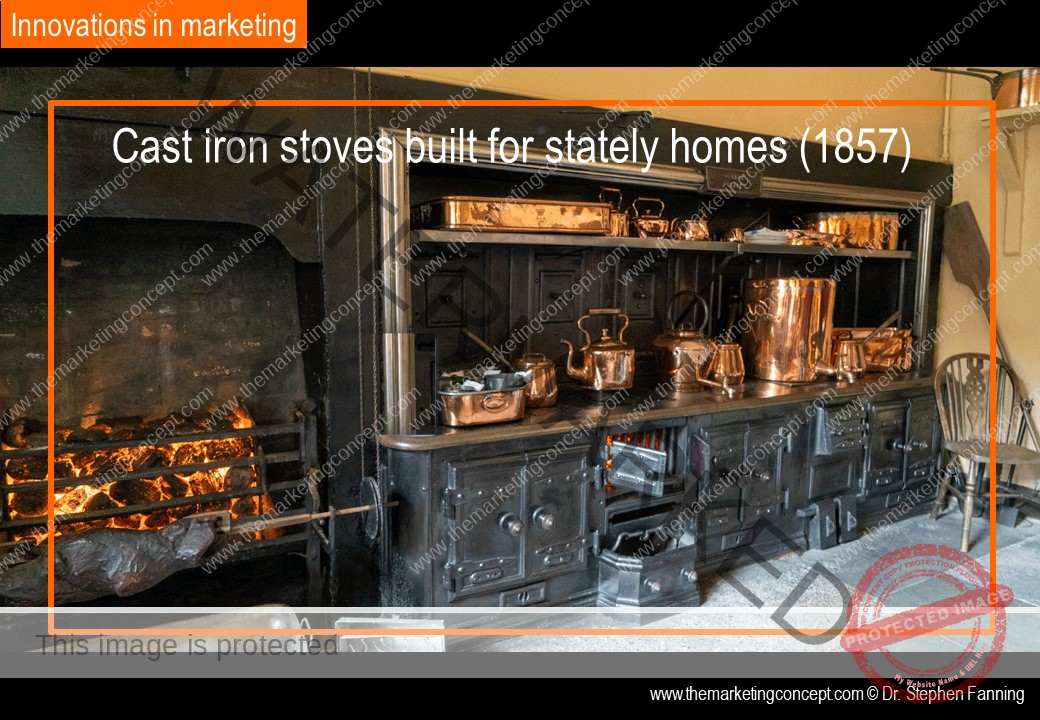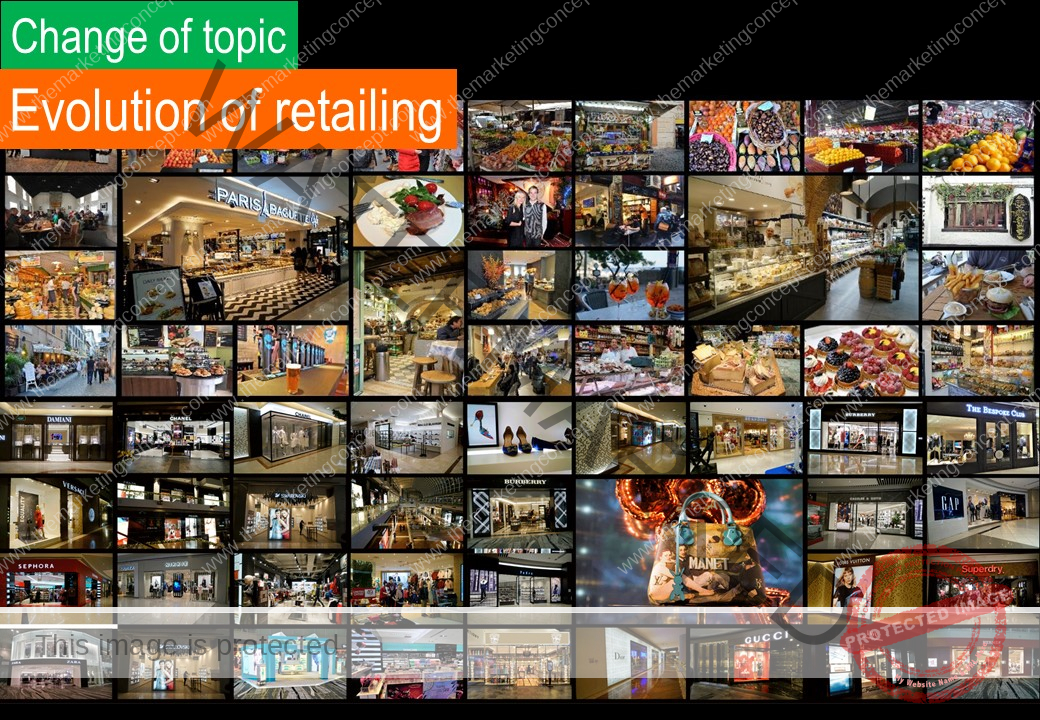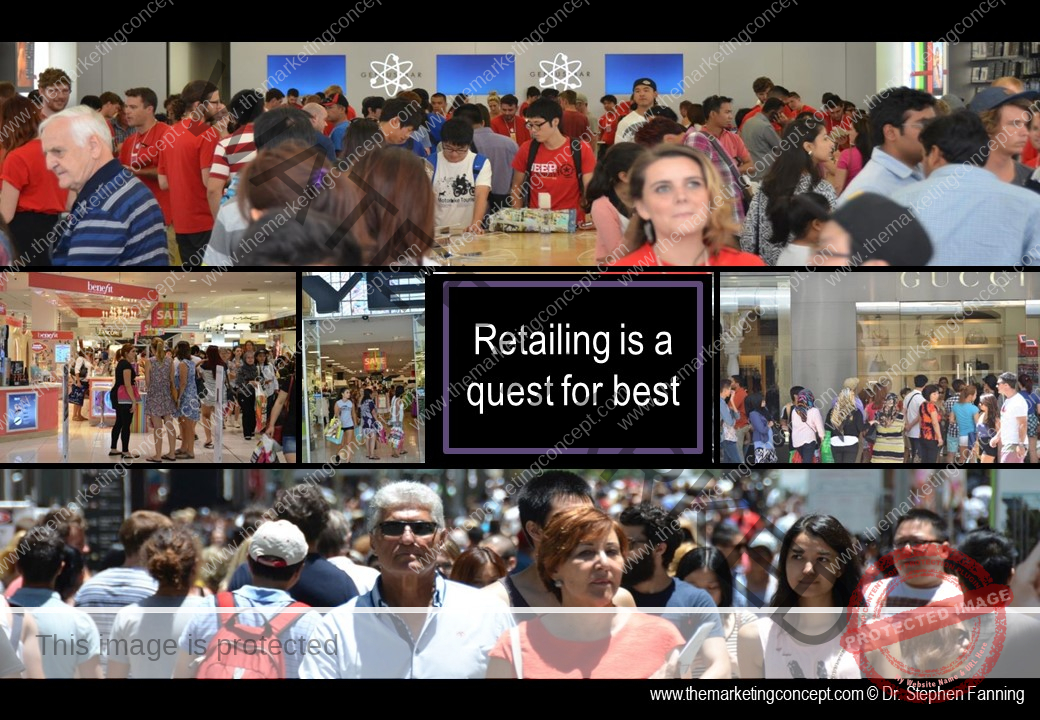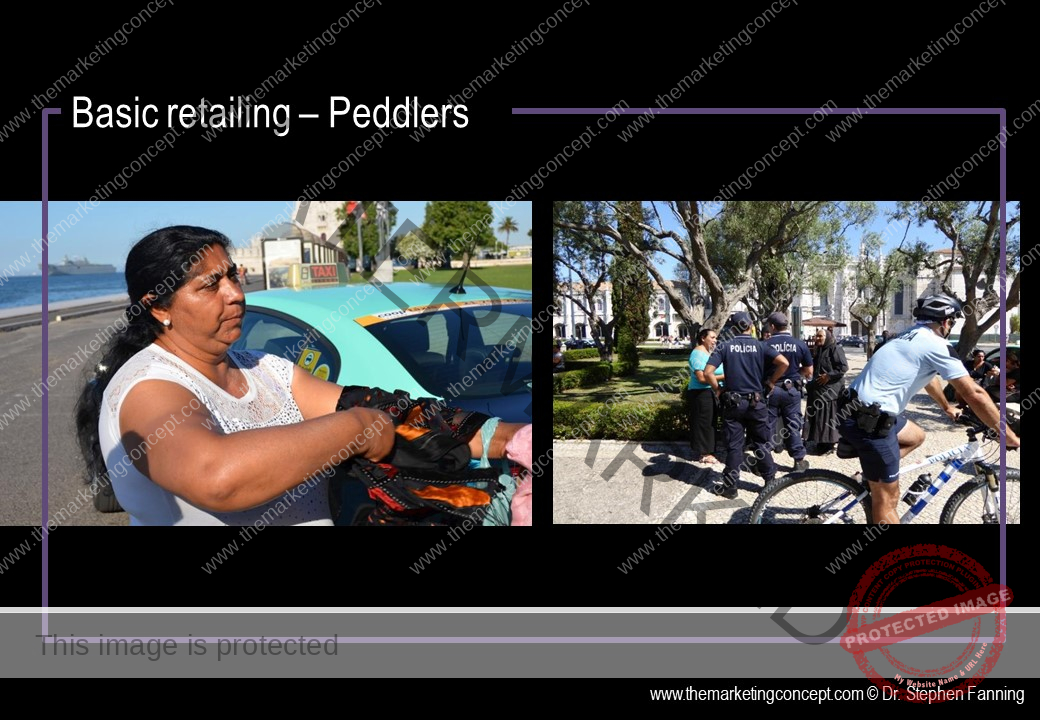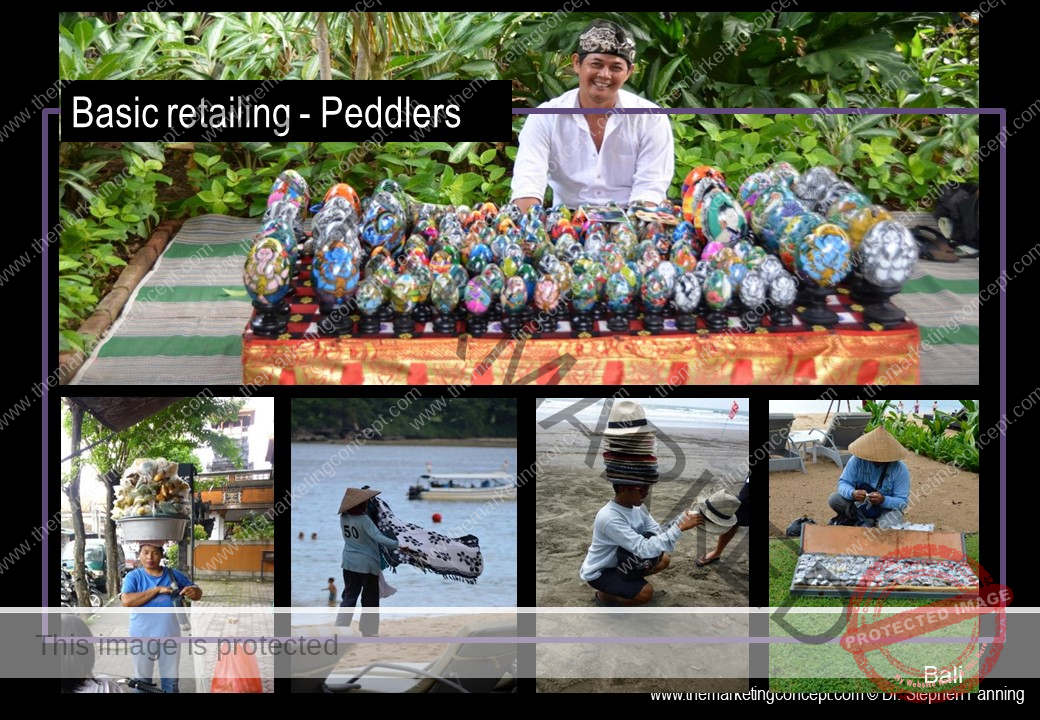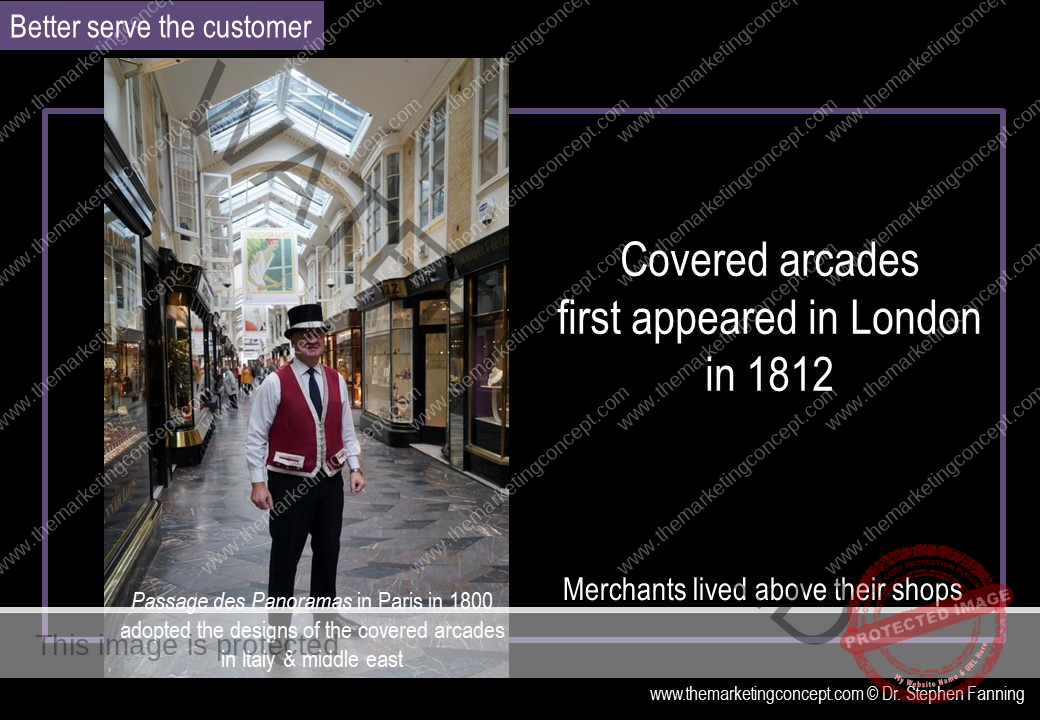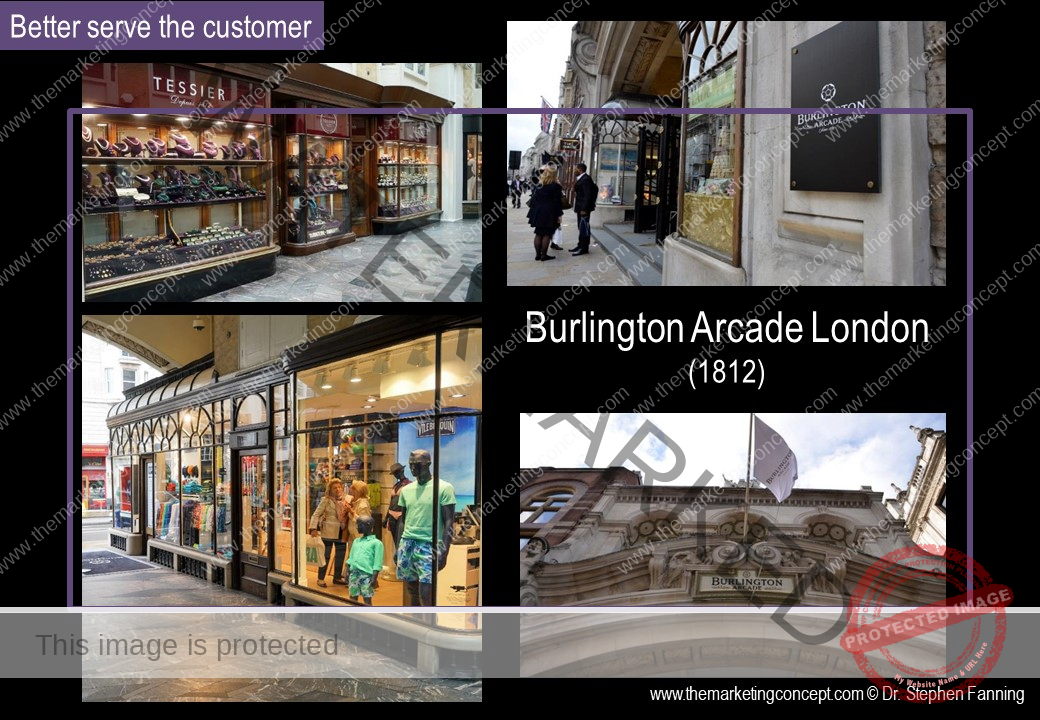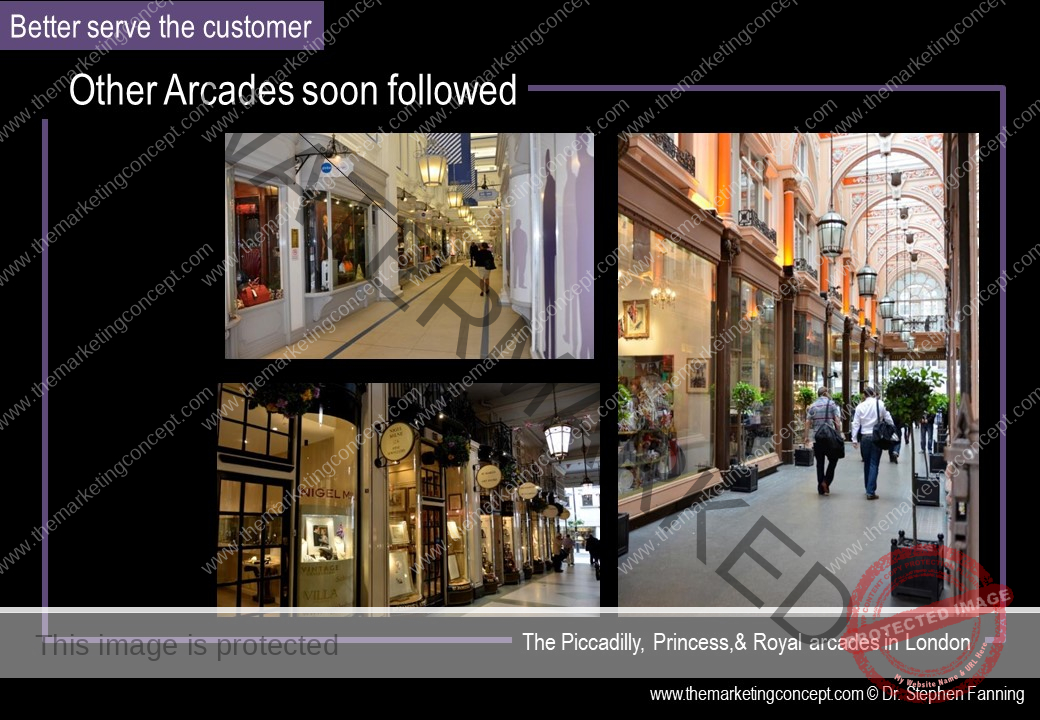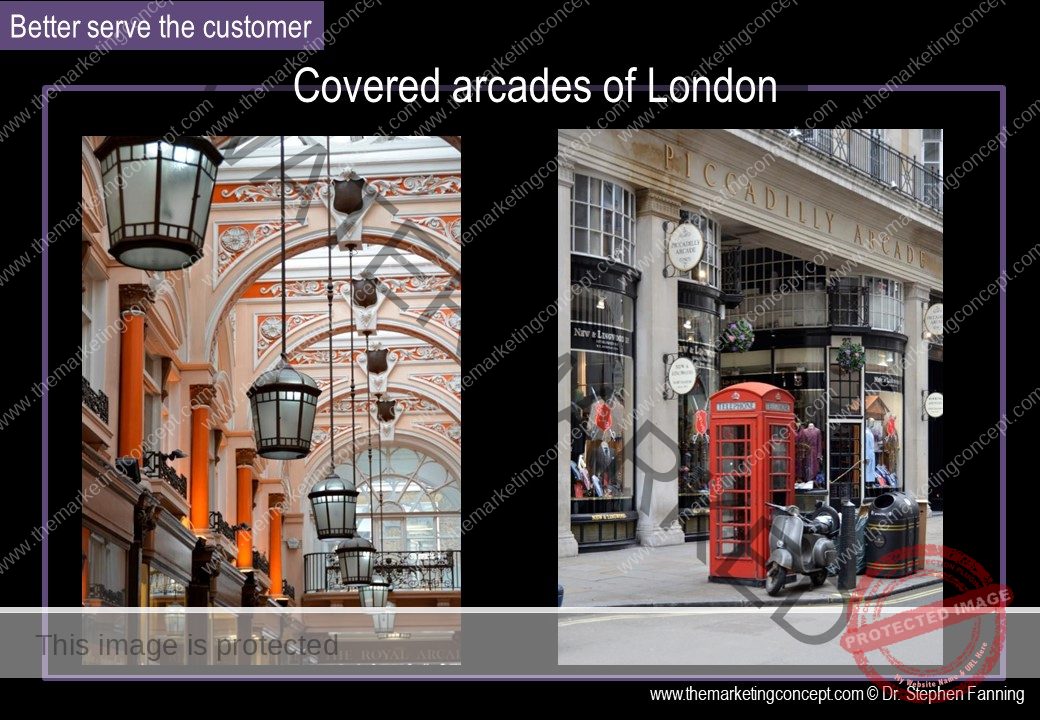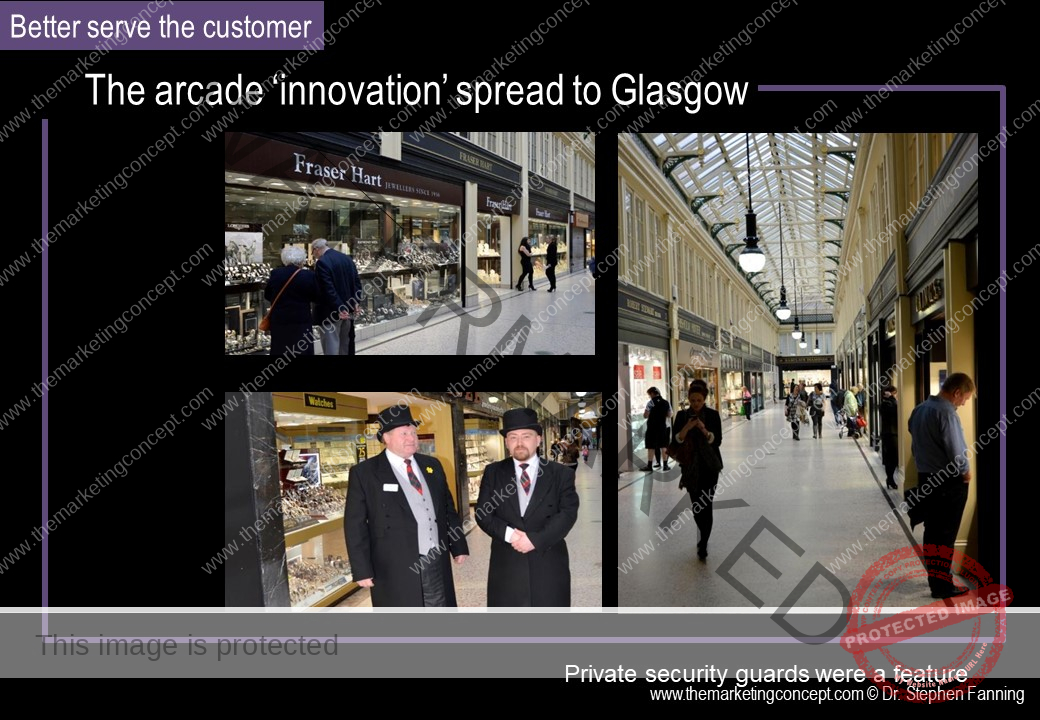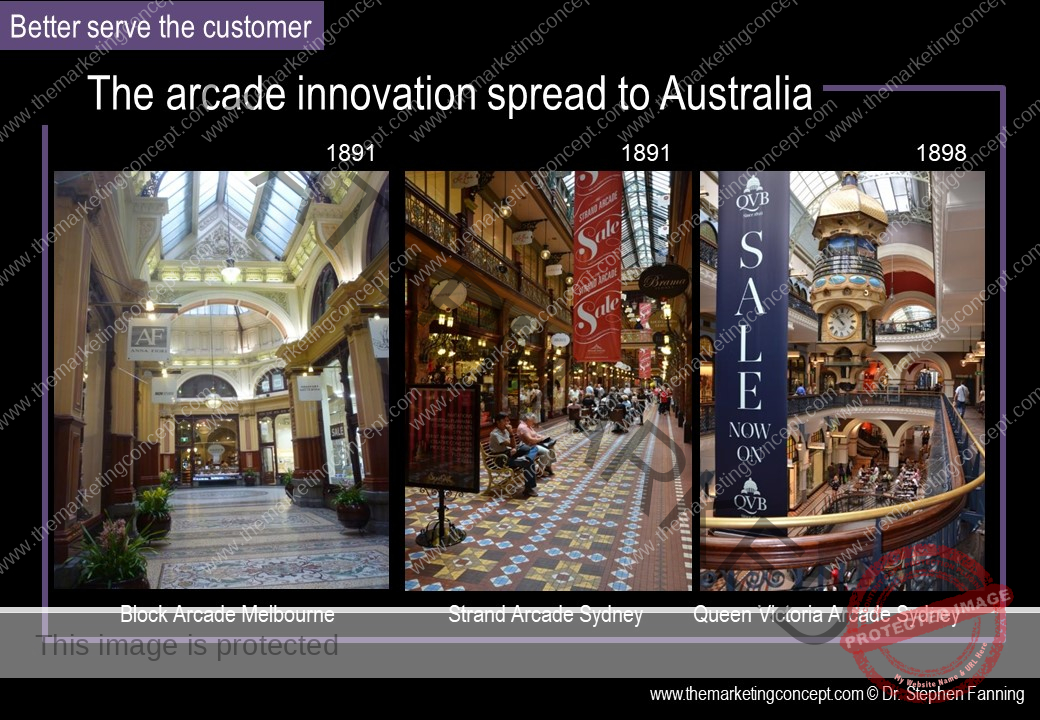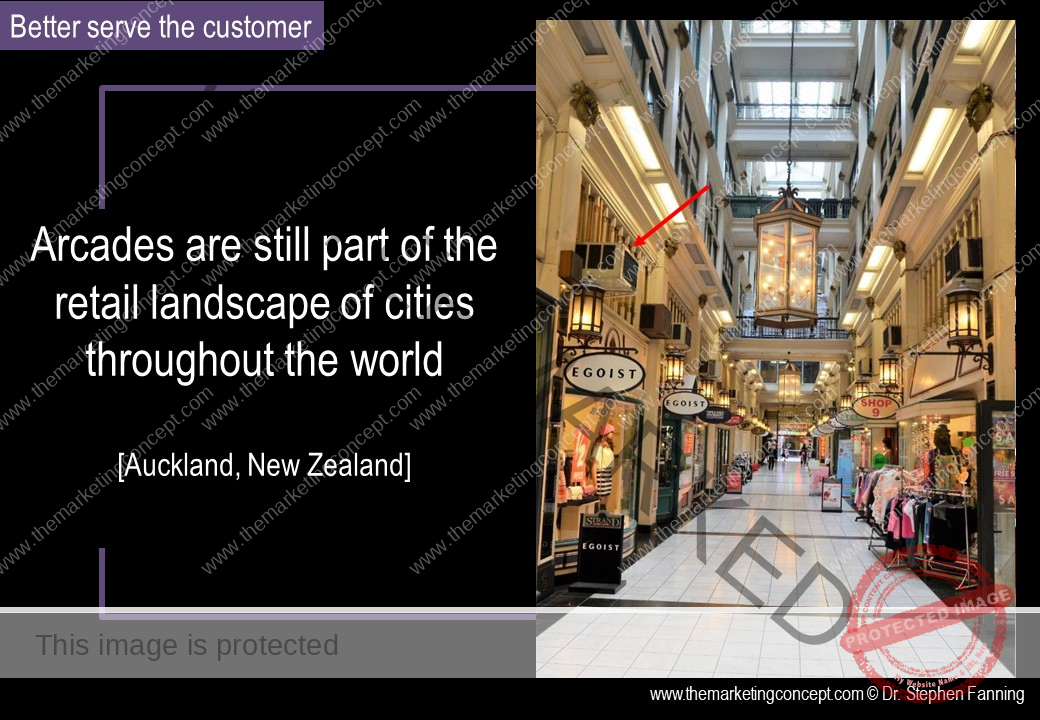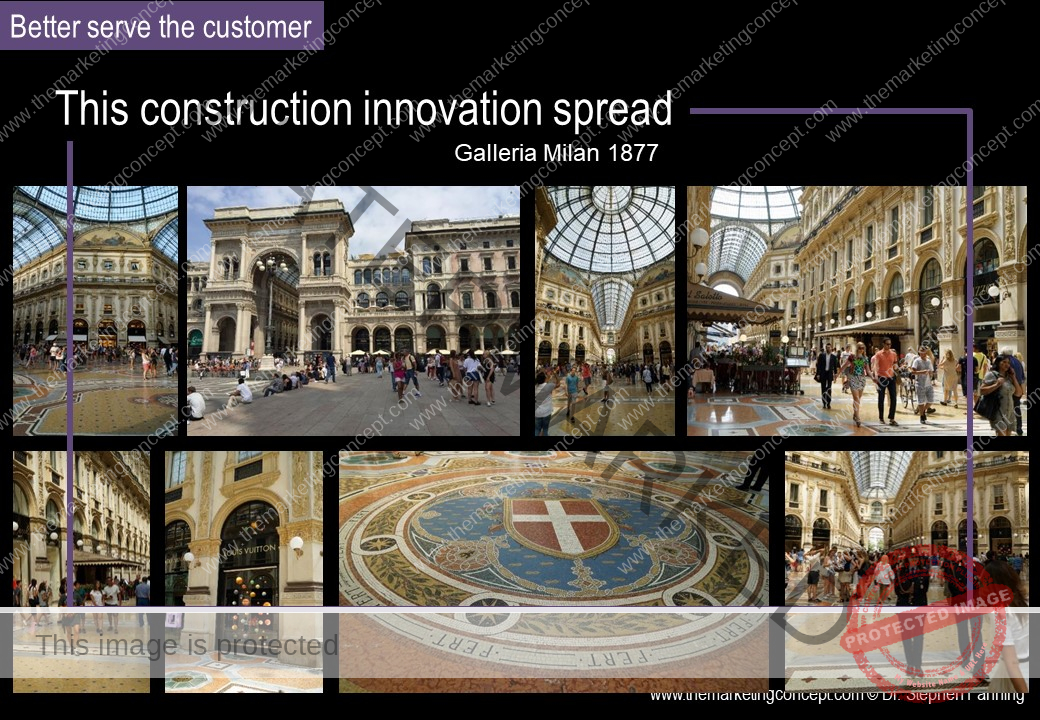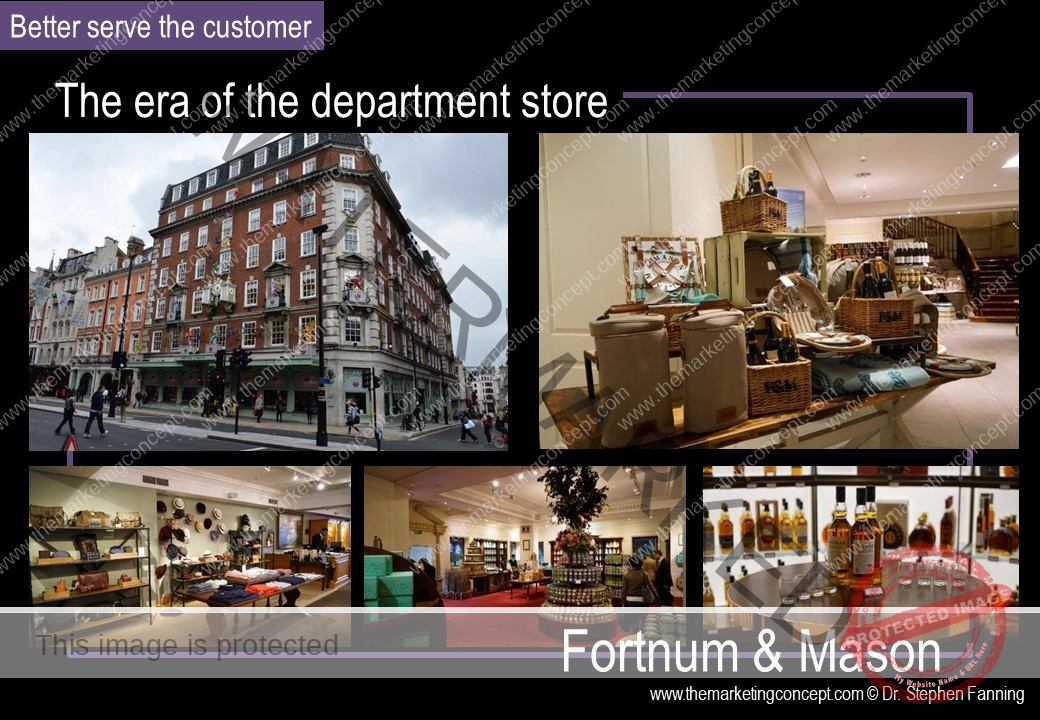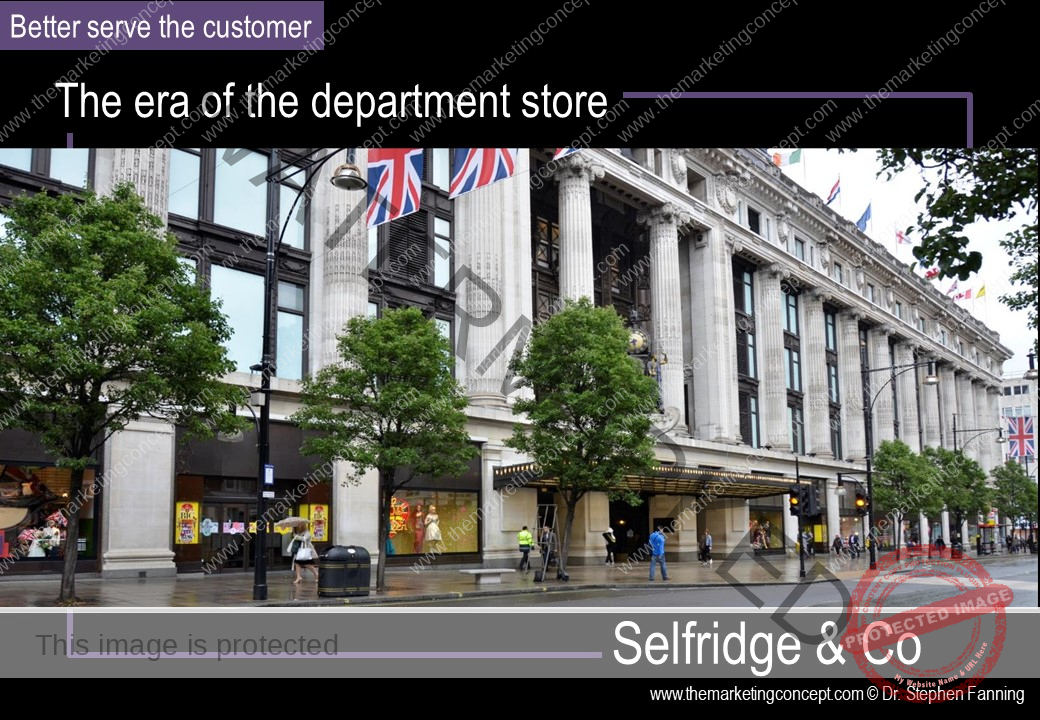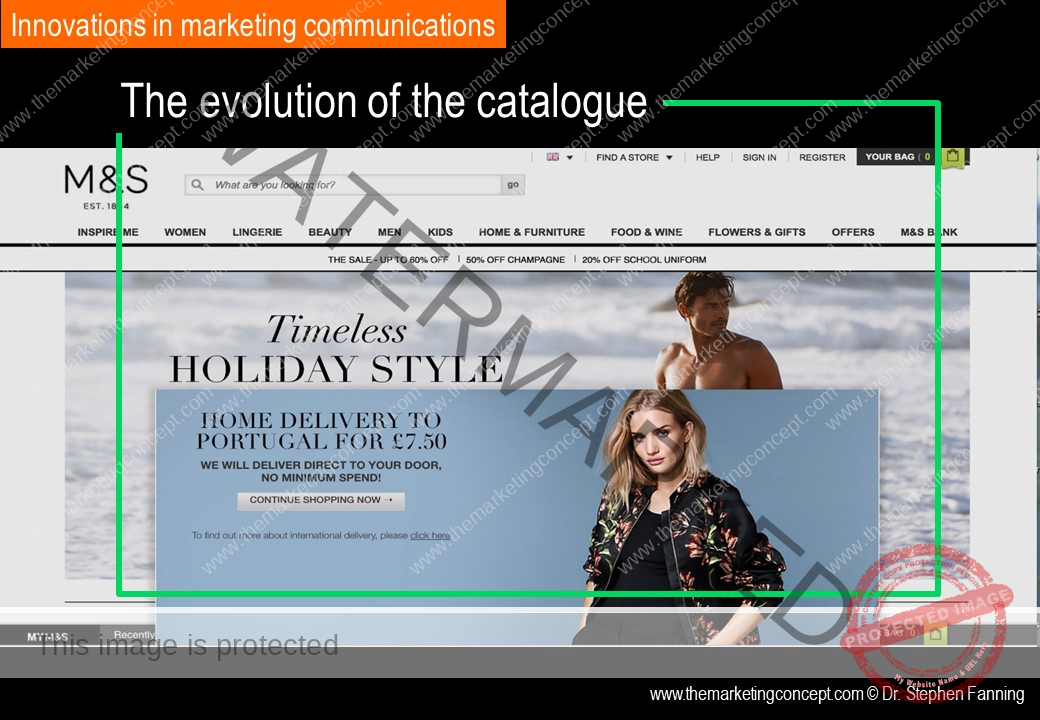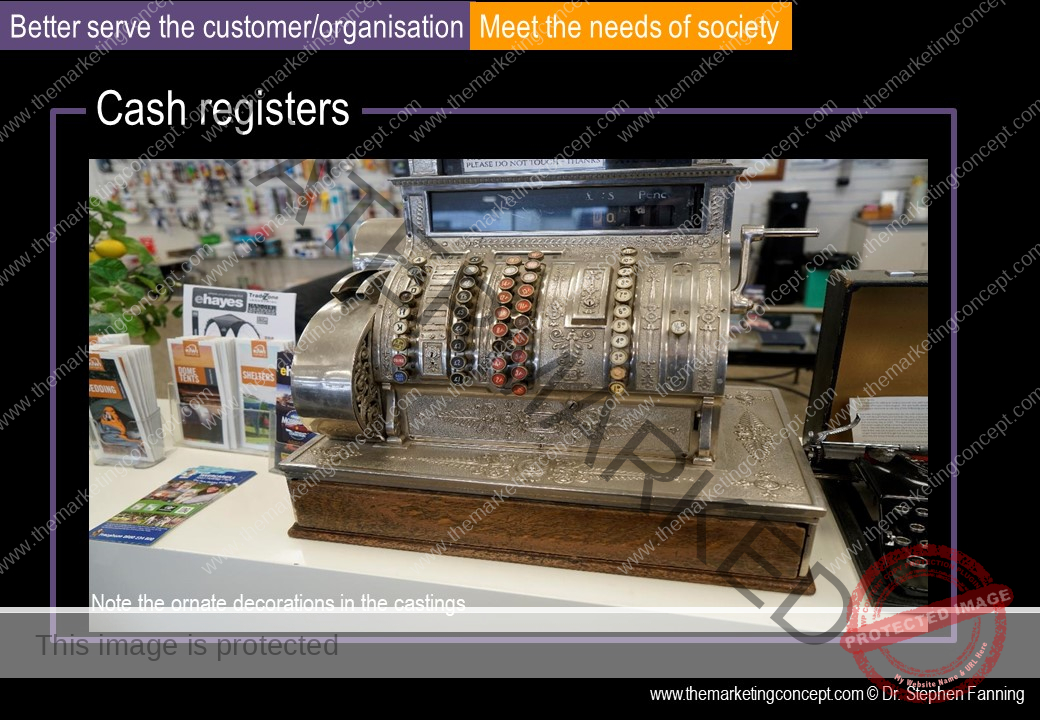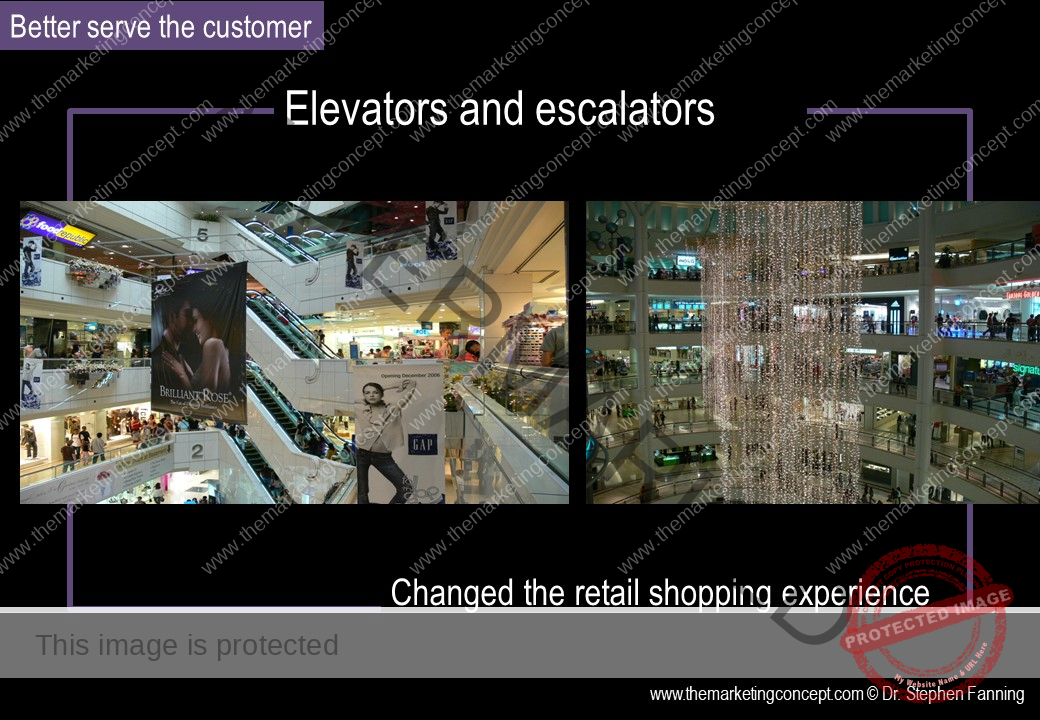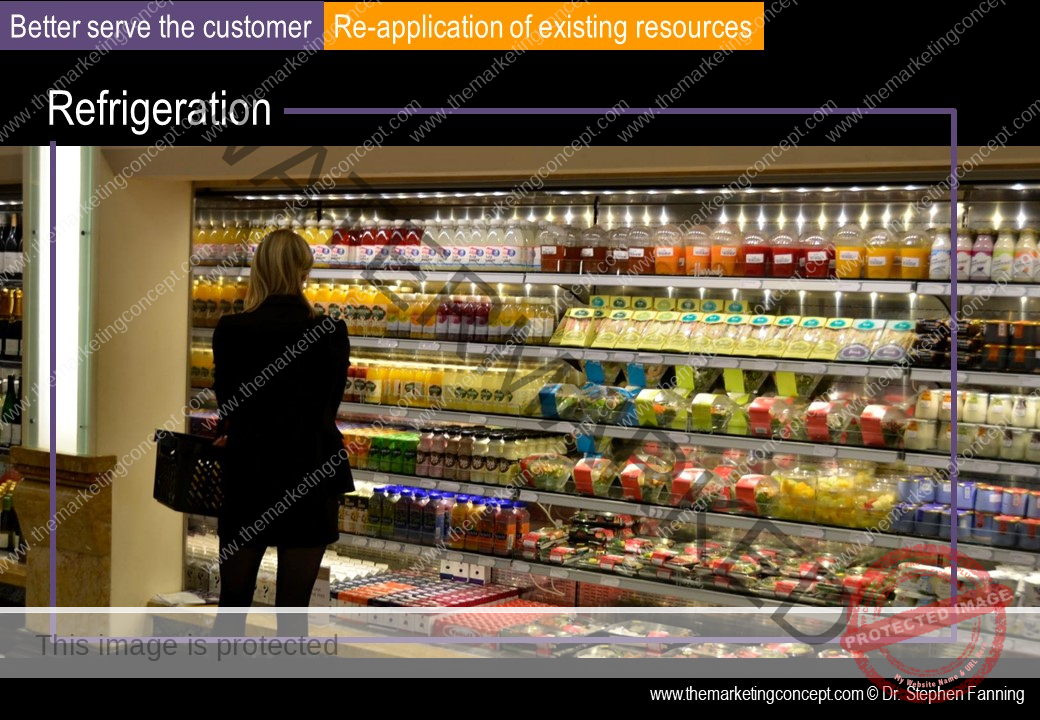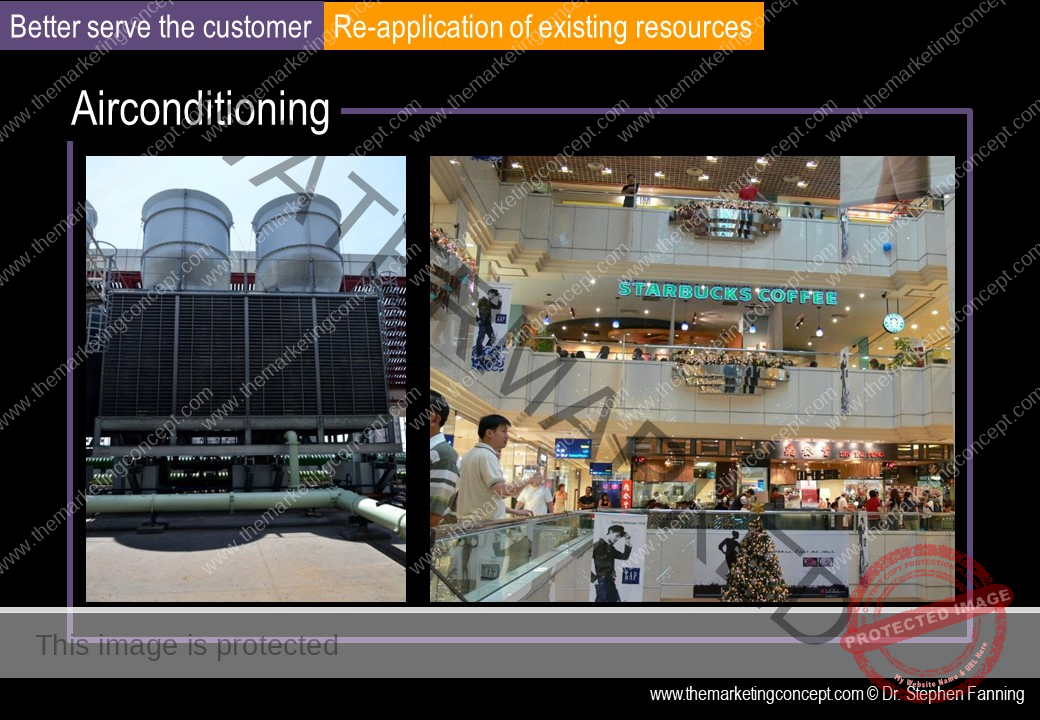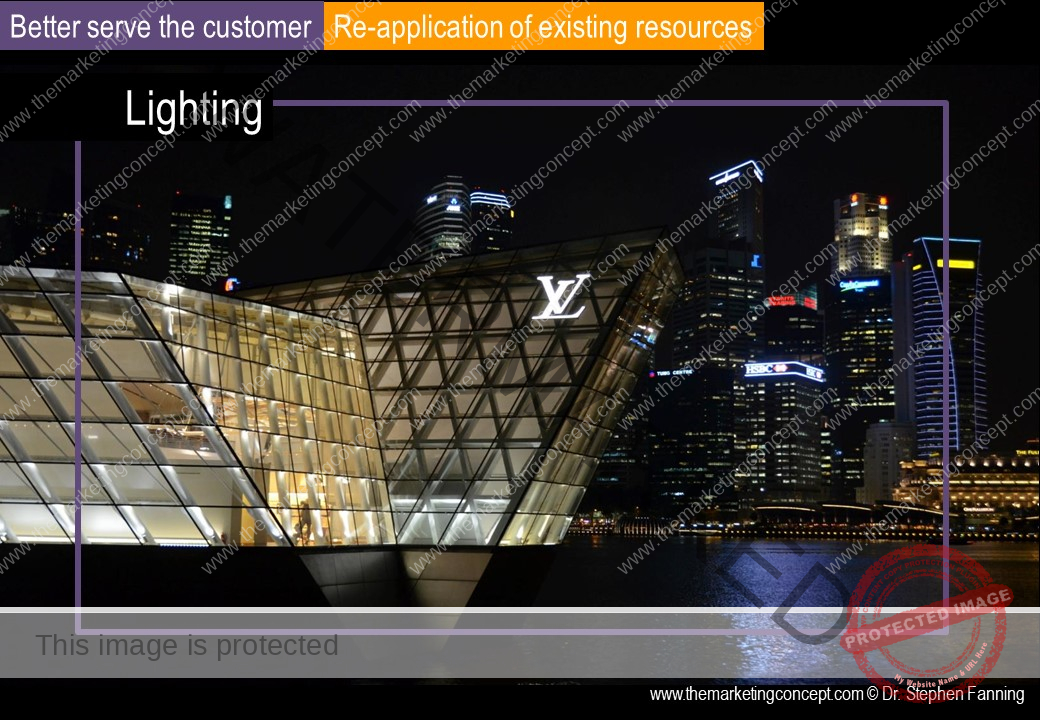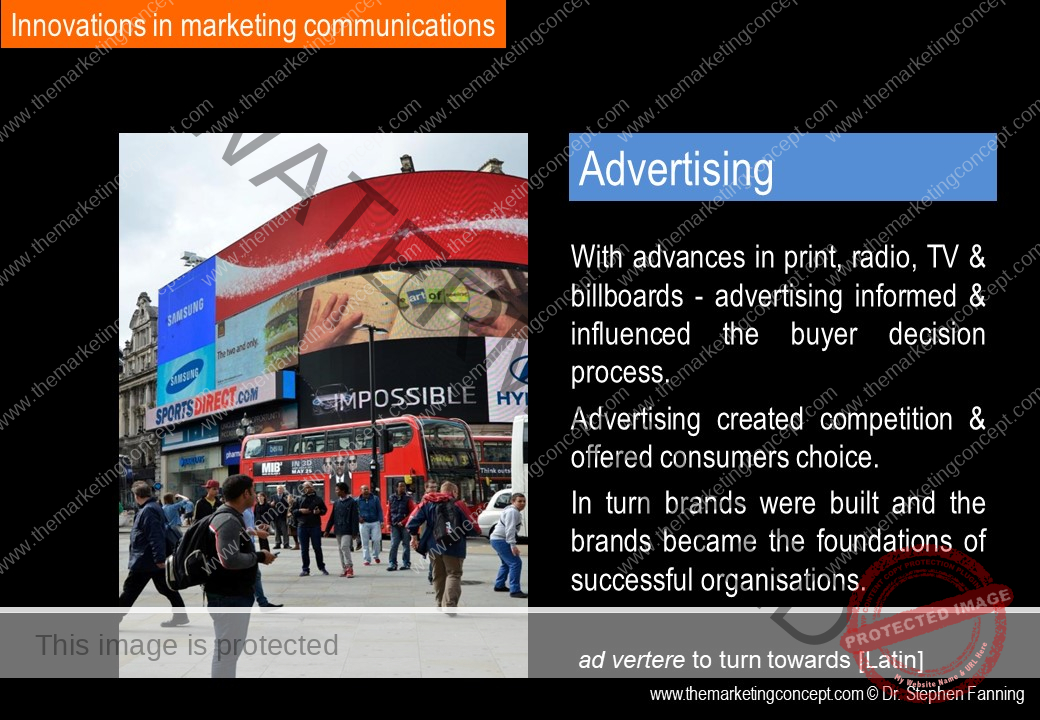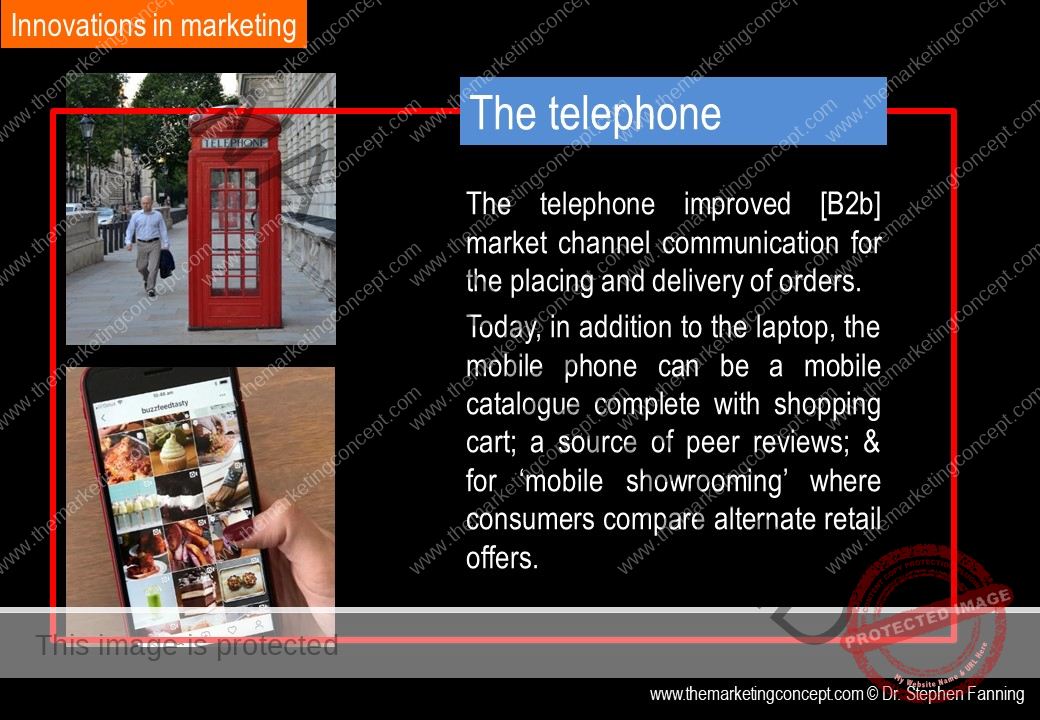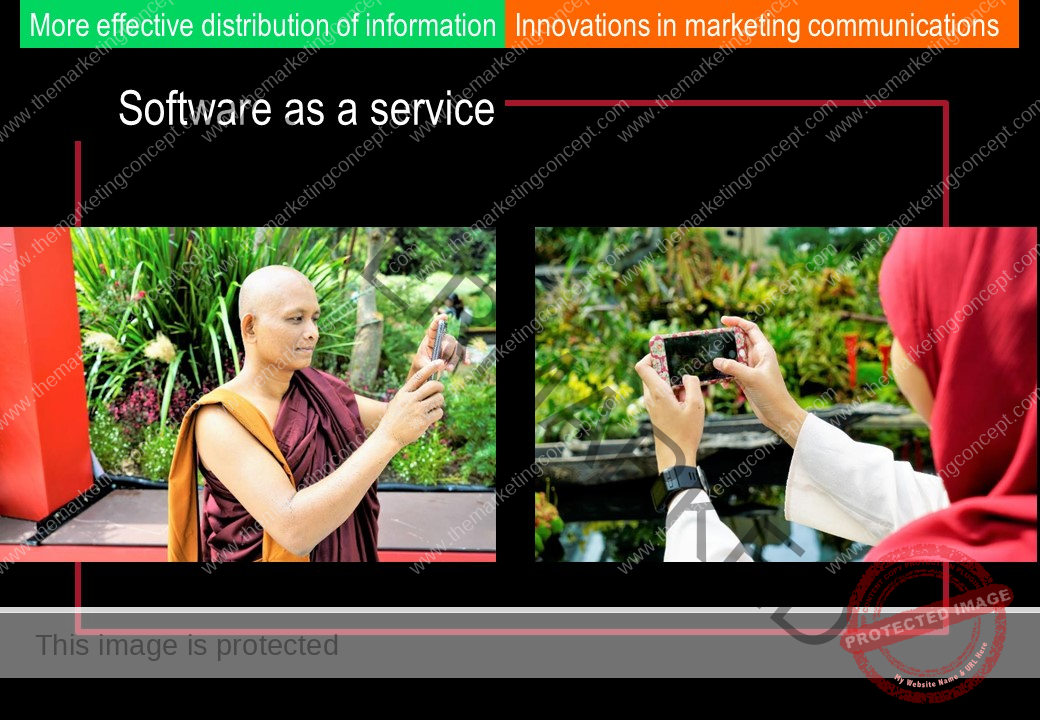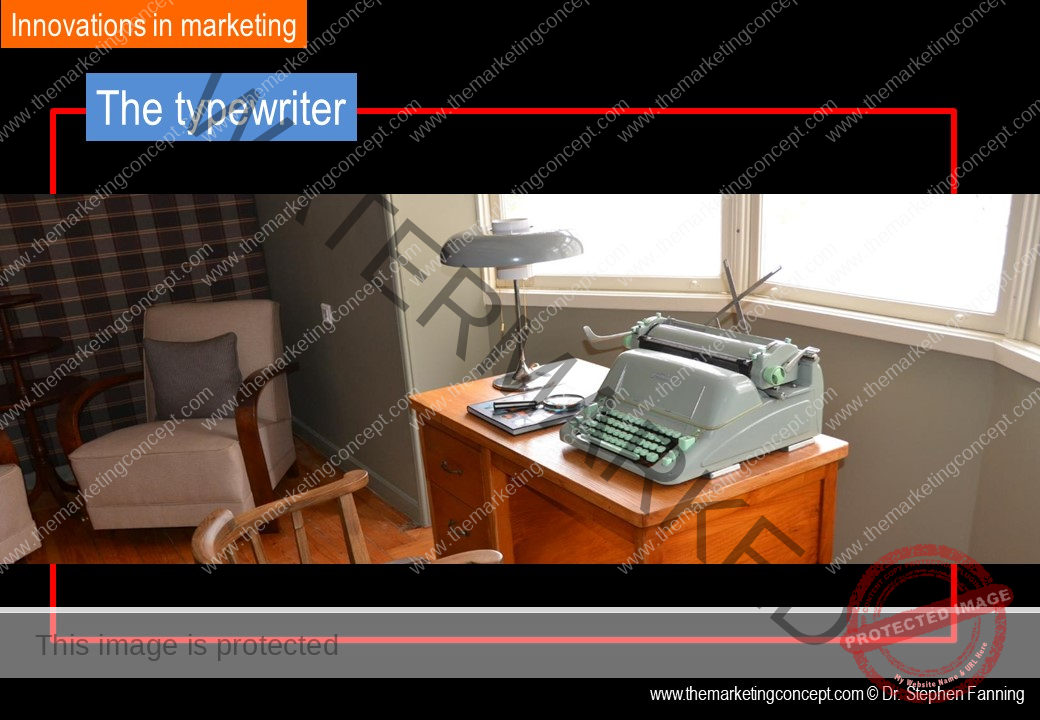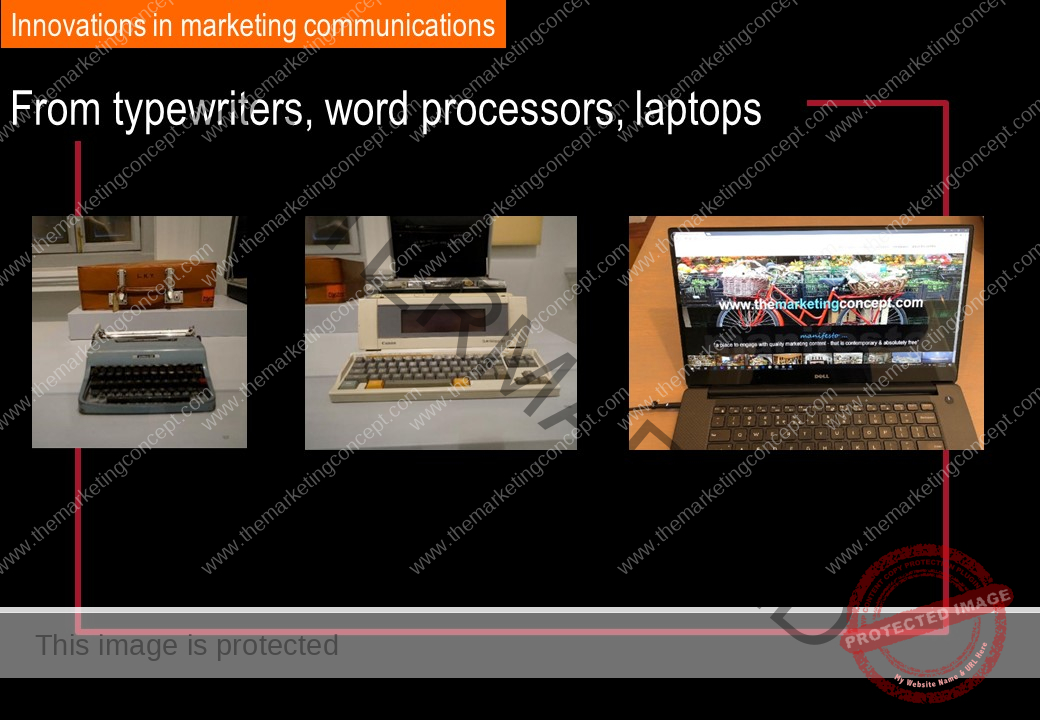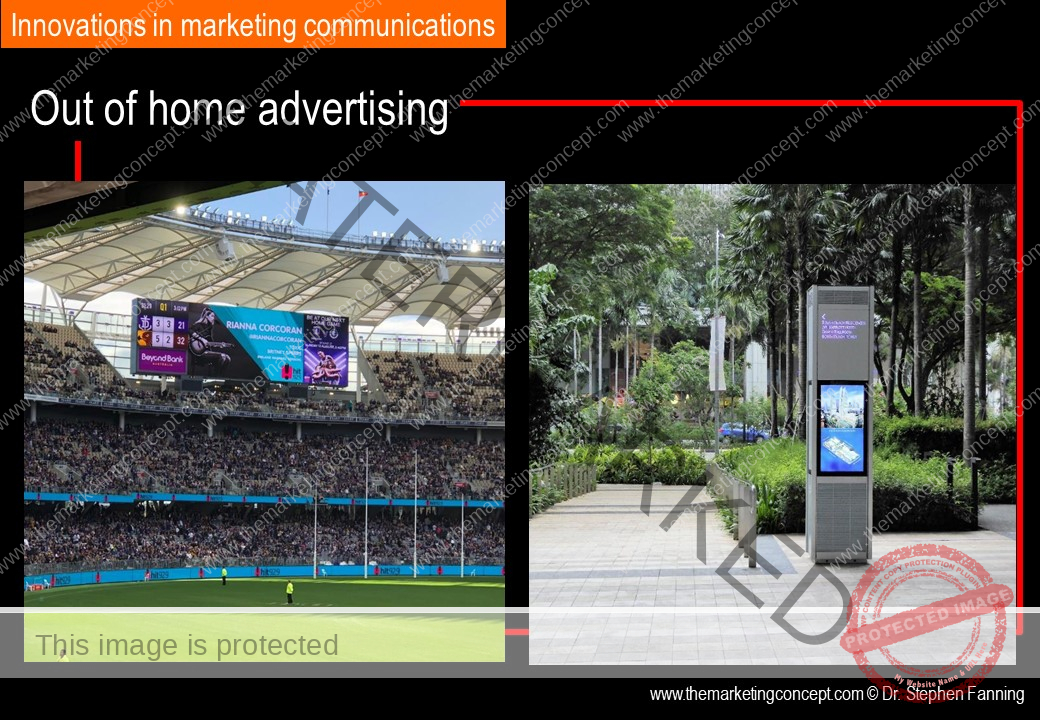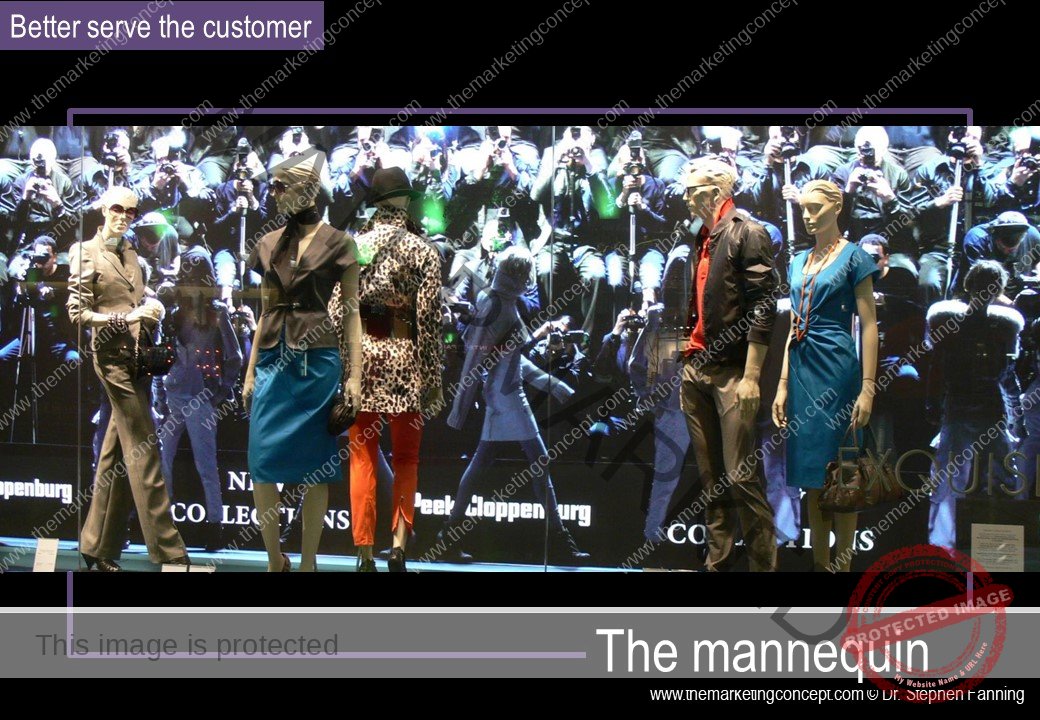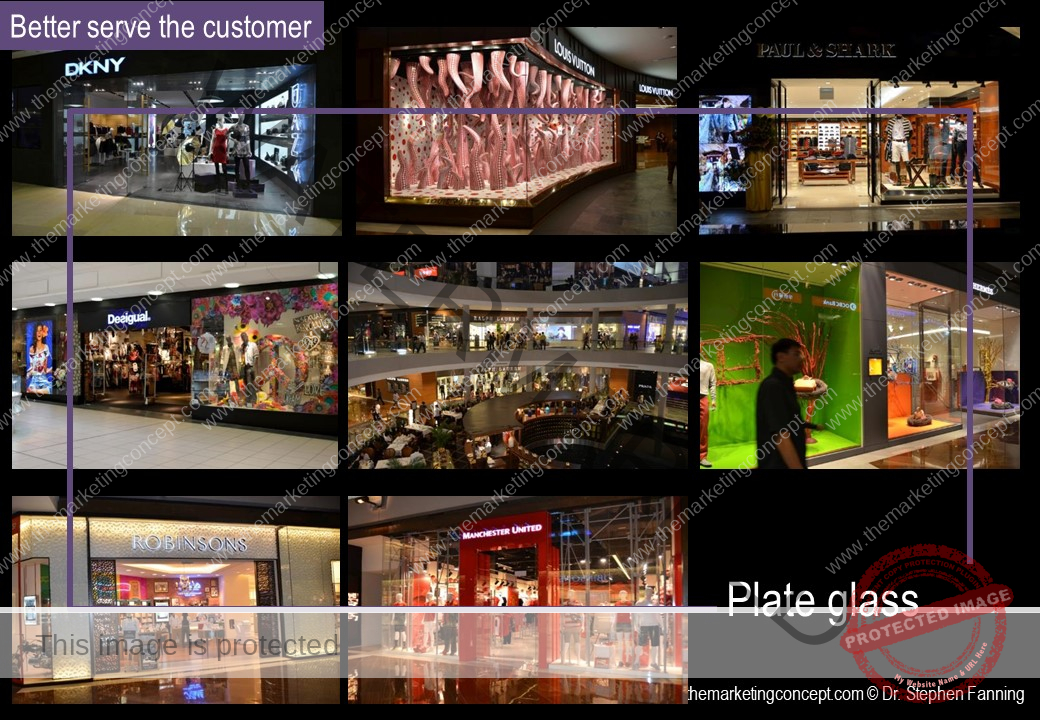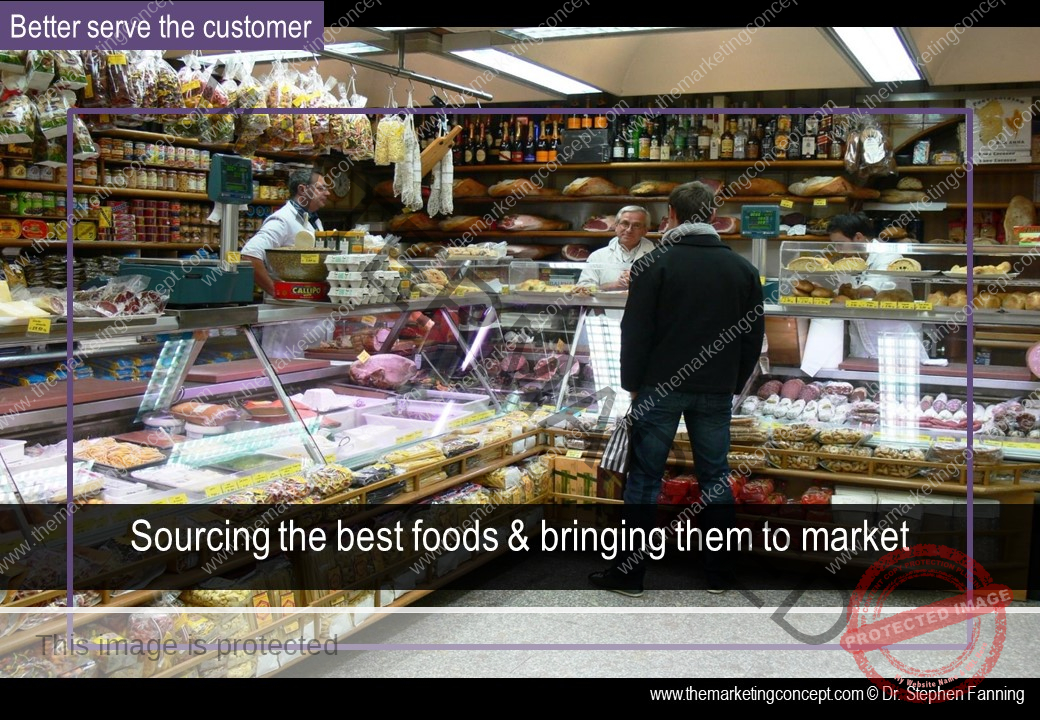
1:2:1 The evolution of marketing [a societal perspective]
The first chapter in the evolution of marketing explores the practice of marketing from a societal perspective. In this chapter we present marketing as an ancient custom that, in hindsight, has evolved in a logical step by step process. This chapter explores the advances in society, the evolution of the consumer, and the evolution of industry.
We explore how people evolved from nomadic hunter-gatherers, where they lived a life as pure consumers and then settled and evolved to become producers and consumers. We discuss how some people then began to specialise and to provide services that enabled markets to develop and to become more efficient and effective. Today, people are rarely producers and consumers and mostly live a dichotomous life as producers or consumers. What this means is, that in the past people were more actively involved in the production and consumption process – if they wished to consume – they must firstly produce. With specialisation production and consumption became separate activities.
The objective of this module is to provide the necessary background knowledge to understand how society has arrived to where it is today. A series of notable events are presented – when the notable events are analysed, 4 overlapping and recurring patterns can be identified; these identifiable patterns help to explain how customers, organisations, the market, and products remain in a continuous state of evolution. The 4 recurring patterns could be described as 4 market quests and are particularly important when marketing practitioners are conducting a marketing audit and when designing and developing a marketing plan and implementing and evaluating marketing action plans.


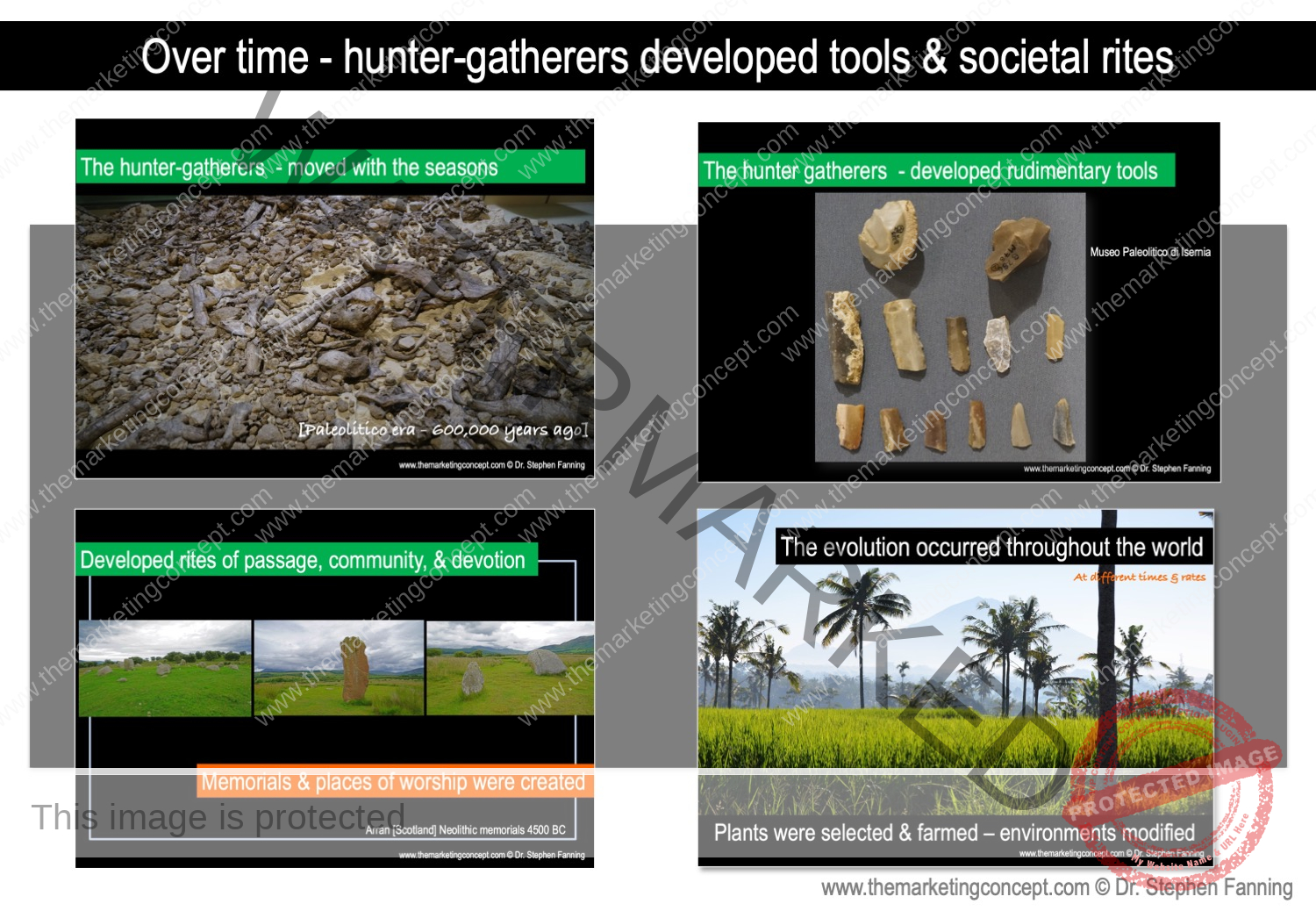
Hunter gathers would bring the bones of animals to a collective site, employ rudimentary tools, in time became fascinated with the afterlife, and how this evolved differently in societies.
At a dig in central-southern Italy, archaeologists discovered a tooth of a ten-year-old amongst the animal bones, they also uncovered rudimentary tools including tools employed to drill through the bones to enable the marrow to be extracted from the bones. What is also interesting is that some of the bones are of animals [e.g., elephants] no longer found in Italy.
Although Scotland is strongly associated with the industrial revolution, it has an ancient history and there are a number of sacred sites where burial rituals were performed.
Keep in mind that the Neolithic Revolution was not one distinct event, but rather an evolution that unfolded gradually and according to the society. Therefore, marketing practitioners should be mindful that [even today] different markets will have unique situational factors that need to be uncovered and considered.
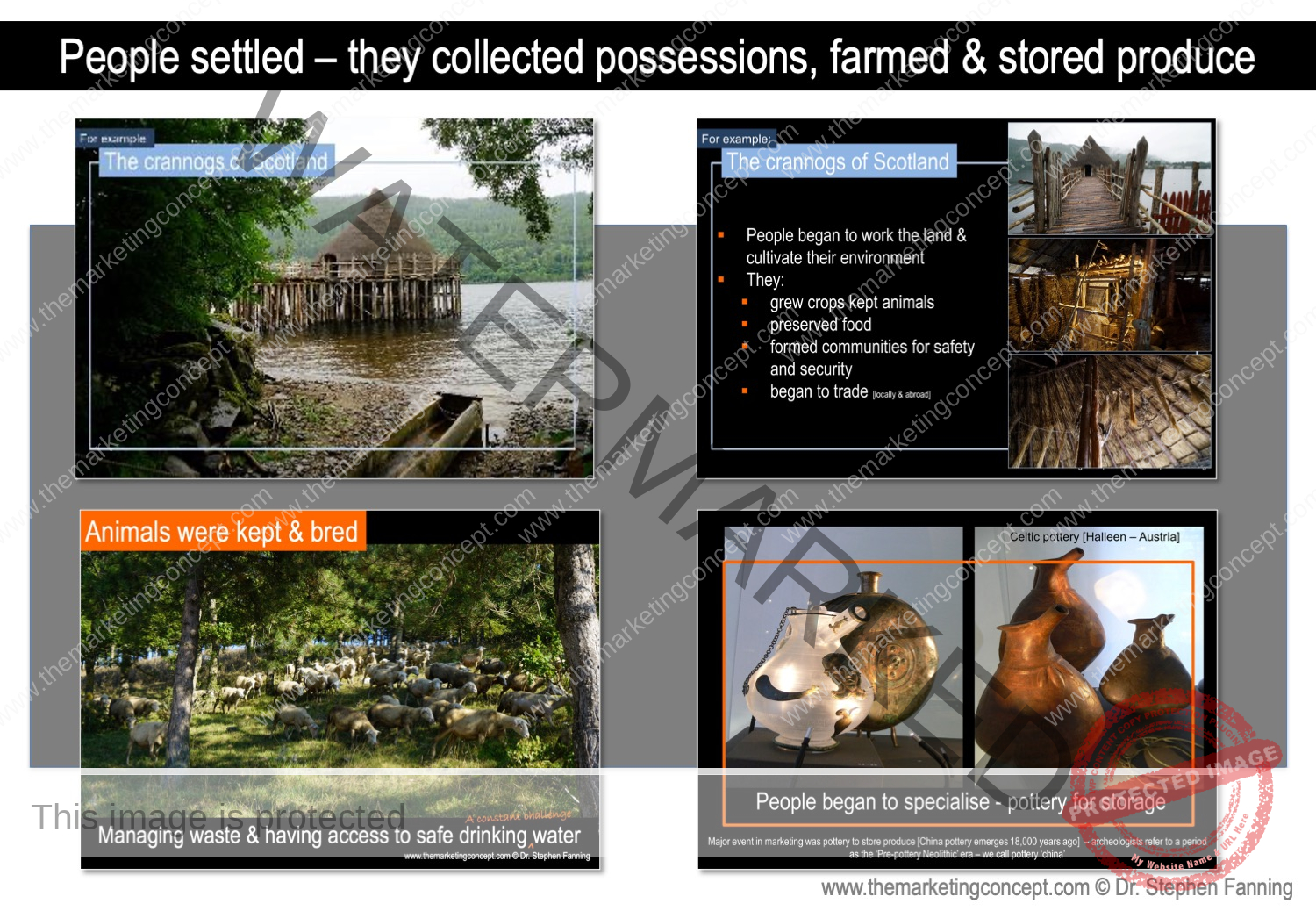
As people became sedentary, they needed to store food, they kept animals, and had other possessions, however, this made them vulnerable. For protection from marauders and from the weather they came together, built shelters and formed villages.
In time and for protection, peasant farmers formed villages. The crannogs of Scotland are an early example of the transition to village life. A crannog is a large timber framed roundhouse that protected a community and their possessions [e.g., food and livestock]. The crannogs were built over water and joined to the land by a wooden bridge, for defence part of the bridge could be removed. During the day people farmed the land and fished the waters but retreated to their crannog to eat and sleep.
In a quest to better store and serve food and drink people invented and the produced pottery. Pottery is one of the greatest advancements and one that provided archaeologists with tangible records of past societies. The Celtic pottery in Fig. 21 shows sophisticated and highly decorative pottery and how different designs were produced for different functions. Being a specialist trade pottery identifies how communities began to evolve from peasant farmers into specialisations.
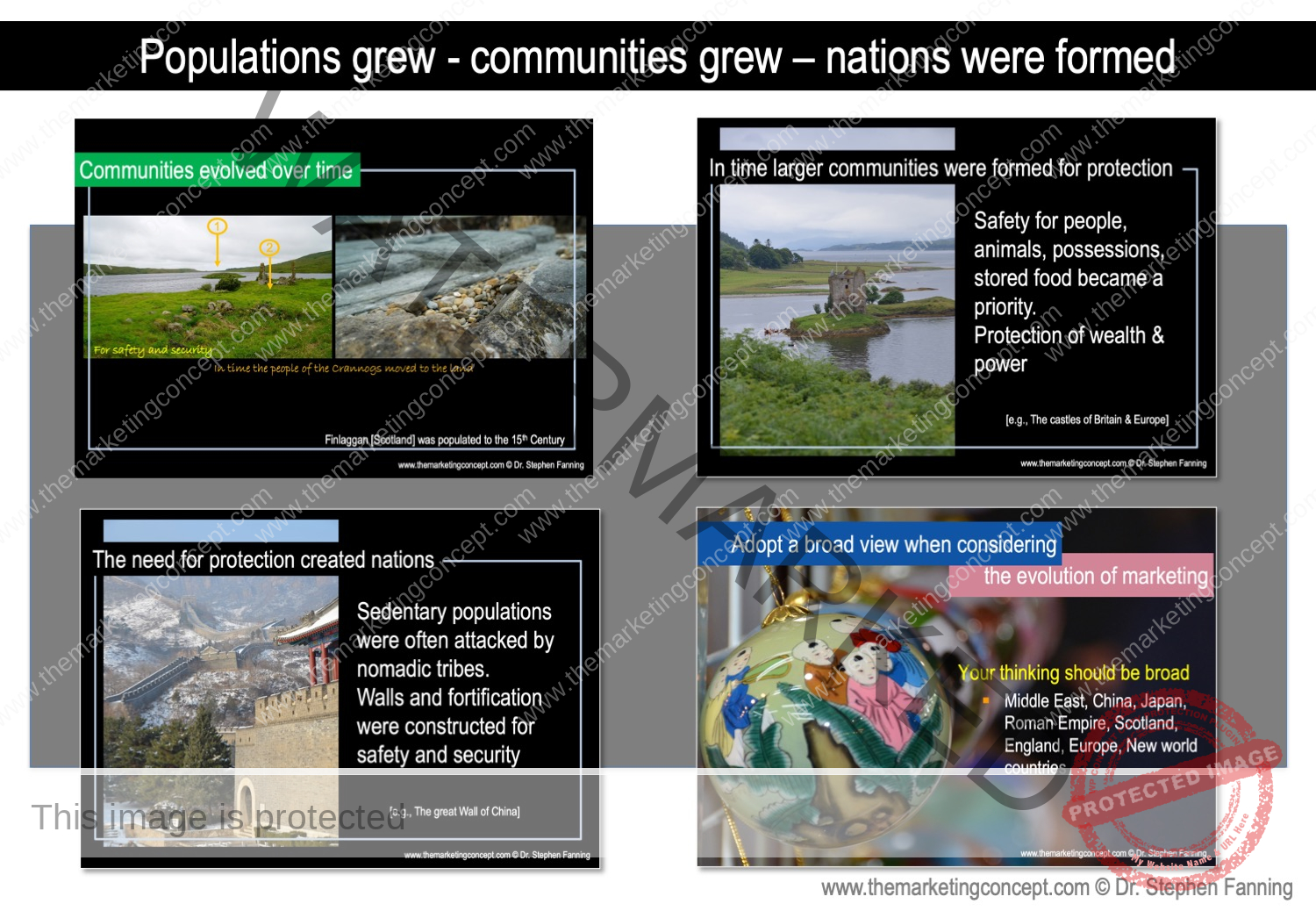
In time villages were established, many were walled and fortified for safety and protection of people and possessions. In time populations grew, a great example of the increasing need for safety and protection is the Great Wall of China. It is hoped that a broad view of the evolution of marketing is considered rather than a one country view.

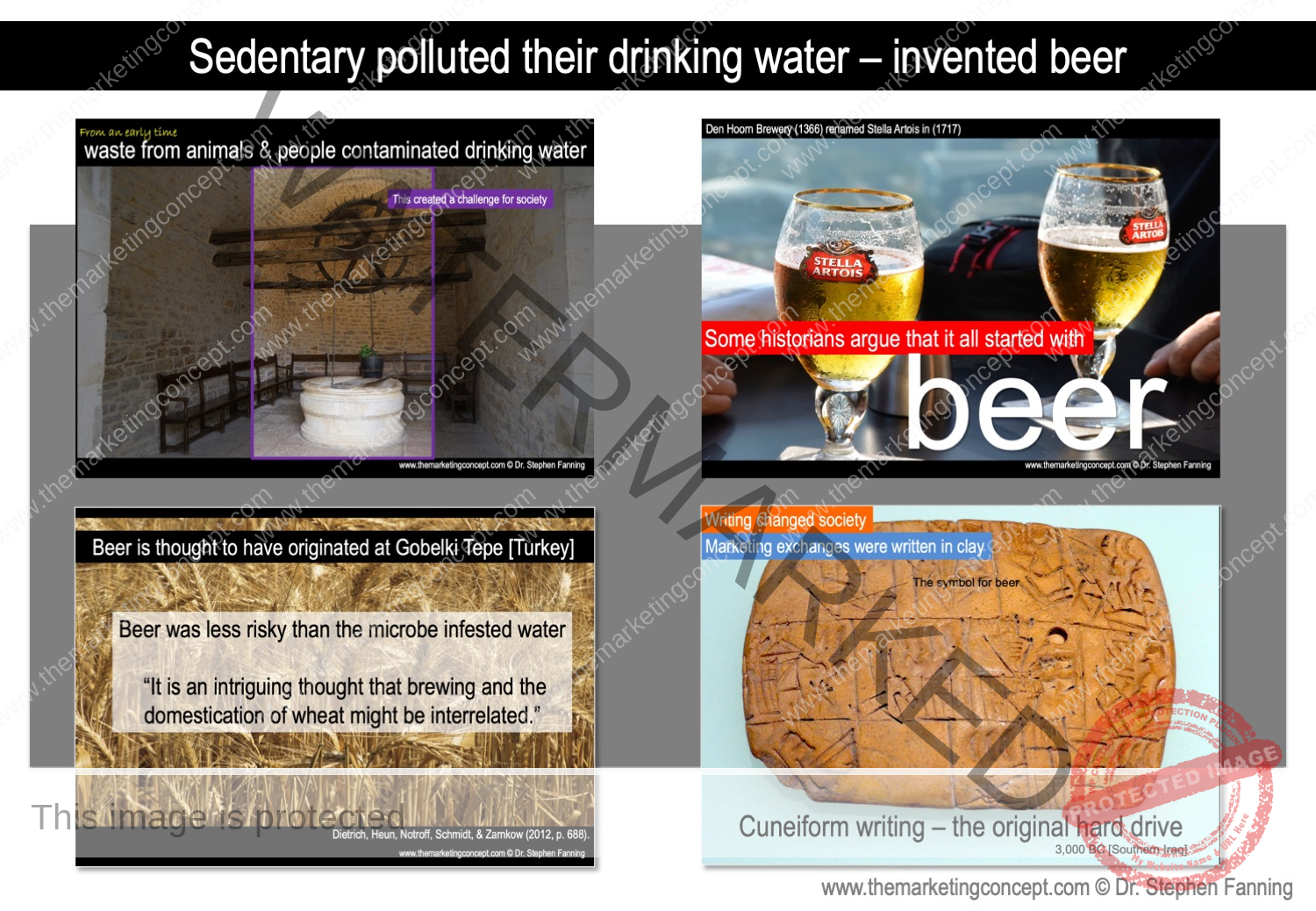
Initially people, to access clean drinking water, began to dig deeper wells, however, regardless of the depth the wells became microbe infested and unsuitable for drinking. Infected water has long been a challenge of societies.
In time beer was brewed, this led to the farming of cereal crops, the selecting and storage of the best seeds. Three distinct groups emerged – farmers, brewers, and consumers. Interestingly some brewers today support clean drinking water projects in 3rd world countries.
In areas suitable for grape growing, grapes were fermented into wine and the wine was mixed with water to purify the water and provide calories [rice is also fermented to wine].
Cuneiform writing was developed in Mesopotamia [the land between the Tigris and Euphrates Rivers and often described as the ‘cradle of civilisation’]. The tablet was photographed in the British Museum in London is thought to be 5,000 years old. Transactions were etched into wet clay, the clay ‘tablets’ were dried. In this clay tablet, the symbol for beer is visible 3 times. Note how the writing is icon based [logo-syllabic]. Archaeologists comment that it would be a mistake to consider this a simple form of writing as it was employed and understood by people speaking multiple languages.
What are the similarities between the icon on the clay tablet with the software icons on a laptop or phone and do these icons span a number of languages?
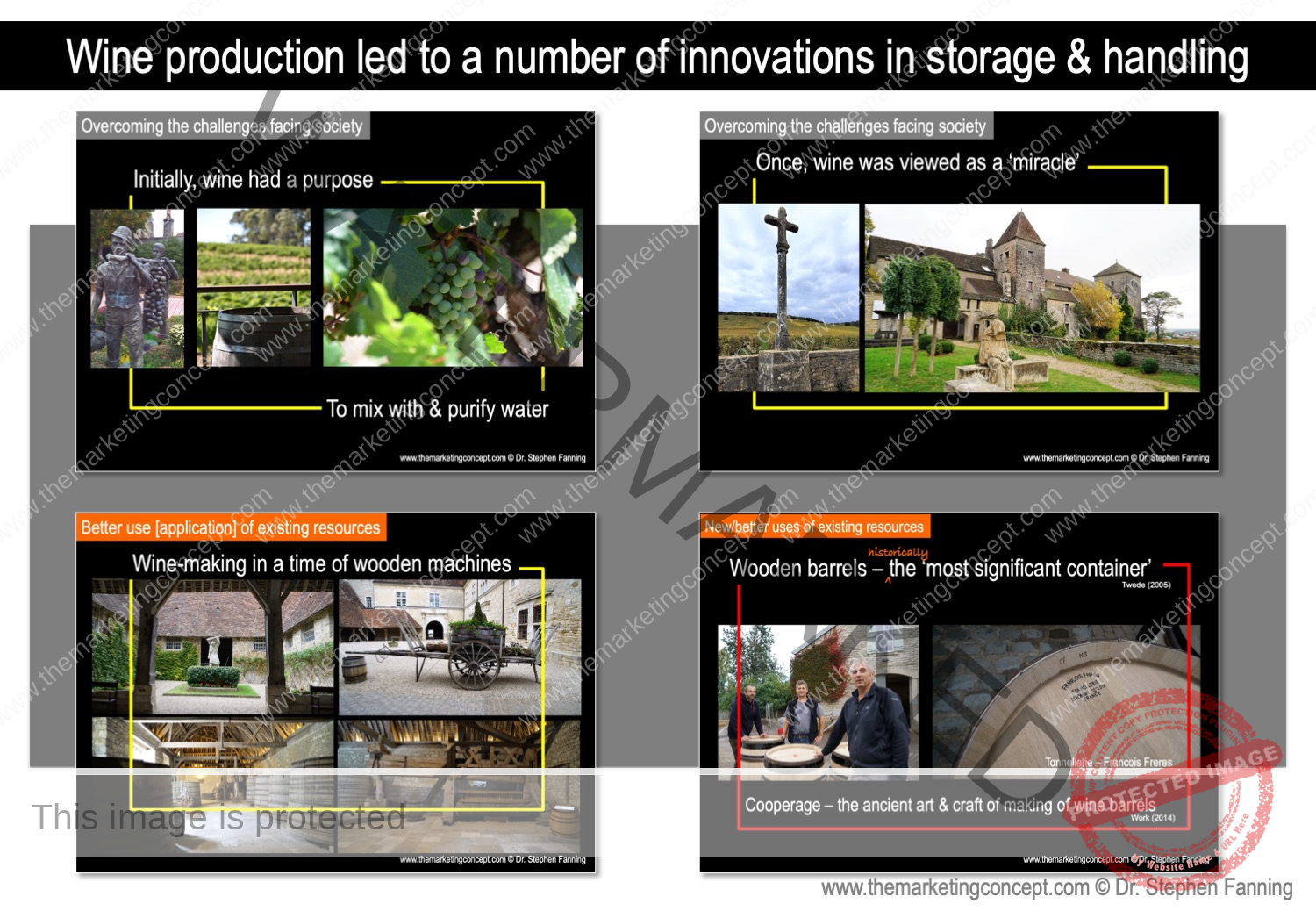
Initially the fermenting of grapes to wine was seen as a method of purifying infected water. This was promoted as a miracle by religious orders and nobility who often controlled the production, promotion, and distribution of alcohol. A system of marketing and distribution that was disrupted in France during the French Revolution. Wine was/is used in religious ceremonies.
Monasteries such as the one photographed at the Château du Clos de Vougeot in Burgandy, France had wooden framed structures and often had large wooden wine presses and large wooden vats. The workmanship of the wine making machinery in the in this collection is from a time before steel when wood was plentiful. A visit to the Château du Clos de Vougeot provides a 900-year insight into the history of wine marketing.
Although stainless steel vats have largely replaced wood in the production process, it should be highlighted that wooden barrels are still used to store and flavour alcohol. In some industries used wooden barrels are passed-on from other producers to provide unique flavouring. Whisky producers generally source used barrels [wine, sherry and port] to add colour and create a more complex and favourable taste than what can be achieved through the distilling process. The type of wood influenced the taste and Oak is preferred. Coopers also char or toast the inside of a barrel to add flavour – a trade rich in history.
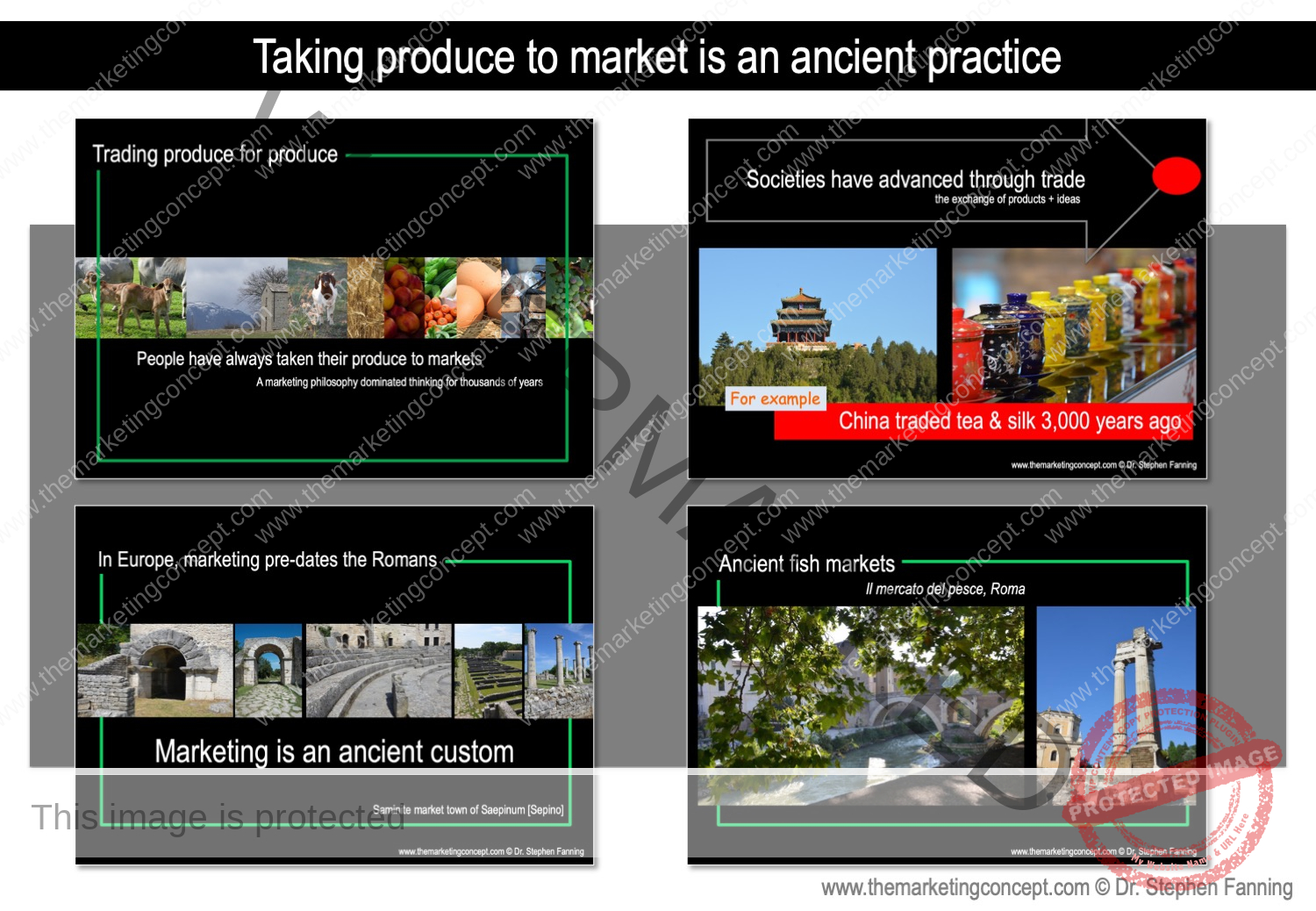
The early days of markets. Markets often formed at the intersection of two paths. Initially informal, some became permanent and ‘market towns’ emerged. An example of one such town is Saepinum [now known as Sepino]; an ancient pre-roman market town around 130km south of Rome in Italy.
In time trade developed between different towns and in time became international. The advances by the Chinese, the Romans, and the Portuguese are of note.
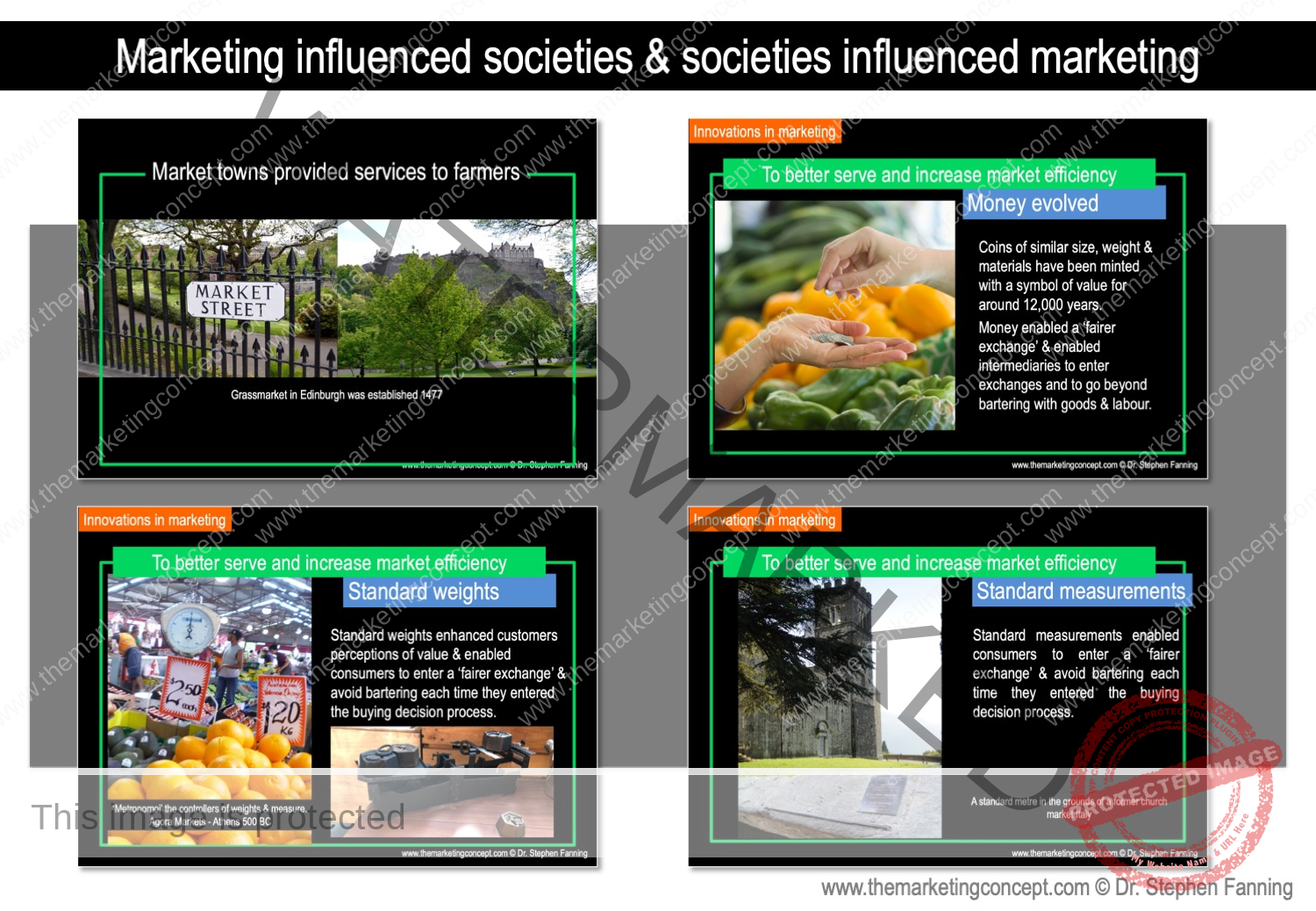
Markets – places where sellers and buyers came to satisfy their needs became a common feature of many towns and they were recognised by authorities as ‘market towns’. To facilitate a fair exchange common money, standard weights, and standard measurements were introduced.
One feature of markets was that they recognised the title of the goods sold and market exchanges recognised the transfer of the title and protected buyers from claims that they may have stolen the goods, however, it made those who entered transactions outside a market open to accusations. Markets have long attracted the taxes and attention of authorities.
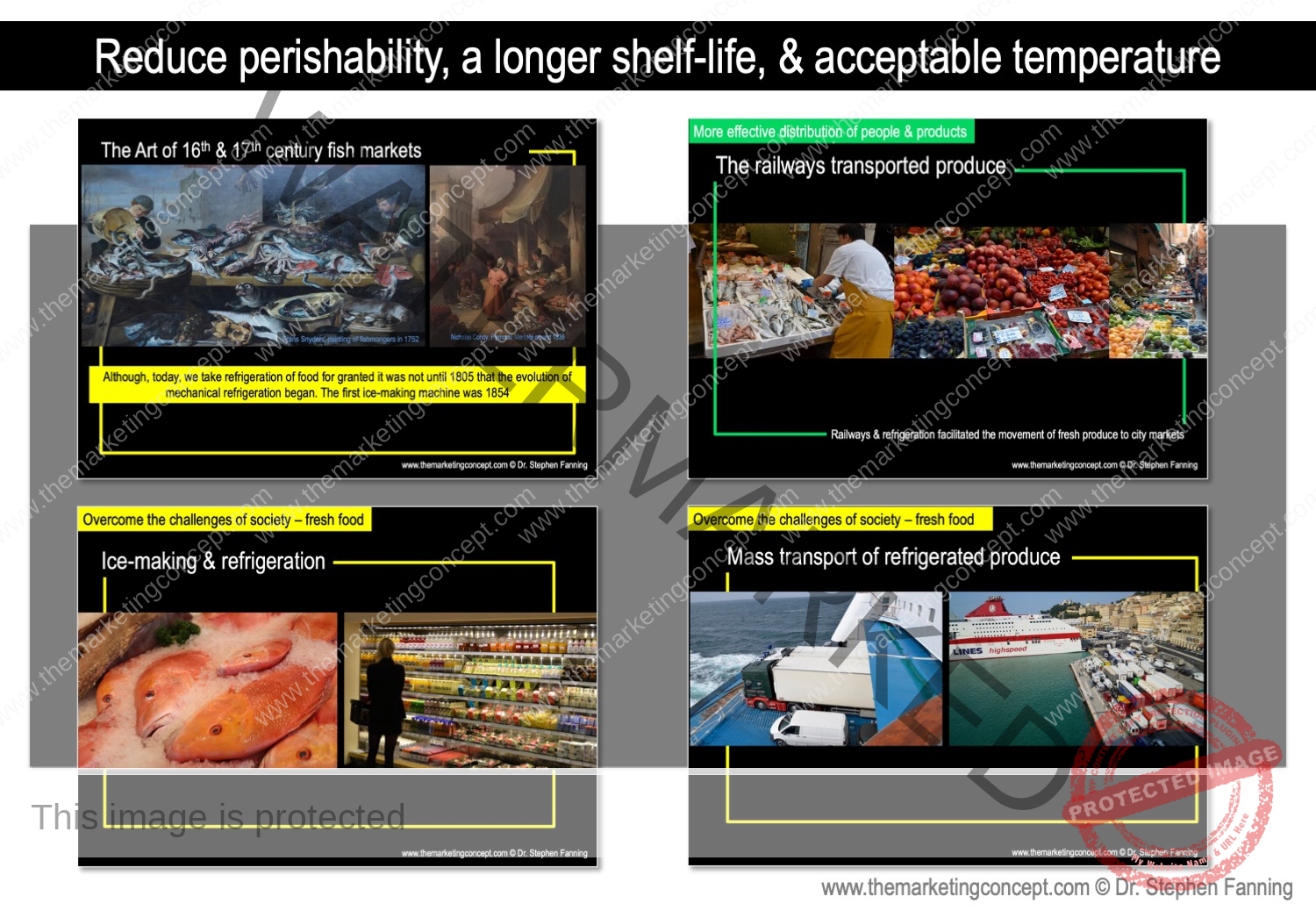
Prior to the inventions of ice-making and then refrigeration food had a limited shelf-life. James Harrison was a Scottish-Australian, the son of a fisherman and editor of an Australian newspaper. Harrison noticed that some of the printing liquids were cold when touched. This sparked his interest in refrigeration. At the time Australia was importing ice and he felt that a cheaper and more convenient alternative would overcome the challenges of society.
In time refrigeration evolved and progressed to include large, refrigerated spaces, the cooling of retail display cabinets, truck containers, and the household refrigerator. What you may spot is that refrigeration is a service provided by machinery. In recent years new refrigerant gases have been developed to minimise the environmental effect.
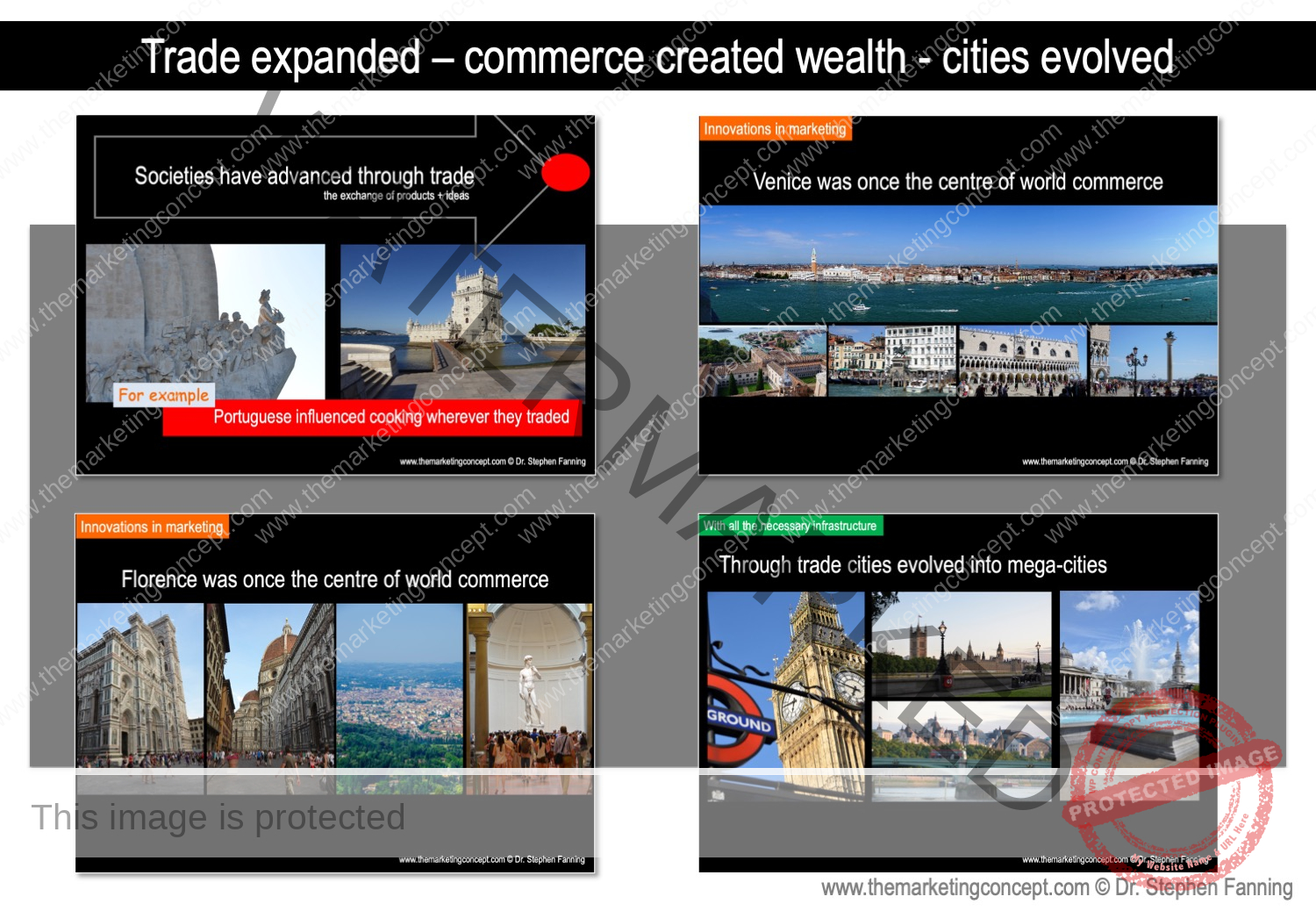
The industrial revolution attracted people to the towns and the towns became cities, however, no city was prepared for the increased likelihood of infection.
For example, the population of Liverpool swelled due to the influx of immigrants seeking work. Life expectancy in Liverpool was 19 years. Scottish engineer James Newlands designed and managed the construction of the Liverpool sewage system. The project which included flushing toilets in tenements and public buildings took 11 years and was completed in 1869.
London for many years experienced what was referred to as the ‘Great Stink’ caused by a mix of industrial effluent and human waste discharged into the Thames River catchment. Regular outbreaks of cholera occurred. In addition, the cesspits caused methane gas and explosions and fires were common. As the Liverpool project was nearing completion London began a similar project, the objective was to improve the health and life expectancy of the population.
If you have ever walked along the Thames embankment in London, you are actually walking above the main sewage pipes. Initially the raw sewage was discharged untreated, however, The Thames is a tidal river, and the effluent often came upstream with the rising tide. It appears as if societies often make progress only to be presented with another problem.
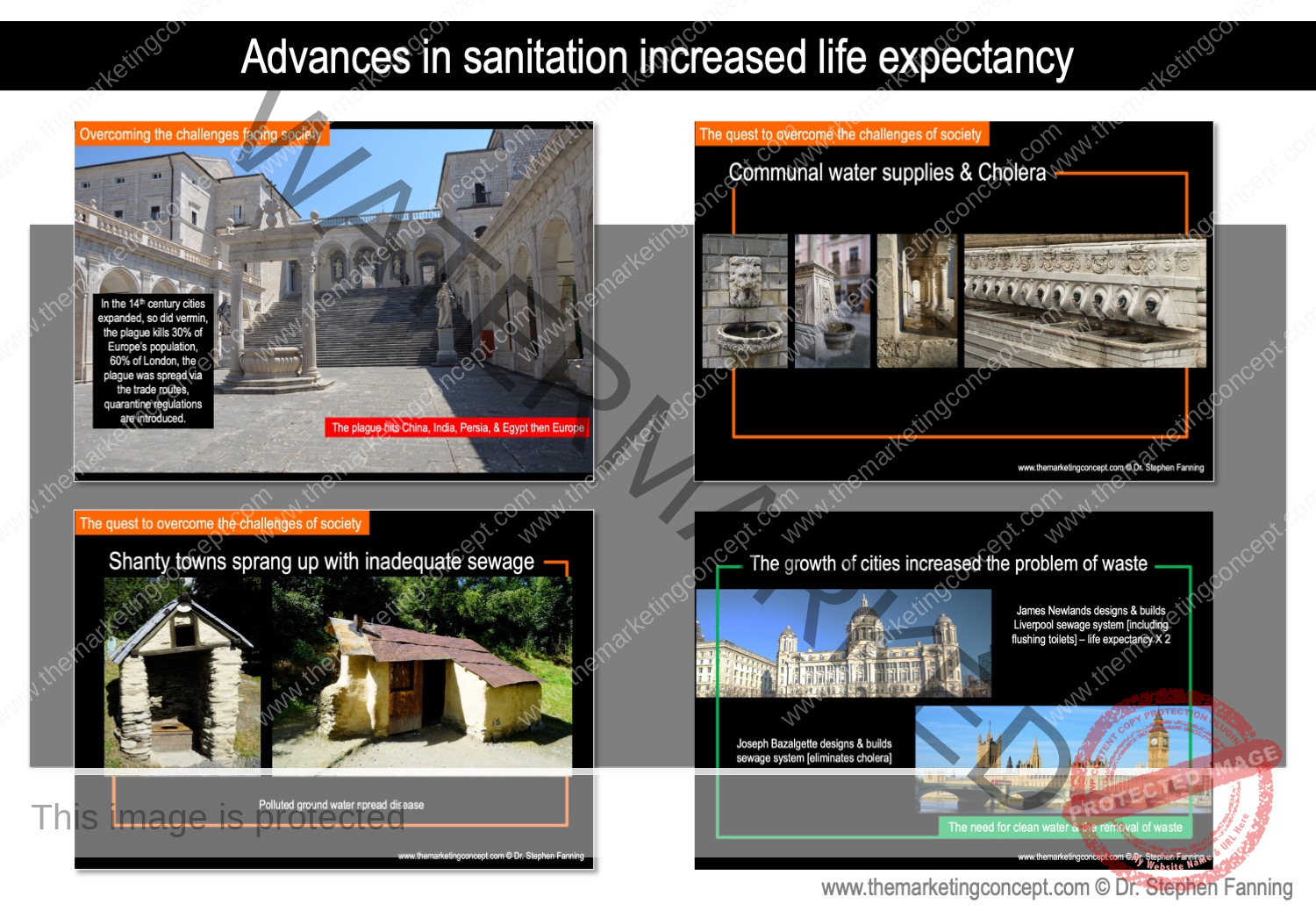
As trade expanded cities evolved some such as London became mega-cities. What is also interesting is that as each society evolves the world of commerce evolves. Florence, whilst known as the banking centre of Europe in the Middle Ages was also known for great advances in the arts and sponsored many great artists such as Da Vinci and Michelangelo.
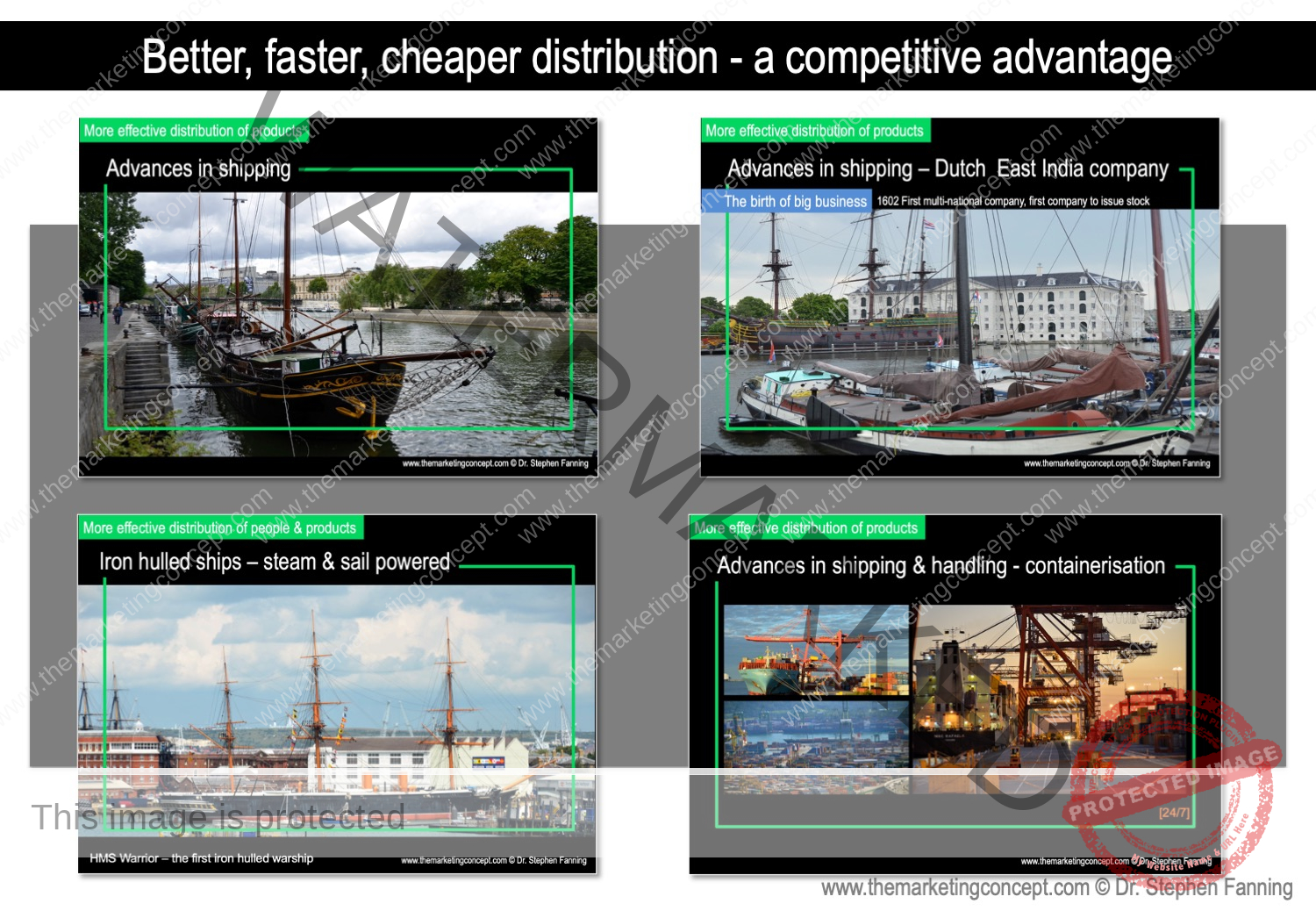
In the above collection we can see how trade developed from small sail powered coastal boats, these were before the time of steam power and were often at the mercy of the tides and the wind.
The beginning of global trade can be traced back to the Dutch East India Company, this was what is commonly referred today as ‘crowd funded’ however it is also the first company to issue stock. Therefore, we could say that the Dutch East India Company is the beginning of the stock market.
We can also see one of the first sail/steam/iron ships, what is also interesting about this ship is that it was a diversification strategy by a railway company. The idea was that wealthy passengers would pay a premium to travel in luxurious surroundings, however, the idea was a little before its time.
Prior to containerisation cargo was loaded individually, the people who undertook this task were often referred to as ‘lumpers’ as they lumped cargo up the gangplanks and into the ship.
Today container ships are a common sight, the idea of container ships is older than most think. The integration of freight over sea and land was common in Roman times. However, the modern container ship had its origins in improving rail and ship transport, today many containers move between ship transport and road transport.
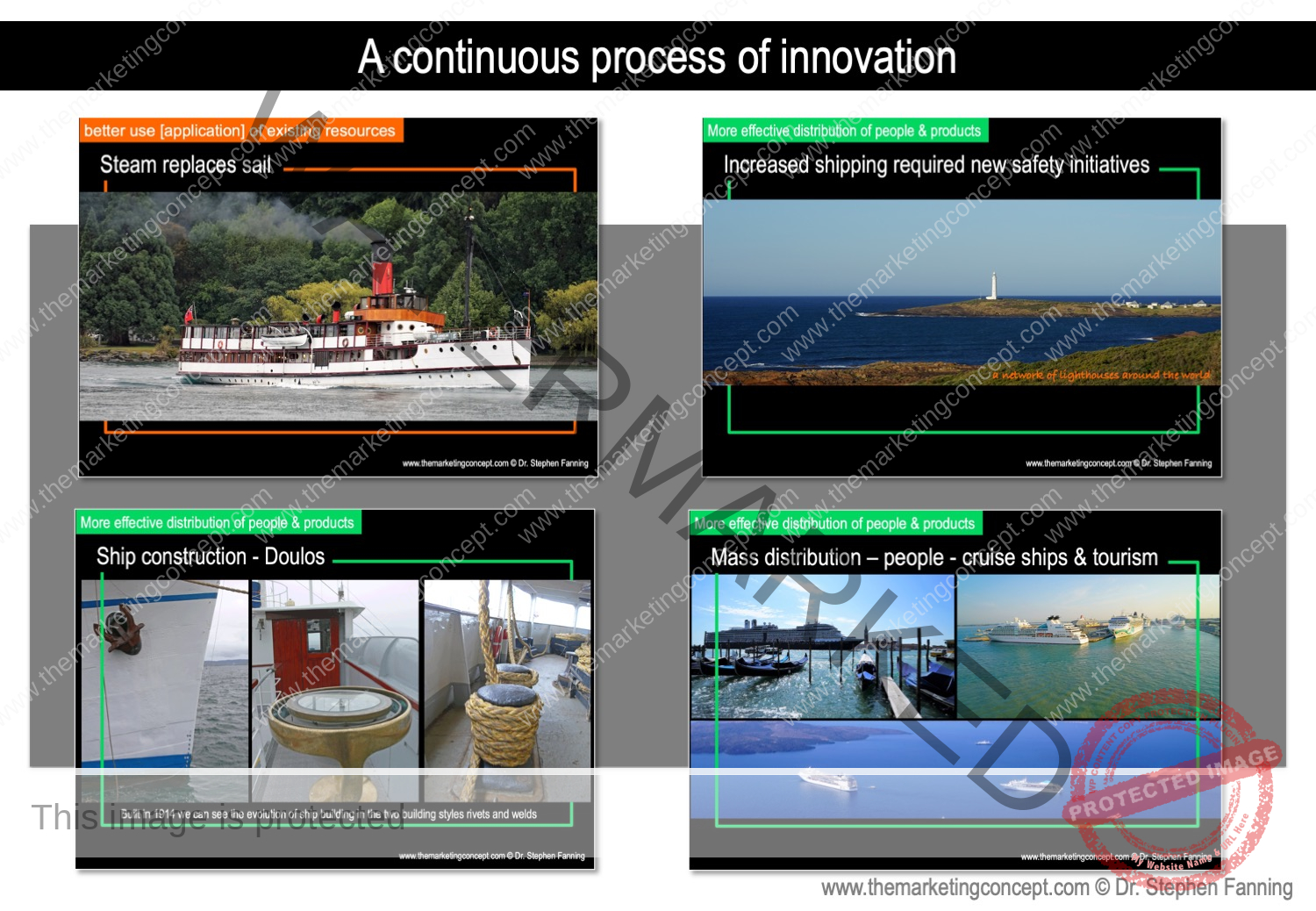
In this collection the innovations of steam and steel from the railways are applied to shipping – we note how innovations in one industry are applied in another.
With concerns for safety of vessels, people, and cargo a network of lighthouses was established to lower the risks associated with shipping. Managing risks and minimising financial losses associated with shipping have long been part of international trade, with archaeologists uncovering ancient maritime insurance contracts in cuneiform writing and around 4,000 years old.
Initially, rivetted steel ships were an extensions of wood building technologies. In the image of ‘Ship construction – Doulis’ we can see how an early steel planked and rivetted ship [built 1914] had a new bow added employing newer technology.
For a number of years passenger ships were an important means of transport, with the popularity and convenience of air travel the passenger numbers declined. However, with repositioning, a focus on the experience, and a new target market cruise ships became an important tourism industry. With large numbers of sated passengers cruise ships were criticised that they overburden the communities and did little for the economies of the destination. In 2020 cruise ships were put into mothballs as concerns for passenger safety were raised. Demonstrating that situational factors influence all aspects of marketing.
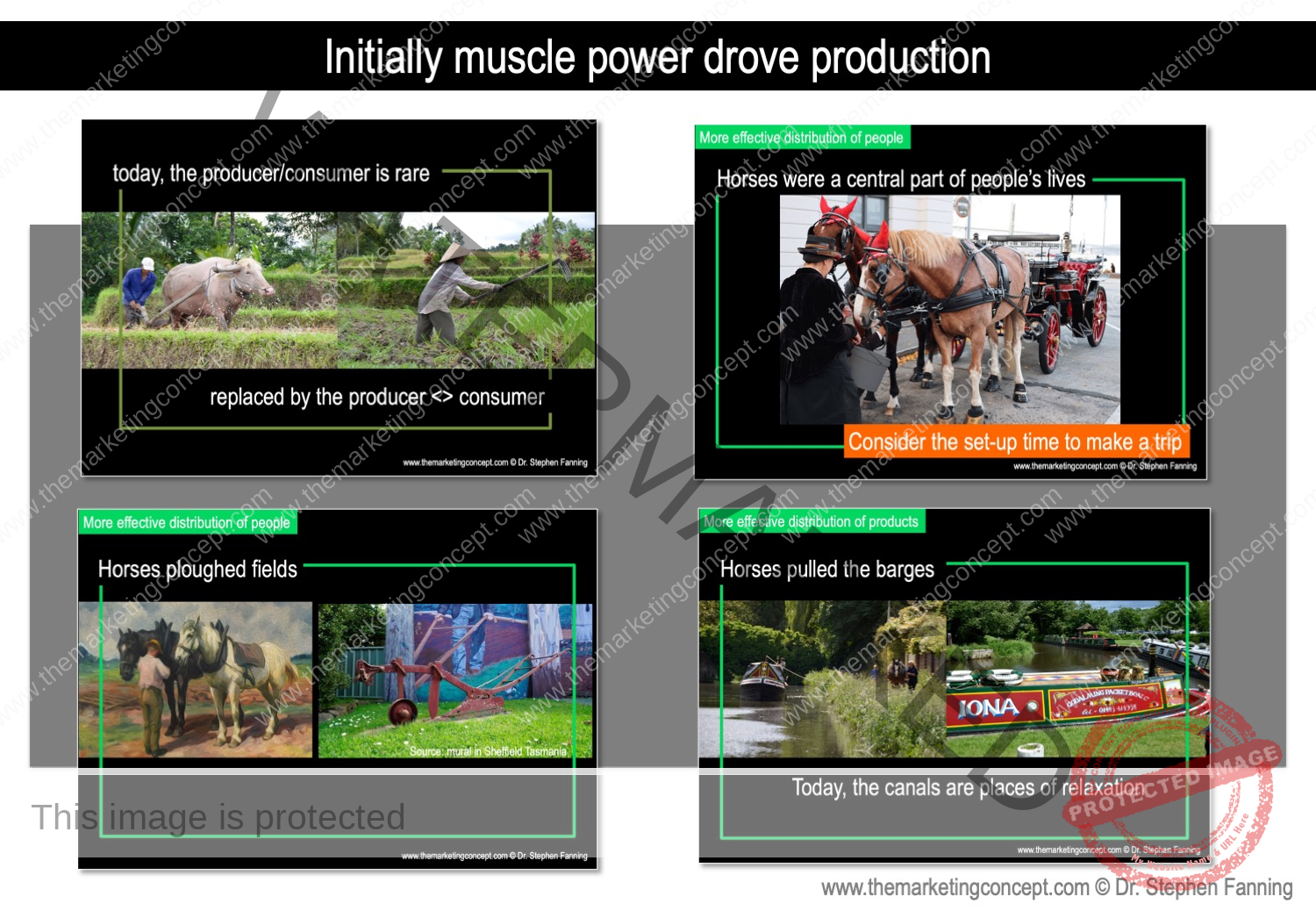
In this collection we reflect on how production was once reliant on muscle power.
The producer/consumer toiling in the field can still be found in some countries. Around 80 years ago it was a common sight in many countries, including countries in Europe, to see people toiling in the field, however, today it is a rare sight especially when men, women, and animals work together n the field to produce their food.
Today horses are seen as part of sporting events. And it is easy to overlook the role of horses and how they were a central part of many people’s lives. Horses helped plough the fields, cart the crops to market, take fallen trees to the mill, transport produce, and take families to the city.
Prior to the railways there were a network of canals that crisscrossed some countries and produce was taken by barge boats that were drawn by horses. Many of the canals are still in use today, however, they are predominantly employed for leisure.
Horses also required a great deal of maintenance and required somewhere to be stabled, regular watering and feeding, grooming, and it took time to ready a horse for work.
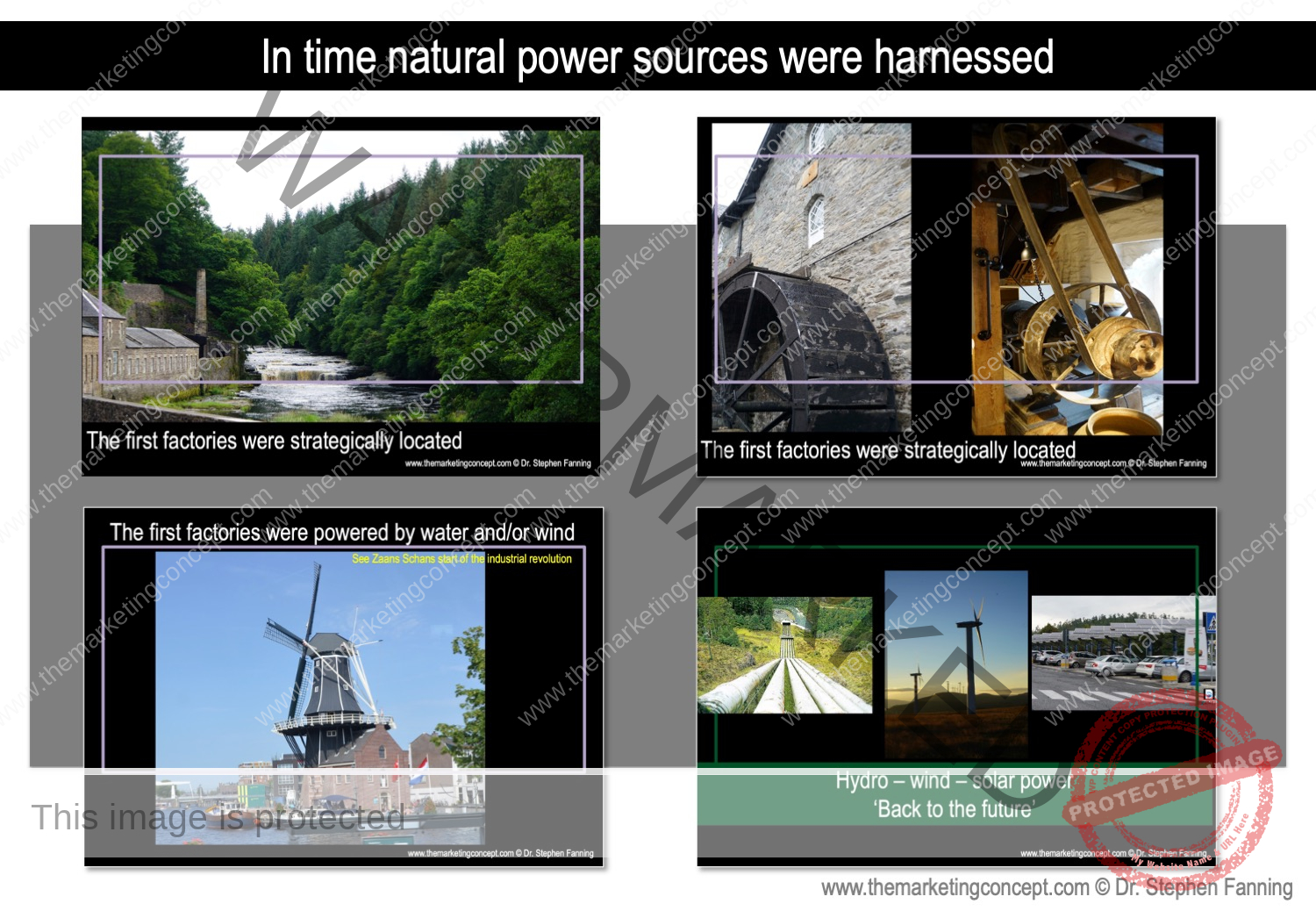
With all the talk about steam powered machinery it could lead people to think that the industrial revolution began with steam powered engines.
At the beginning of the industrial revolution England and Holland had the highest average wealth and life expectancy [around 4o years]. Both countries were progressive and with increasing wealth from trade were well positioned to take advantage of their situational factors. Availability and location to natural sources of power were key success factors.
Many of the weaving, flour, and timber mills relied on water from streams and rivers or wind power. We may think about renewable energy as something new, however, these sources of power, although simpler than today have long been utilised. What was also important for success was having access to rivers to transport to and from the mills.
In some mills animals were employed to turn the mills when insufficient natural power was available. There is documentation that animals were often given feed with alcohol as the calories in the alcohol provided the animals with additional energy.
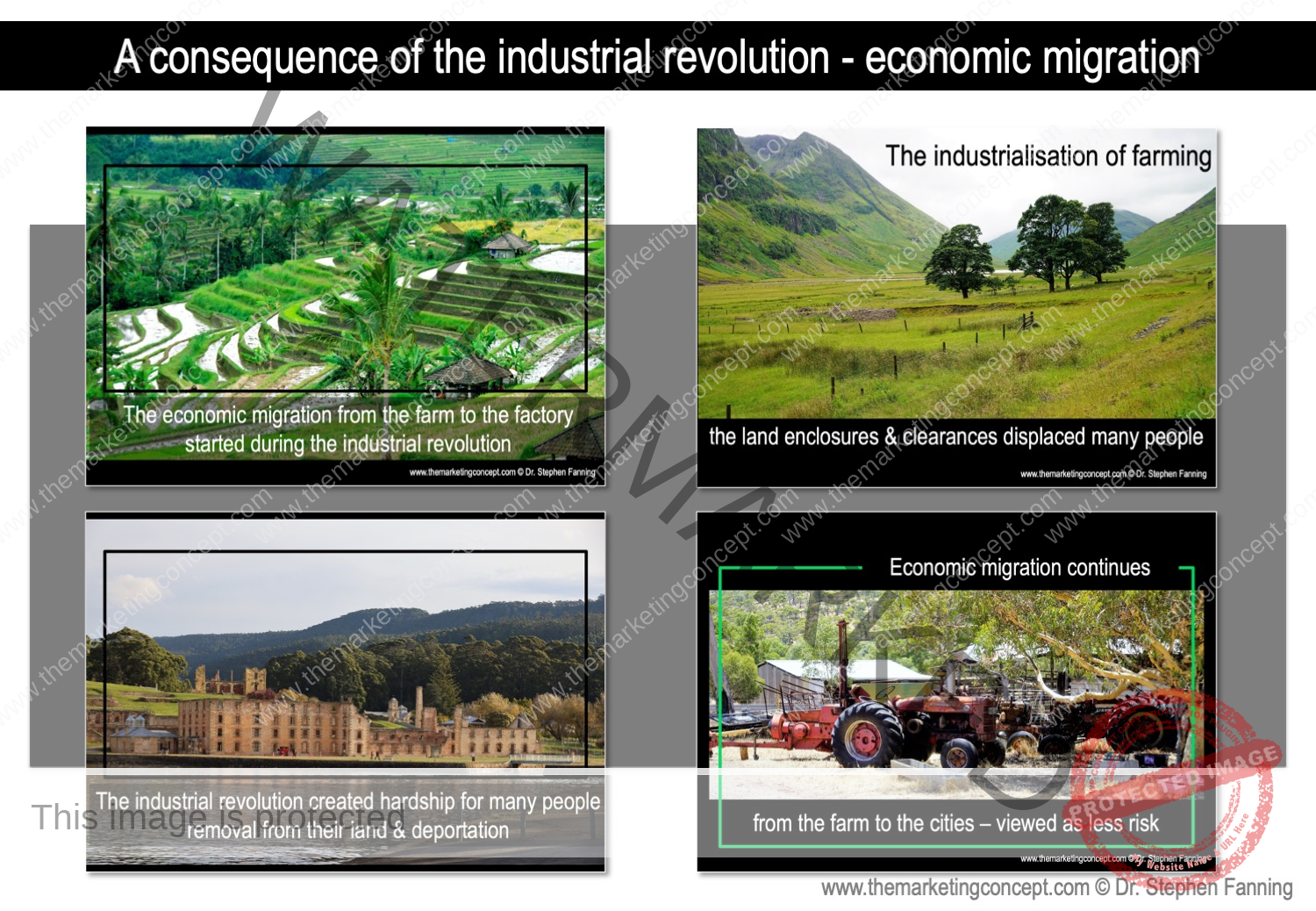
Often when we consider the industrial revolution we think of the advances in health and wealth of people. However, from a societal perspective we should also consider the industrial revolution as a period of great disruption. A time when people [in some countries] were forced off their traditional land as ‘landowners’ tried to industrialise their farms or produced high demanded produce [e.g,. wool for the mills].
Landownership was sometimes gifted arbitrary by those in power and new landowners [often absent] were often brutal. Displaced people were cleared from their land and often forced into cities. Although many were successful in finding work, the dynamic nature of the industrial revolution meant that often employment was temporary, people were forced to travel in search of work and without an income and permanent residence many were imprisoned.
When we consider these events, it is worthwhile to consider that this was an era prior to the rigours of a professional police force and an organised judicial system. A time when someone could be imprisoned and categorised as a convict without committing an offence.
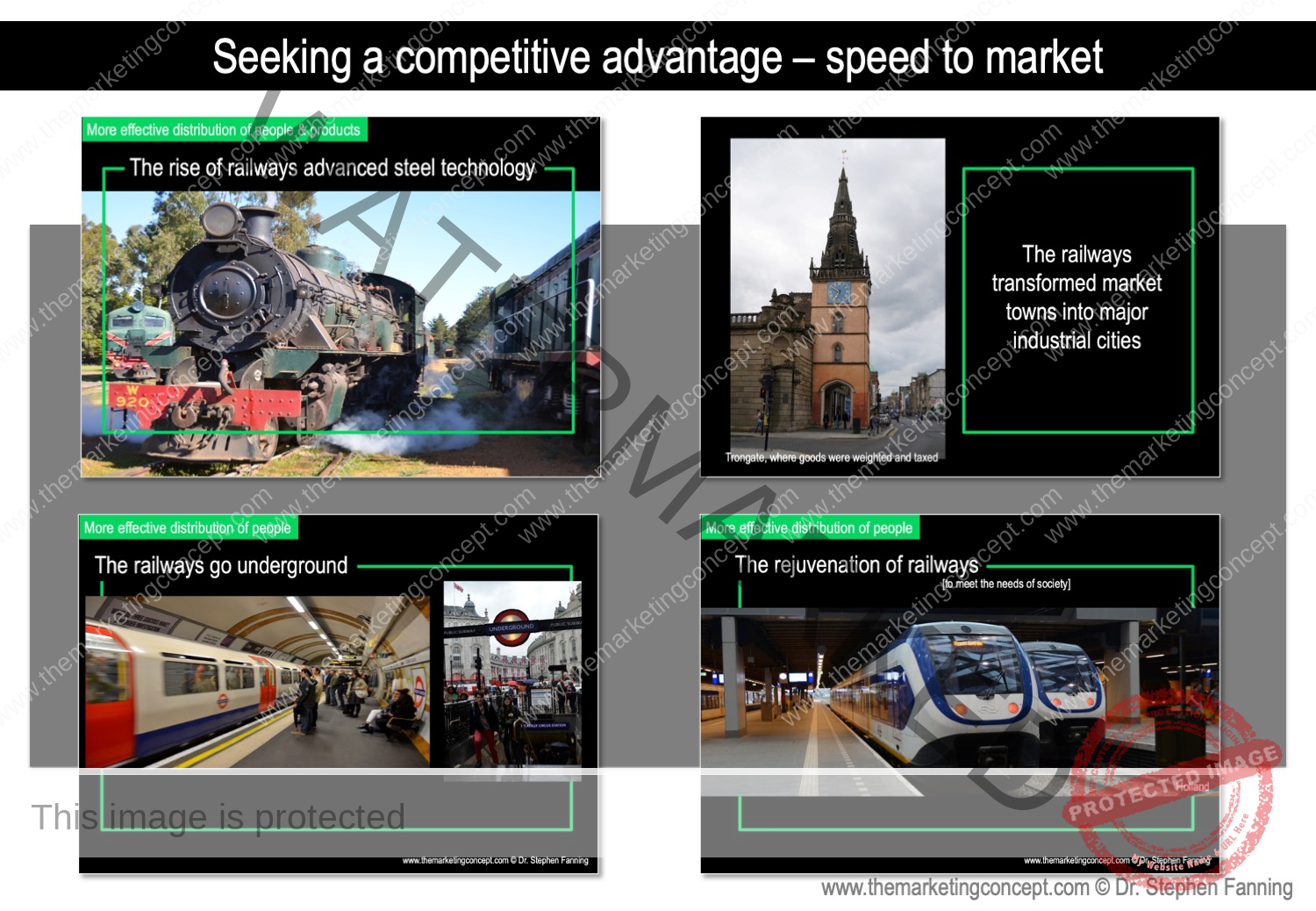
The history of railways begins with horse drawn wooden wagons laden with coal on track made of wood. However, with a demand for faster transport to increase speed to market the evolution of the railways began. Initially, it was part of the industrial revolution sweeping England, however, in time it touched all parts of life.
Although initially the was a focus on transporting good to and from factories, in time railways became the accepted and affordable means of transport for working-class people. One area of interest is that it expanded tourism as families took the train to the seaside resorts for an escape from the city and the pollution.
In London the railway networks arrive at terminals at the edge of the city, however, as the city grew and to effectively and efficiently move people throughout the city and with no space for above ground trainlines the railways went underground, initially steam powered the were soon electrified.
Many may take the London underground network for granted, however, when it is considered the time and endeavour it is truly a remarkable event for society.
Today in many countries the railways have been rejuvenated and have found a new following. In many countries high speed trains connect cities.
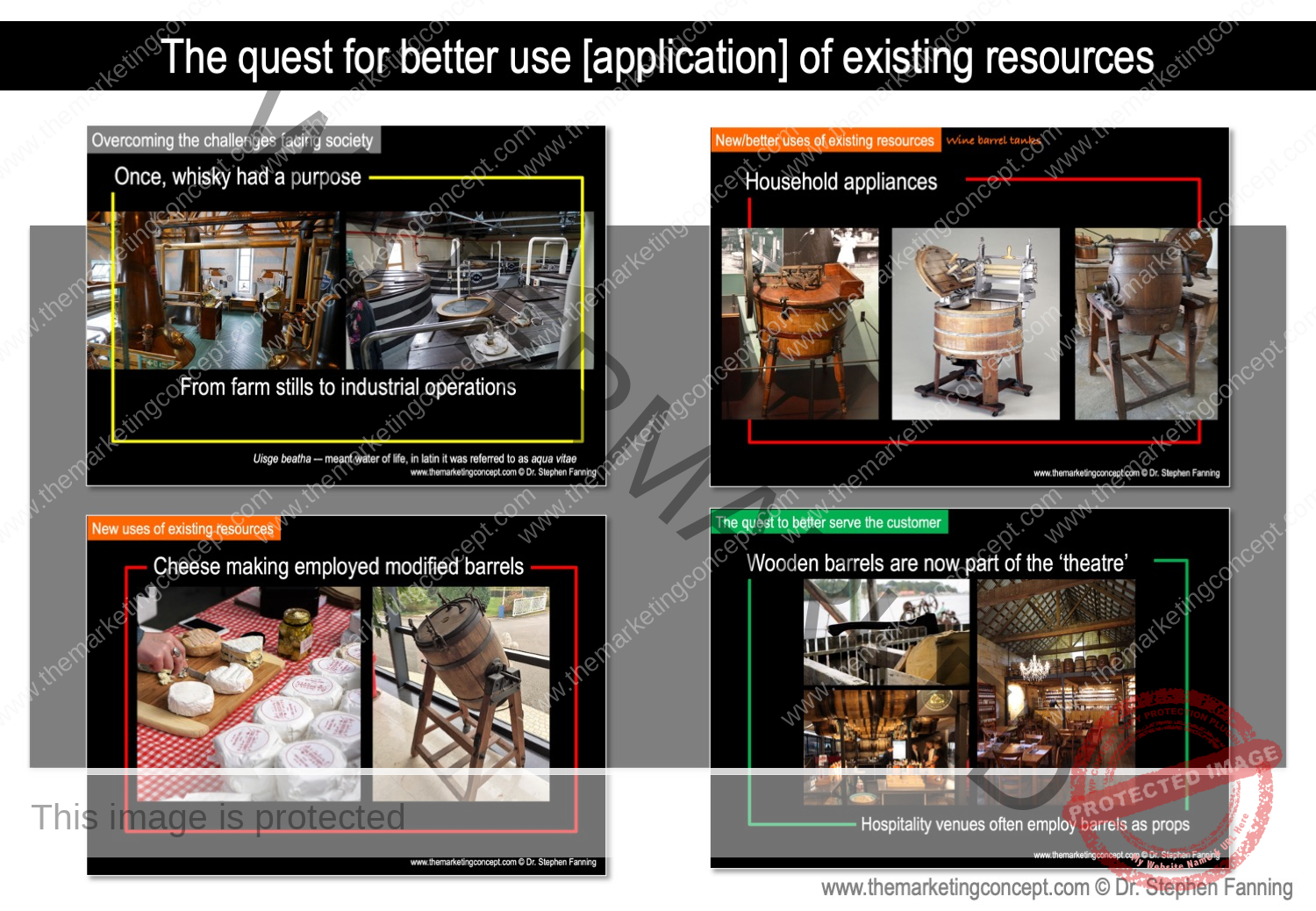
The work of coopers was to keep dry produce dry and wet produce wet. Although we tend to focus on wine and whisky, barrels were made for a variety of produce.
In the era of wooden ships coopers were in high demand, they often worked on wharfs and accompanied voyages to re-assemble barrels for the return voyage.
In this collection we can see large barrels still employed in the whisky industry. We can also see how barrels were modified and employed in the making cheese and butter.
Barrels were also employed in early washing machines – initially with the barrel rotating, later wringers were added. Obviously, this is before the general adoption of electric motors in household appliances.
Today, barrels are often employed within hospitality venues to help create a sense of theatre and as part of the meta-narrative of the product or brand.
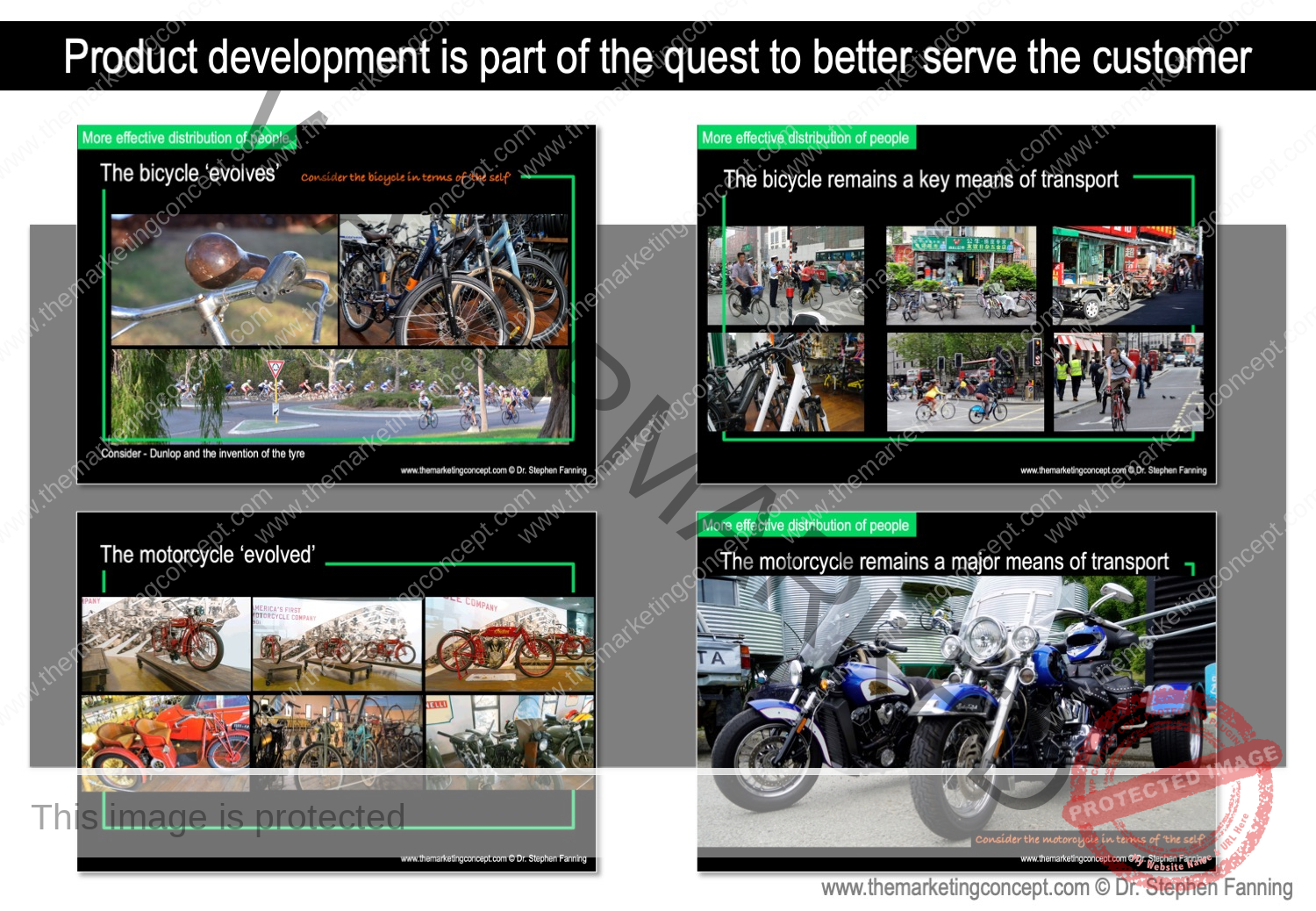
The relationship with the horse spanned 1,000 of years, however, the arrival of the first ‘safety bicycle’ in 1839 was the beginning of the end of the horse. The safety bicycle replaced the ‘penny farthing’ style of bicycles. The penny farthing had one large wheel at the front and one small wheel at the back. The safety bicycle had two wheels of even size and employed a chain and geared system to replace the large wheel small wheel configuration. This enabled riders to reach the ground with their foot when stationary.
By the 1880s the safety bicycle was in mass production and took advantage of the advances in steel and the casting and machining of steel parts.
The bicycle was particularly popular with people living in cities as it could be stored safely and more conveniently than a horse, plus there was little maintenance.
In the collection above we can see how bicycles have continued to be an important means of transport for many and for some a lifestyle choice. The evolution of the bicycle bifurcated with one stream evolving into the motorcycle. In the collection above we can see some of the steps in the development and also see some luxury brands of motorcycles.
In time advances in wheels, tyres, gears, electrics found their way into the motor car. This evolution is outlined in greater detail in the exemplar ‘Indian Motorcycles’
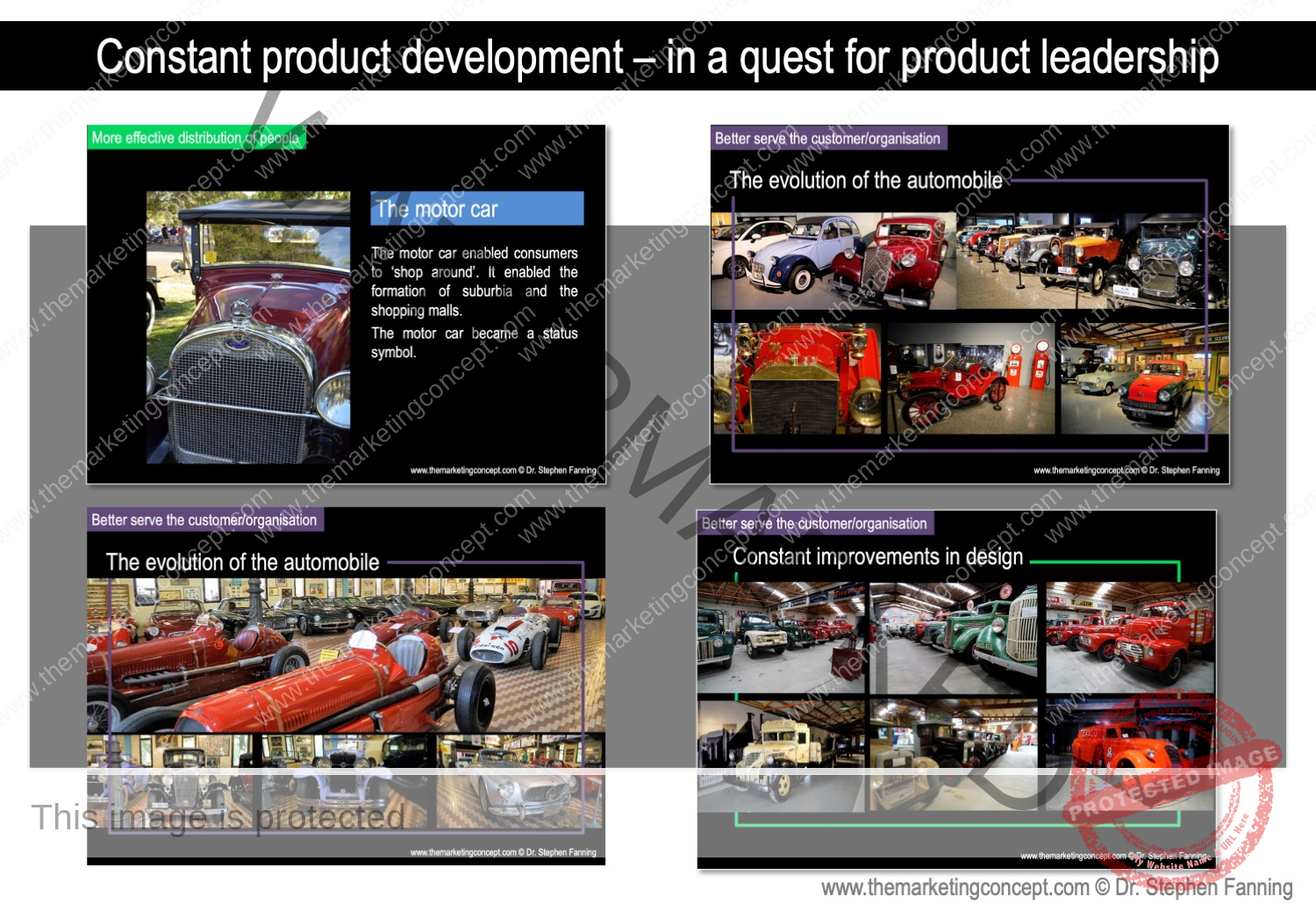
The quest to better satisfy + adopt the innovations in one product and apply them to another led to the development of the motor car. We can see how innovations by bicycle and motorcycle manufacturers were reapplied and began a process of the evolution of the automobile.
Each year automobile manufacturers would audit their customers, their organisational capabilities, the market, and the products and go through a process of constant product development. To many countries the automobile industry is part of national pride; there is a hierarchy, which is challenged from time to time. There are also mergers of brands and collaborations to seek economies of scale. Out of sight from the customers are the global original equipment manufacturers [OEM] who supply parts across manufacturers.
When we look through a car museum or attend a vintage car rally, we can see how some manufacturers have been consistent with their branding over the decades, for example the Ford logo. How many once successful brands have simply disappeared when they now longer had product leadership within their selected market segment, and we can see how features once found in luxury brands are adopted and trickle down to other brands.
We can also see how this constant product development has also applied to commercial products and how innovations in automobiles are applied in commercial vehicles.
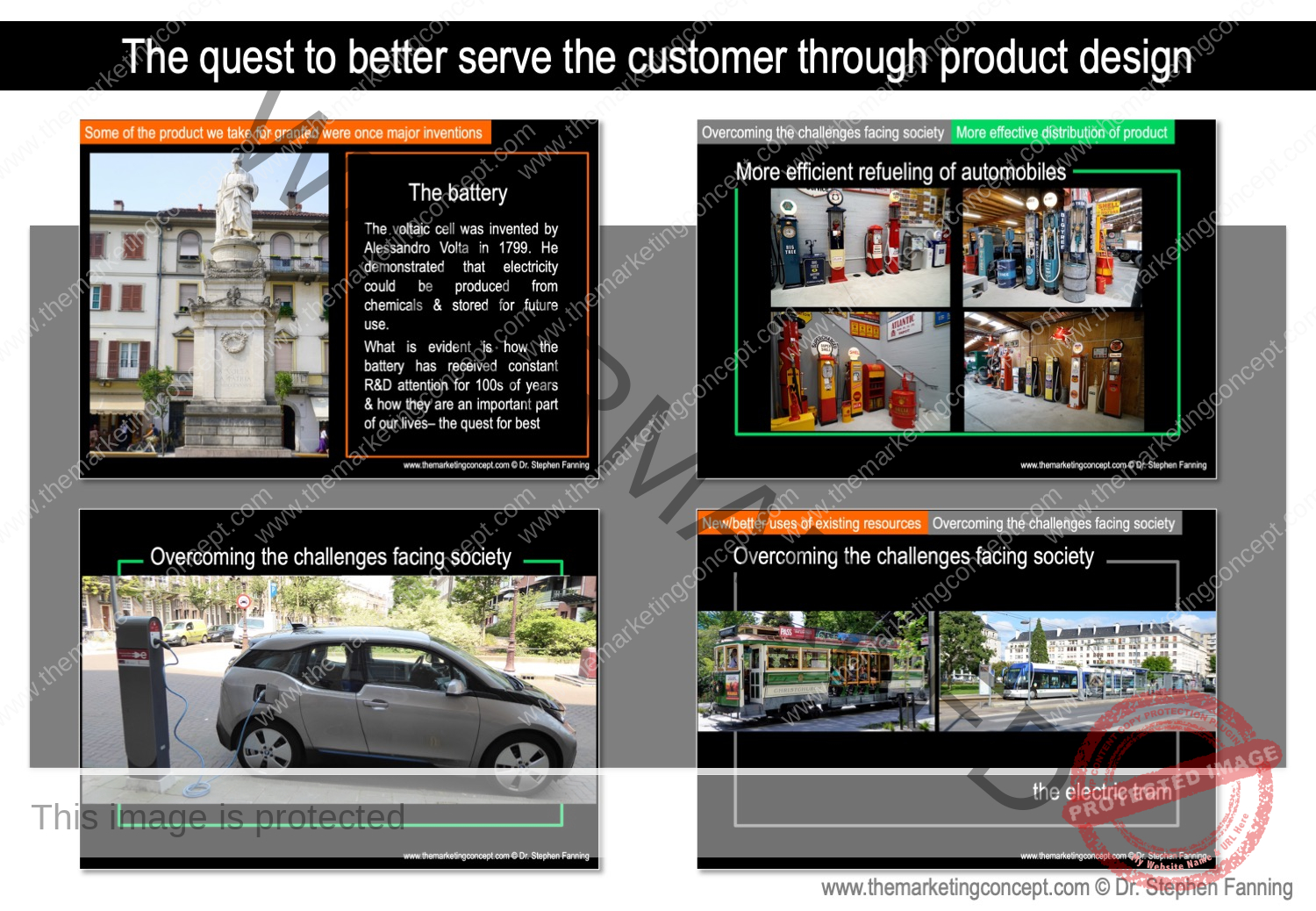
In the northern Italian city of Como is a statue of one of their favourite sons, Alessandro Volta, each day thousands of people walk past this statue and probably only a few would consider how Volta’s invention has changed the world. Equally it would have been impossible for Volta, 1799, to imagine the way his invention would influence society.
Consider for a moment, the products you own that have batteries to enable them to function. Also consider how battery life is often the determinant product quality when selecting a product.
In this collection we can also see the evolution of the petrol bowser and how initially it was hardly convenient and how over time it became more ‘user friendly’. We are beginning to witness the adoption of the electric car with more efficiency and the ability to travel further between charging. And just as the petrol bowser evolved it is likely we will see advances in the electric charging stations.
In the above collection we can see how electric trams once criss-crossed many cities and how today in an effort to meet the challenges for better air quality electric trams are having a rejuvenation. Interestingly, the motor car was initially promoted as been a safer alternative to horse drawn carriages as horse manure carried disease and this disease was then introduced to homes on the soles of the feet of family members.
the evolution of retailing
The evolution of marketing is the quest for best. If we consider the 4 recurring patterns we can see that retailing has evolved from a relatively informal process to often quite a sophisticated process. Not only have we seen the adoption of technologies to create a better retail experience we have seen the adoption of technologies to increase the effectiveness and efficiency of marketing practice.

The birth of the consumer society
As part of the industrial revolution people moved from the farms to the cities, products that had previously been self-produced, needed to be purchased from a merchant. Factory workers were now focused on gaining a return from their labour not producing what they needed. For example, whereas peasant farmers produced soap from animal fat, ash from the fire and perfume extracted from plants; factory workers now purchased from soap merchants. However, factory workers were now free to choose which soap he/she preferred and which soap represented the best value.
Furthermore, time took on a new meaning, people began to calculate the amount of time required to earn the money equal to the purchase price of a product; therefore, time became a component of value. The home of the peasant family was a place of production, storage and for sheltering family and animals; however, the home of the factory worker became a place of consumption, rest, and leisure.
The economic migration from farm to factory, the ability to spend money, and a general increase in prosperity brought about other important changes. For example, production began to have less influence over consumption and consumption began to have more influence over production. With the increase in prosperity, consumers began to demonstrate their wealth/status; this generated new products and choice. With choice, the route to mass consumption had begun. The obvious demonstration of the wealth/status of the middle and upper class through luxury products is often referred to as conspicuous consumption.
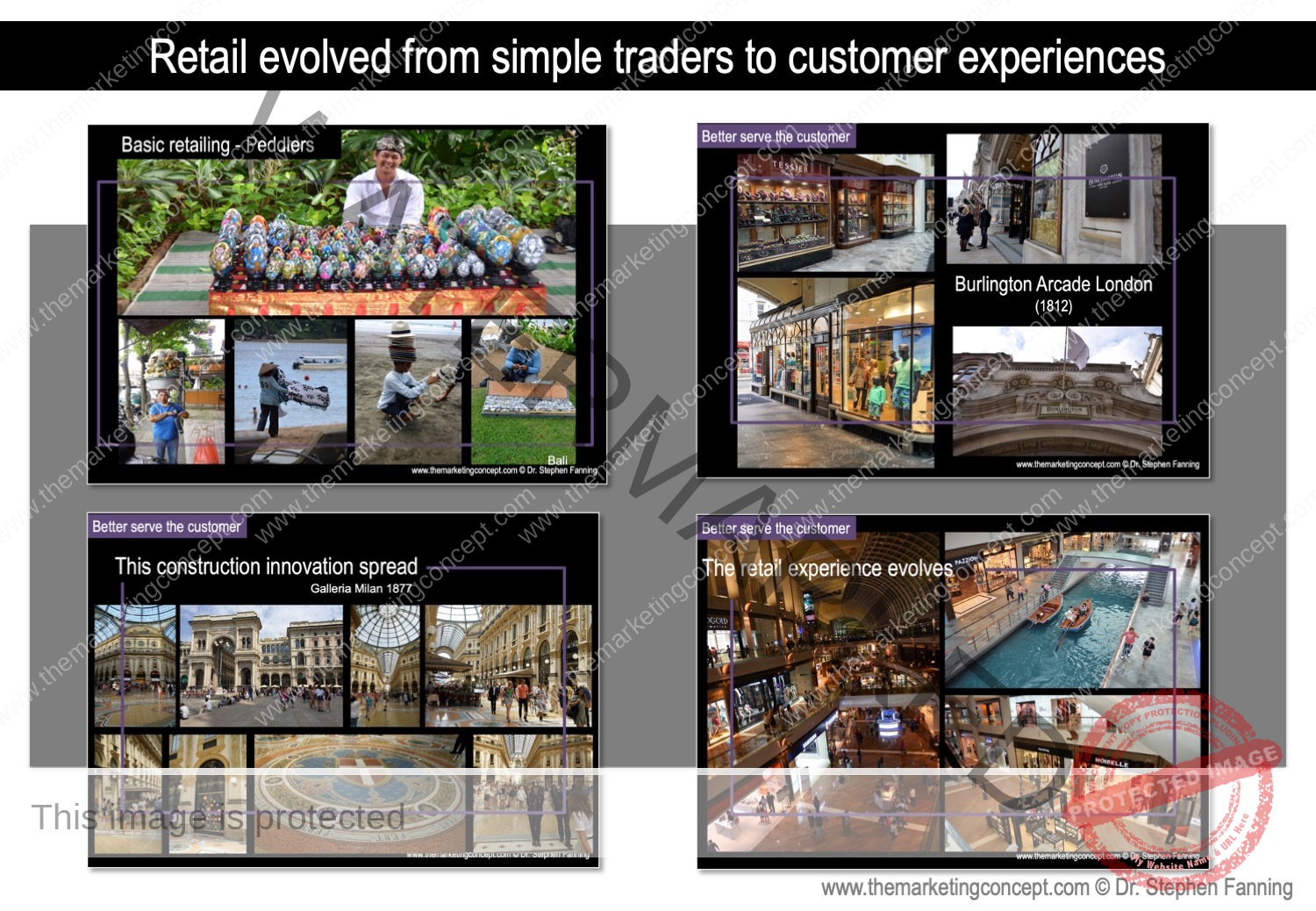
In the above collection we see some ‘peddlers’ on the Indonesian island of Bali. I enjoy watching them for a number of reasons. One of the key reasons is how much effort they put into their ‘selling’ and how they work hard and value their time. Another reason is that I like to observe tourists who bargain hard over what is essentially very little to them but a great deal to the peddlers when I get the opportunity, I ask them would they behave the same way if they were in a luxury watch shop rather than a copy watch seller on the beach. Often, they would not, and I feel that we behave according to how much power we feel we have.
Although there were arcades in Ancient Rome and covered walkways in many Roman cities [e.g., Bologna], the Burlington Arcade in London, the Bn Marche in Paris and the Galleria in Milan are great example of the birth in modern retailing.
In London in the 19th century a number of arcades soon followed the Burlington arcade to provide better upstairs accommodation for the merchants and a better retail experience for shoppers.
Interestingly, the arcades employed security guards who in time became the London Police. Today, the arcades occupy some of the prime real estate in and are the flagship stores for a number of brands. When talking about retailing the arcades and shops of Singapore offer a range of shopping experiences from convenience to extraordinary shopping experiences.
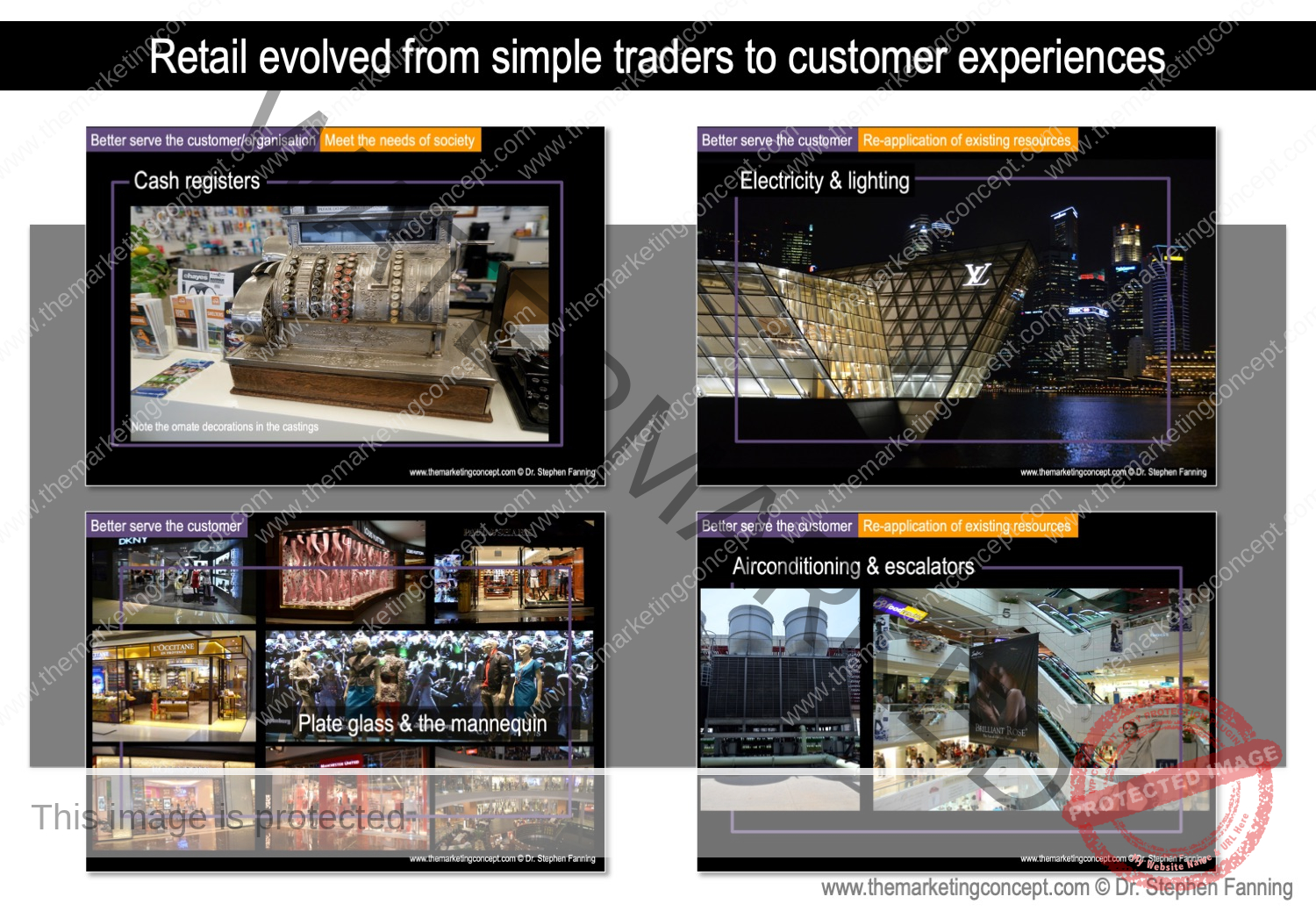
The evolution of retailing has many notable events. Some such as the cash register recorded exchanges and provided proof of purchase. In some countries customers were checked for cash register receipts to ensure that shopkeepers were recording transactions correctly for tax purposes.
The history of modern retailing has many notable events. For example, electricity to homes and electric motors produced many new household appliances. Electric lighting in retail spaces replaced the need for natural light, this allowed for better use of floor space, for longer shopping hours, and for better illumination of products.
The invention of plate glass enabled large one-piece shop windows. Window displays are an important form of marketing communication [promotional tactic] for many retailers. Window shopping is a popular pastime and part of the buyer decision process – particularly in the lead up to Christmas. Window displays provide a glimpse of the products on offer, and an opportunity for product positioning and branding. Many online retail organisations use the web-site home-pages as a substitute window display.
Customer convenience and comfort are important qualities are pre-purchase determinant qualities and then evaluated post purchase – they become part of customer satisfaction and repeat purchasing behaviour. Therefore, retailers face an ongoing constant challenge of maintaining a best satisfying customer experience.


Established industrial countries often state that emerging countries are copying their ideas. It may seem as this is a new phenomenon, however, there are those who argue that it is a recurring theme of business.
In 18th Century Britain, there was a rising middle class. Consistent with consumer behaviour theory the middle class coveted the status symbols of those they aspired to be like.
They travelled to Europe, sought out the architecture and art and returned to Britain as members of an exclusive class of people. They employed their new connections and knowledge, and some suggest that this contributed to the innovations of the industrial revolution.
Today many young people follow in this tradition and undertake the modern version of the Grand Tour – the Contiki Tour.
In this activity we explore the evolution of marketing and society; our objective is to learn from the past, identify the historical patterns, and be able to recognise how this knowledge can assist marketing practitioners to design and develop best satisfying products in the future.

